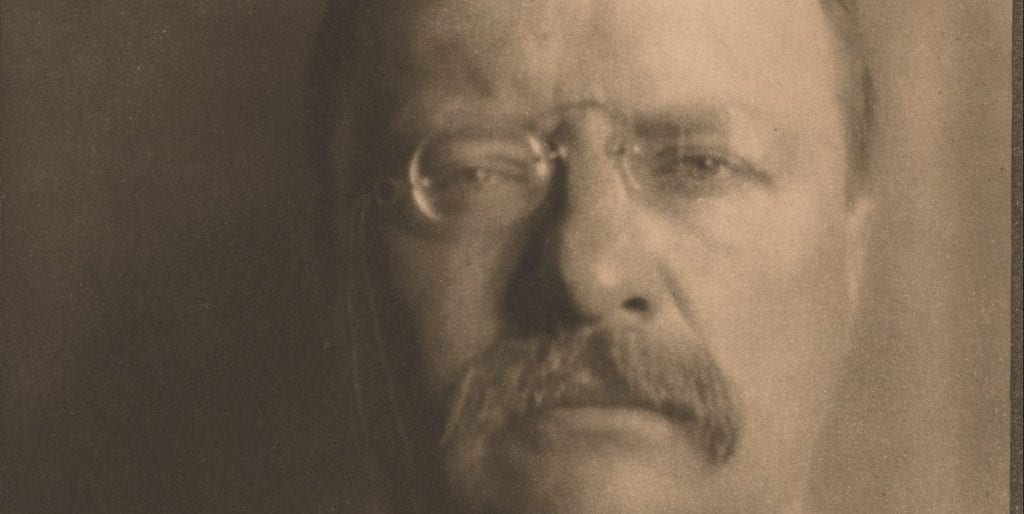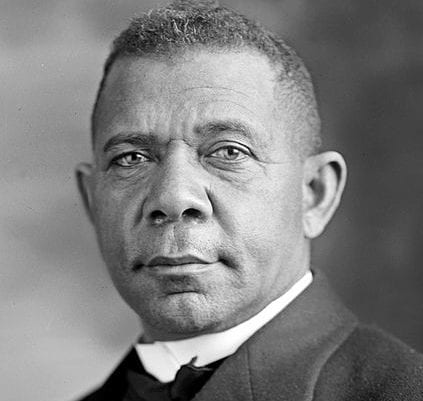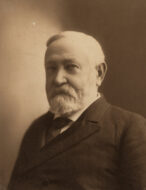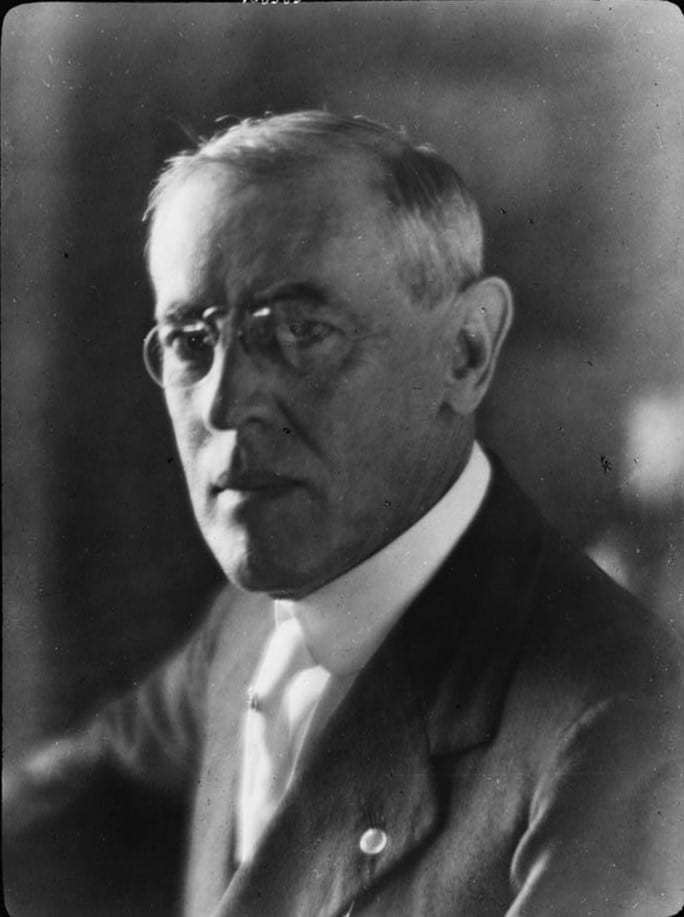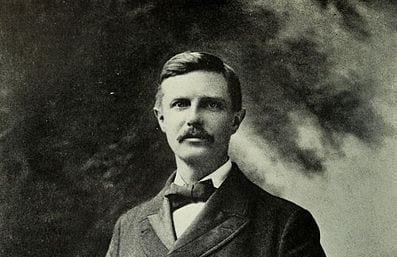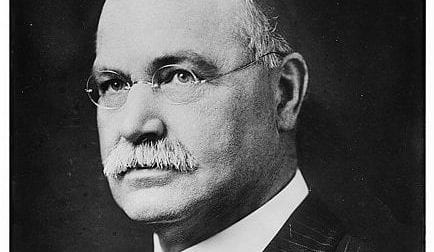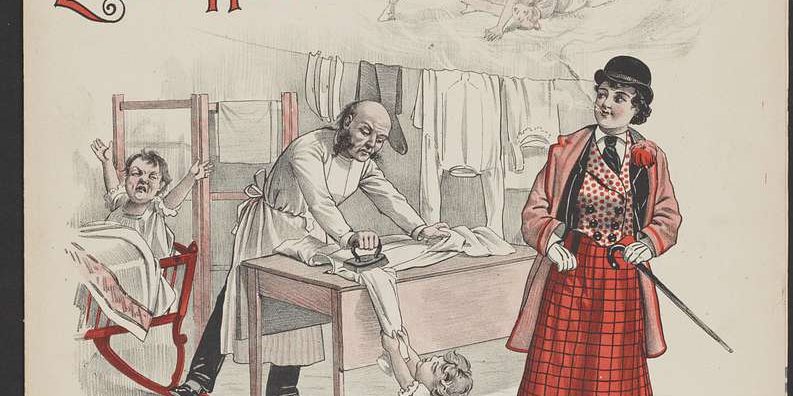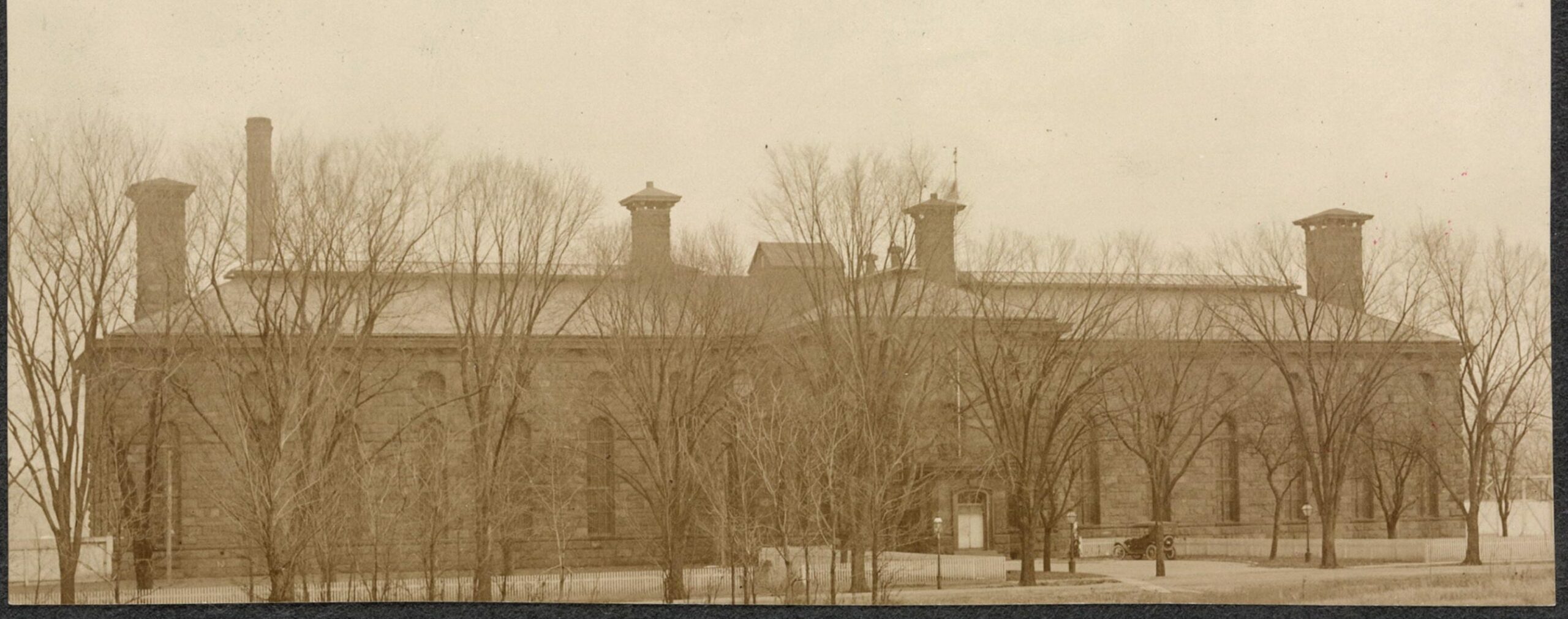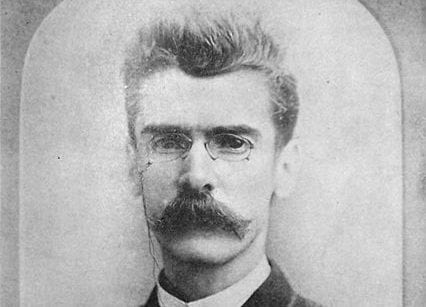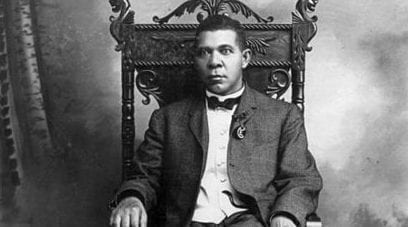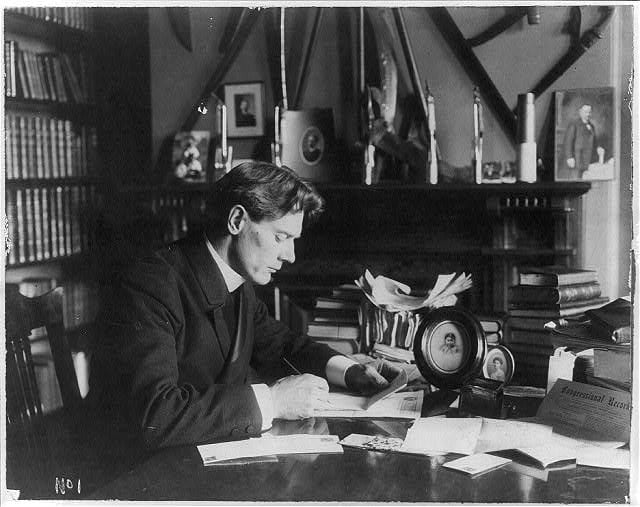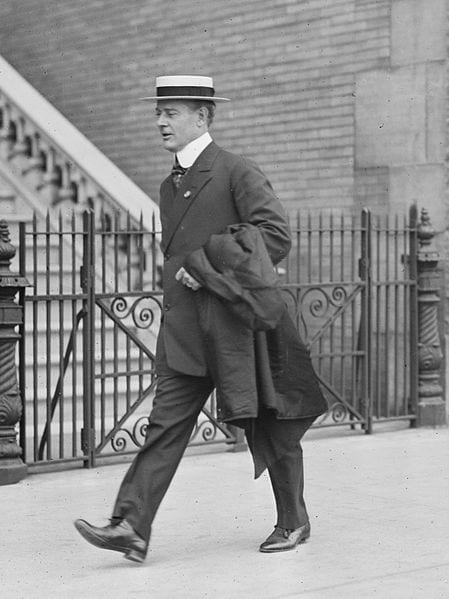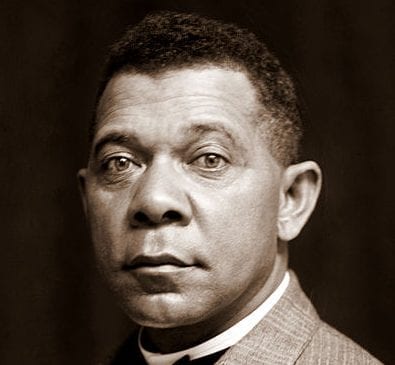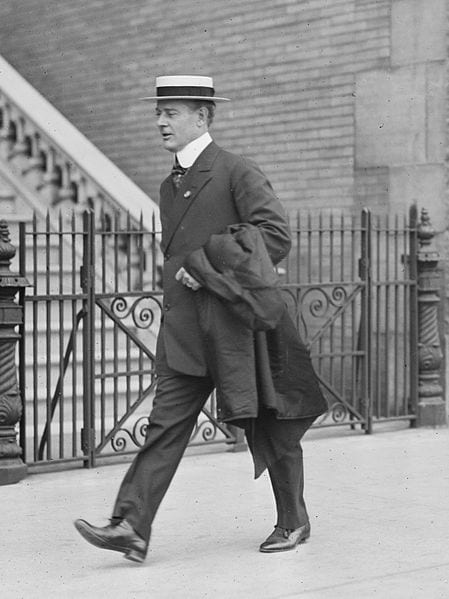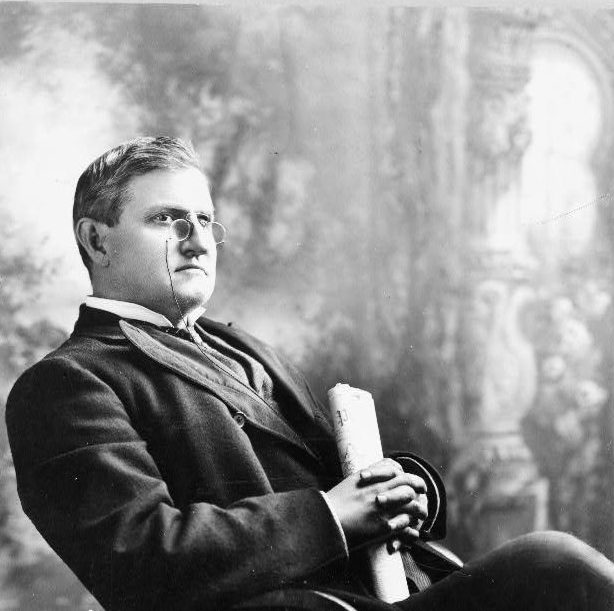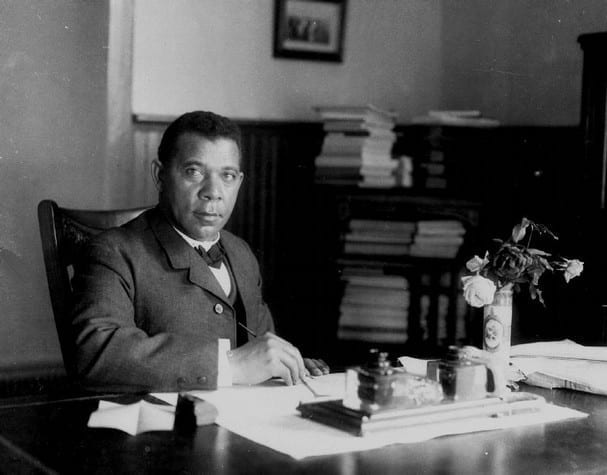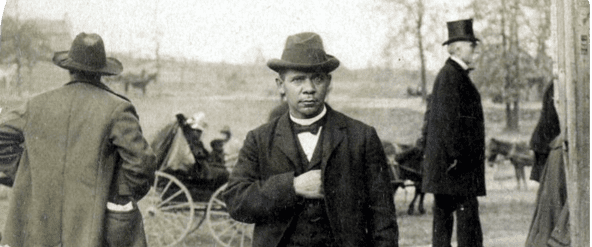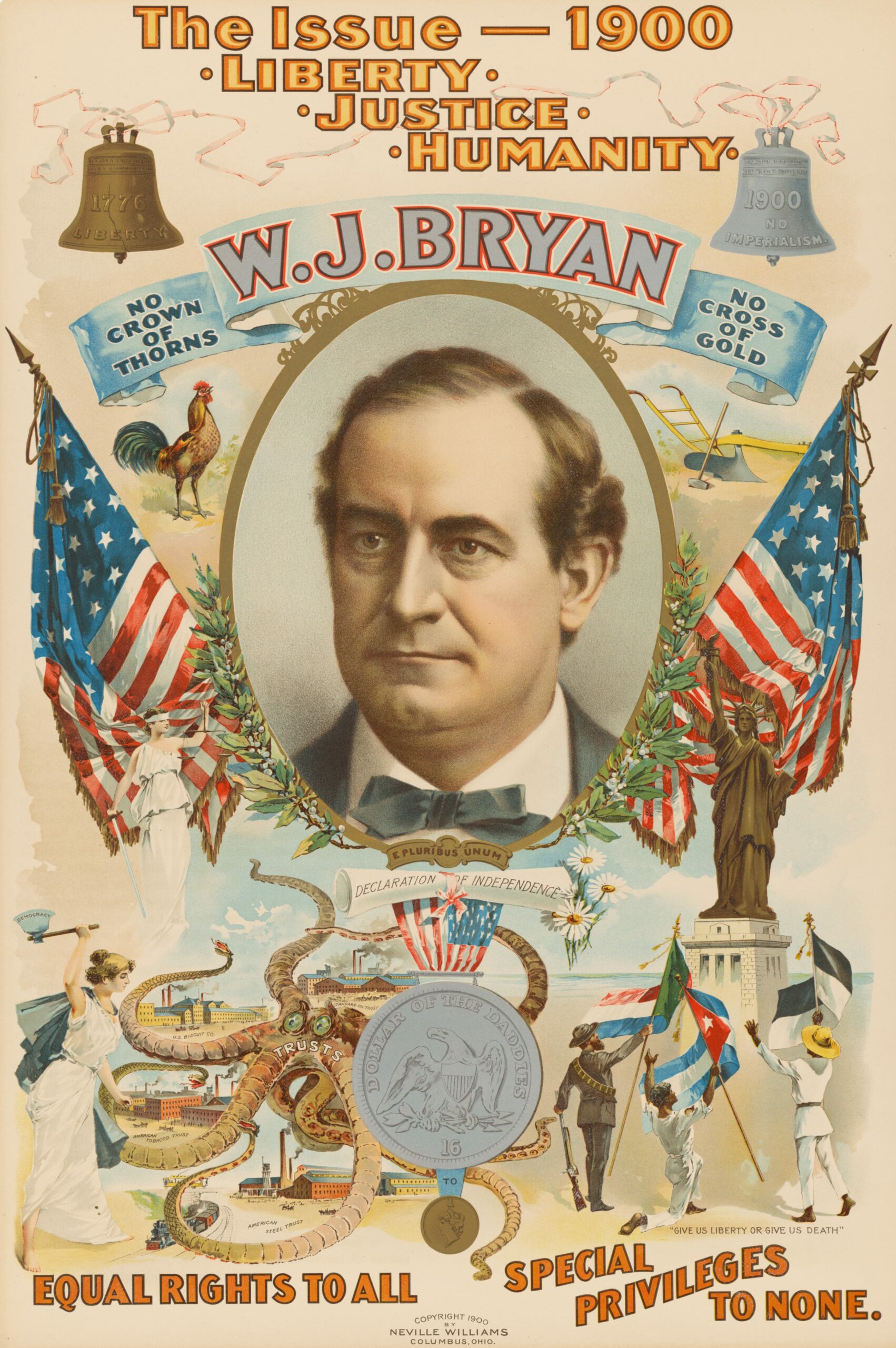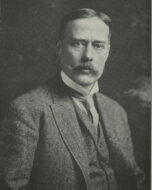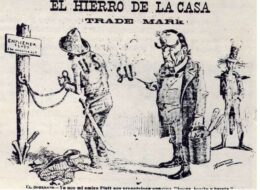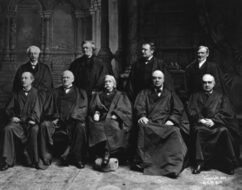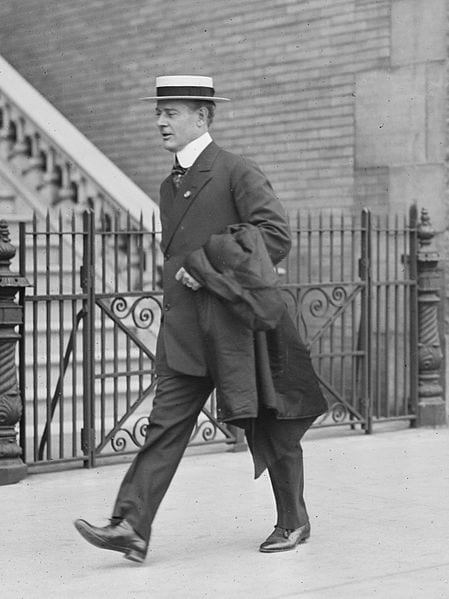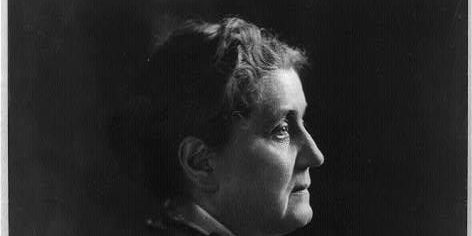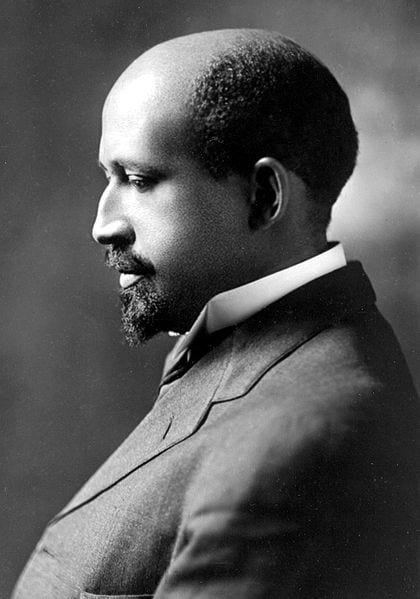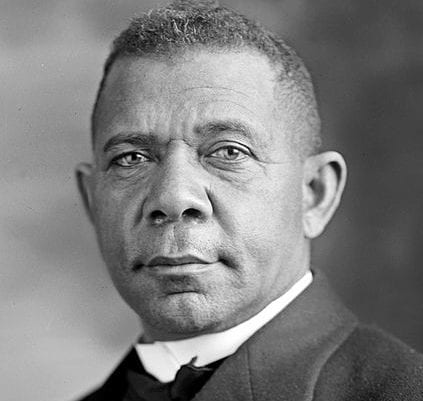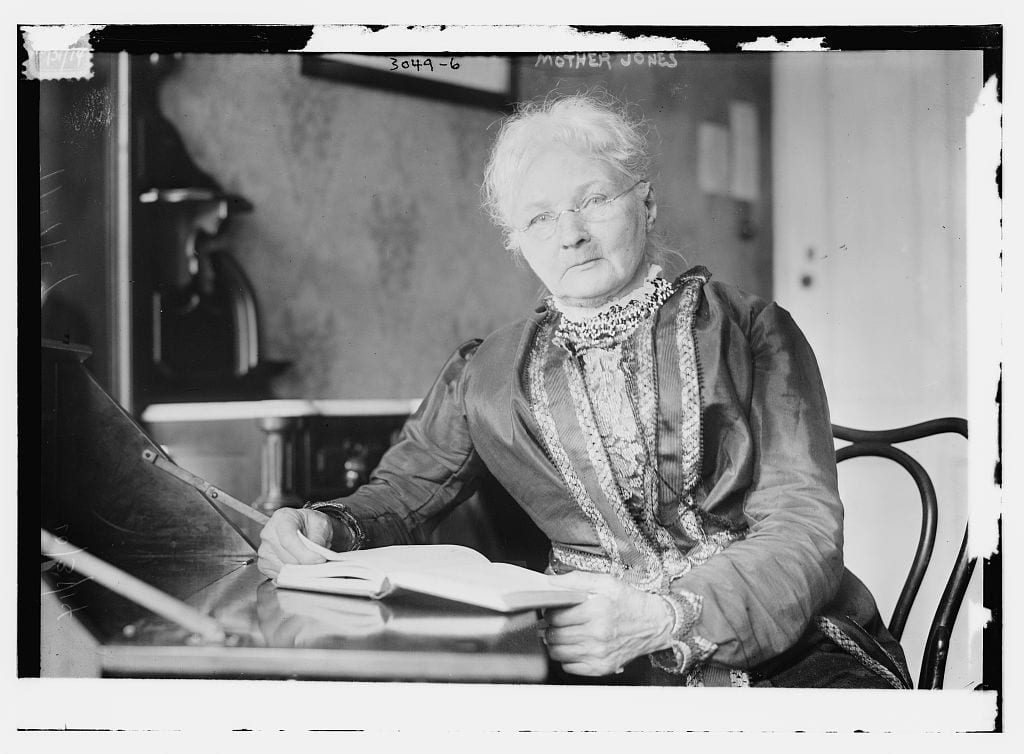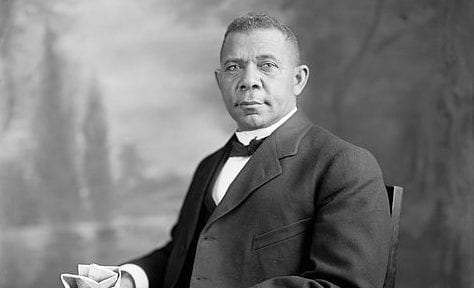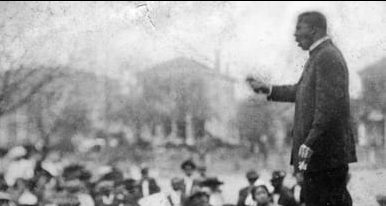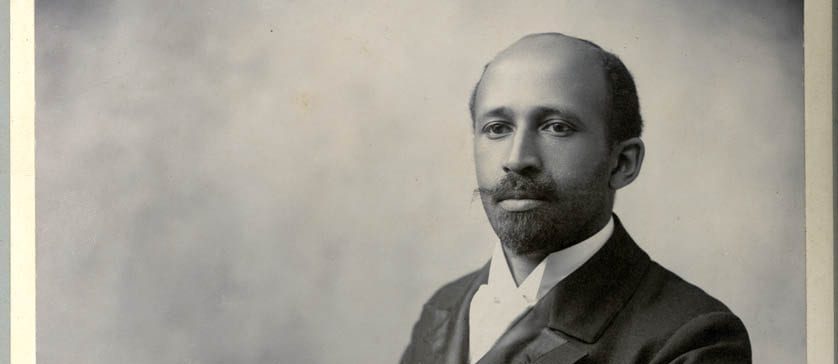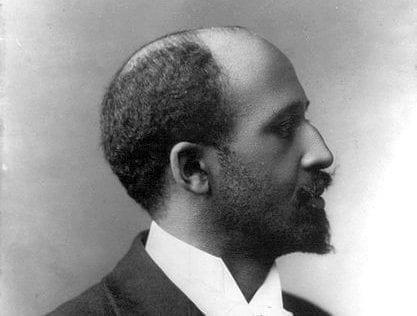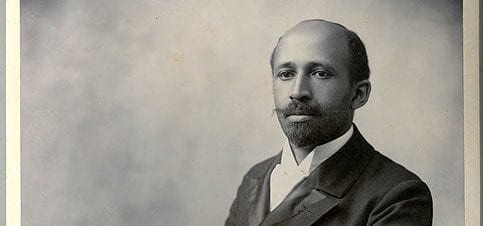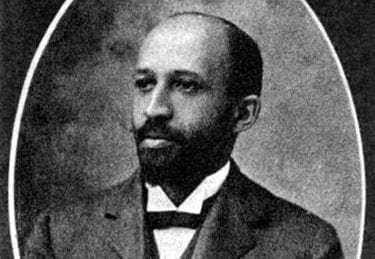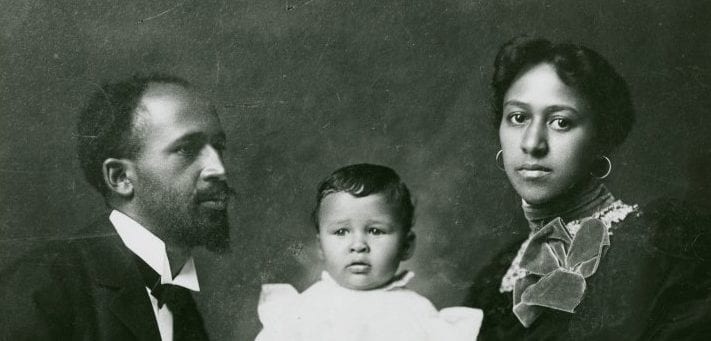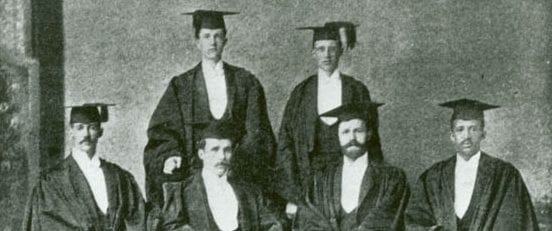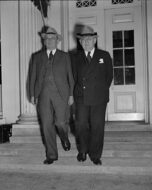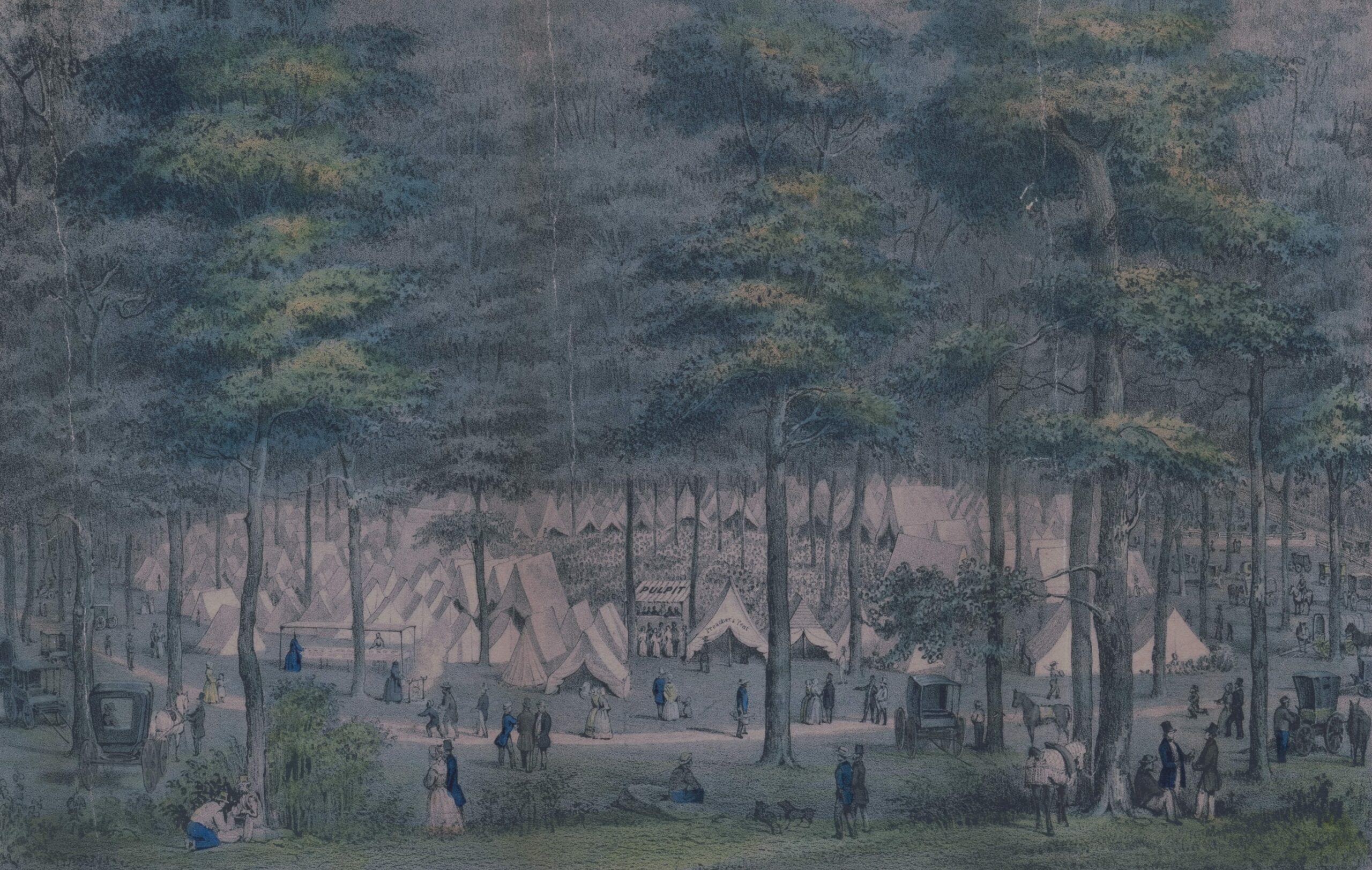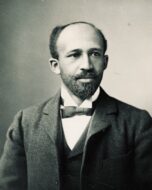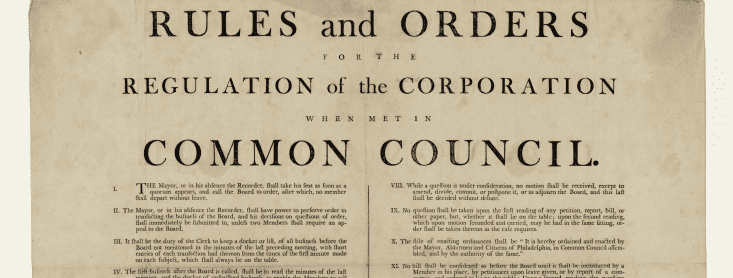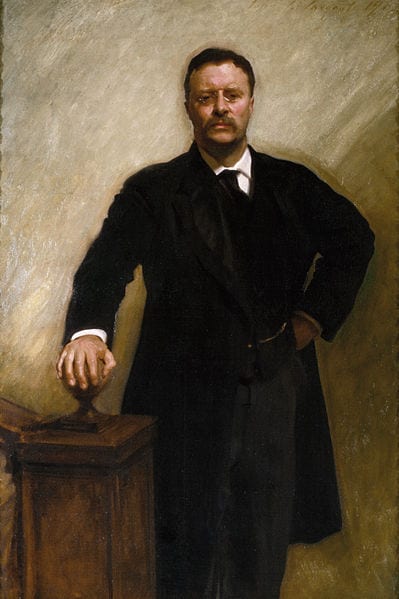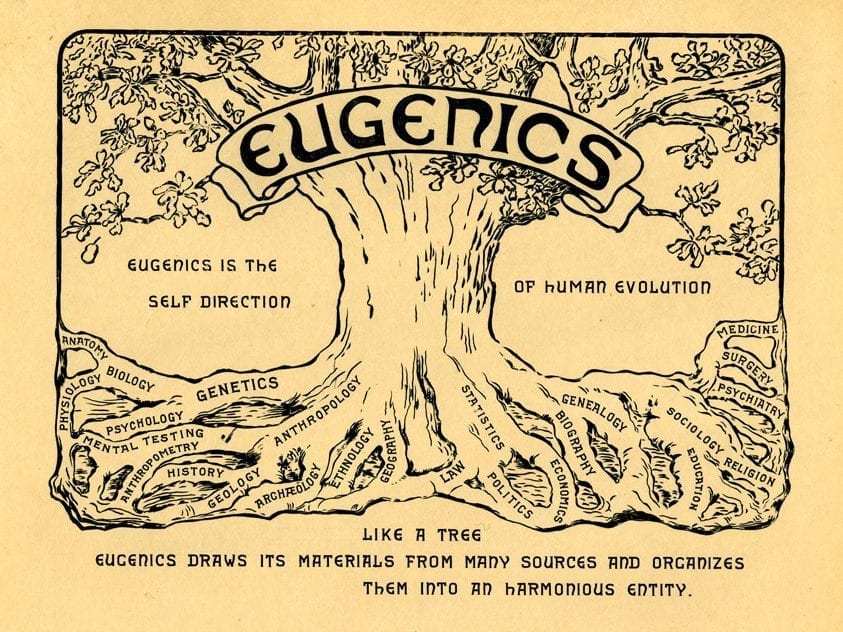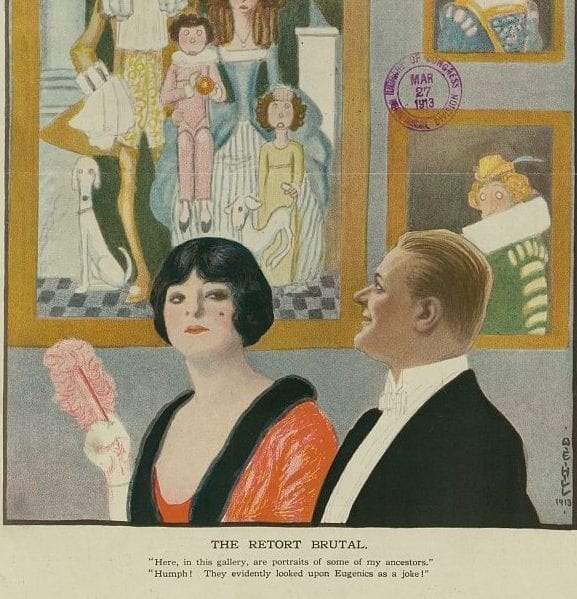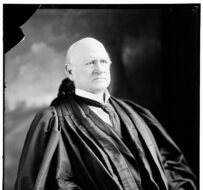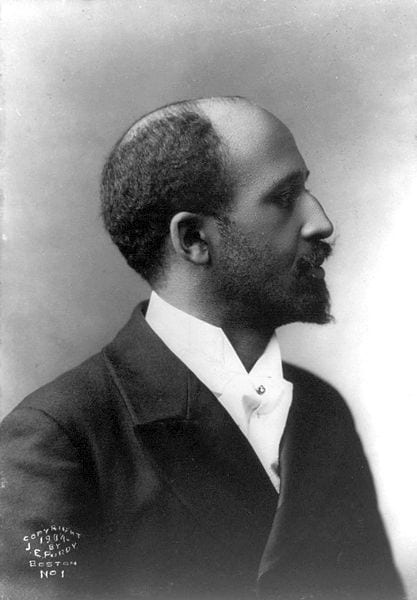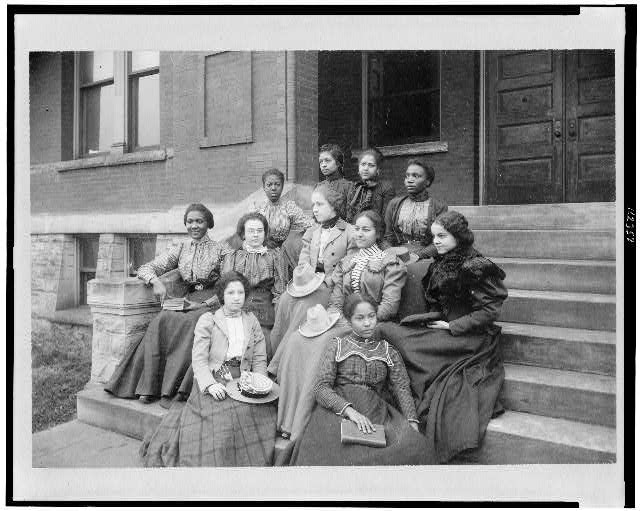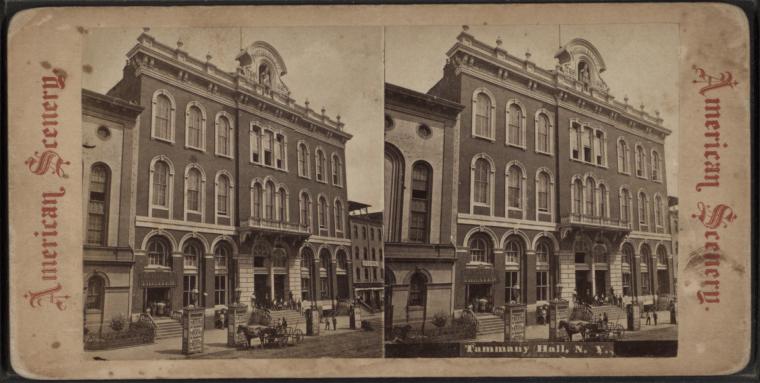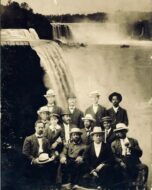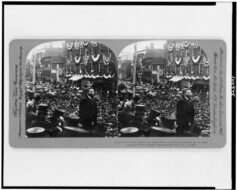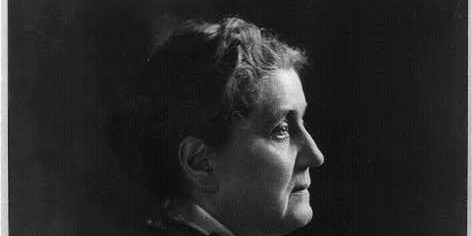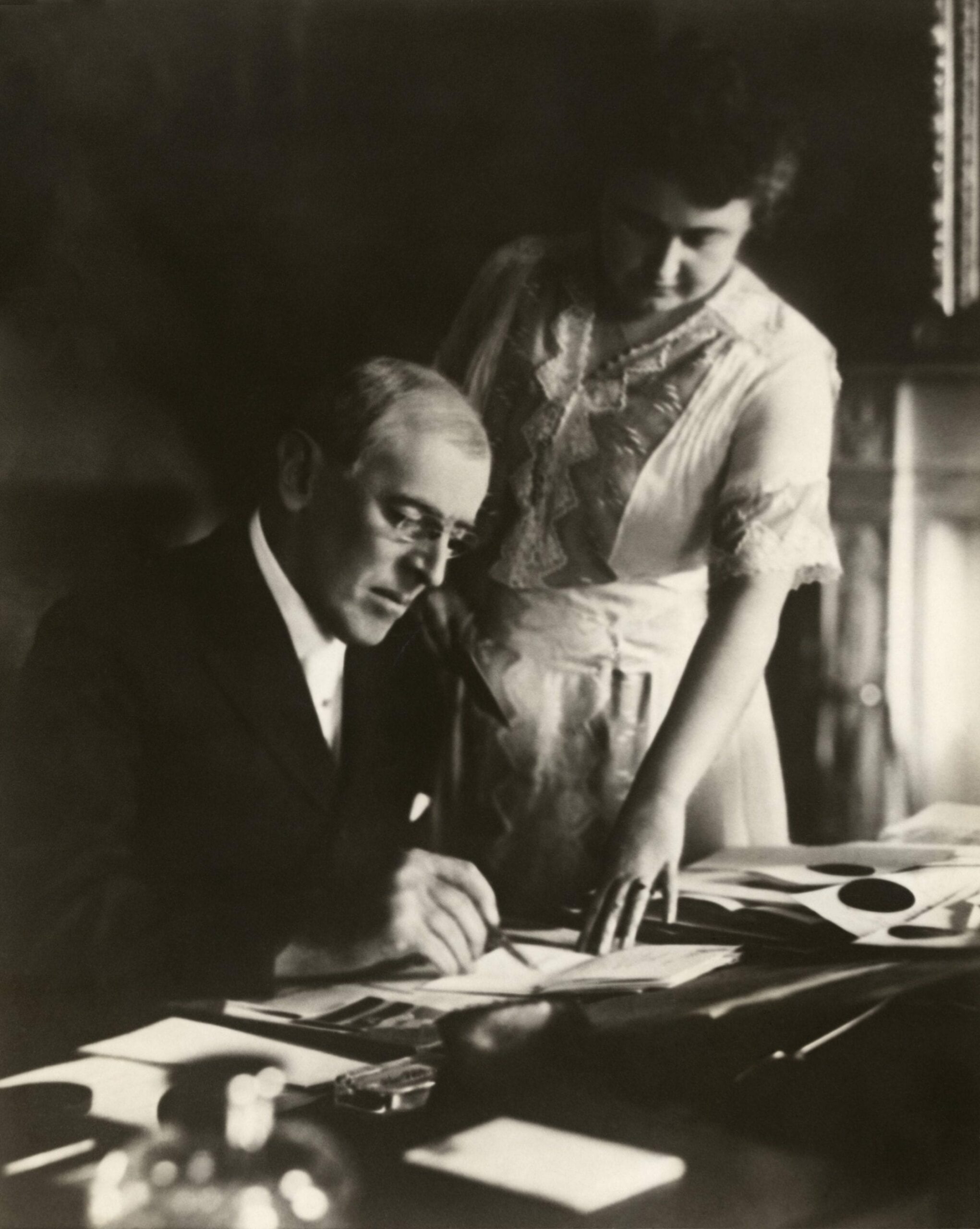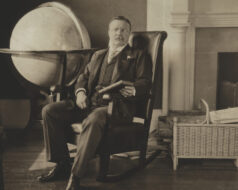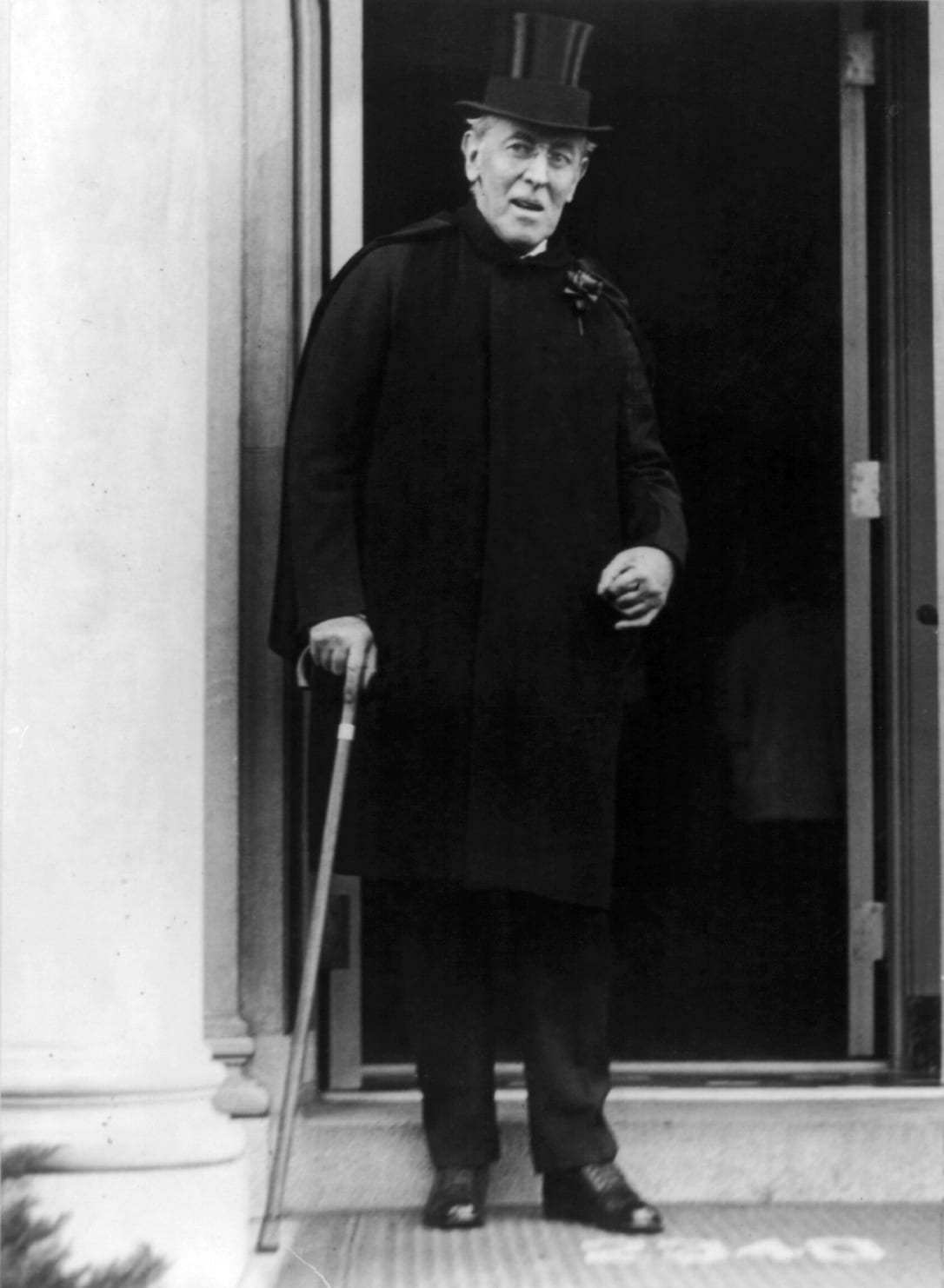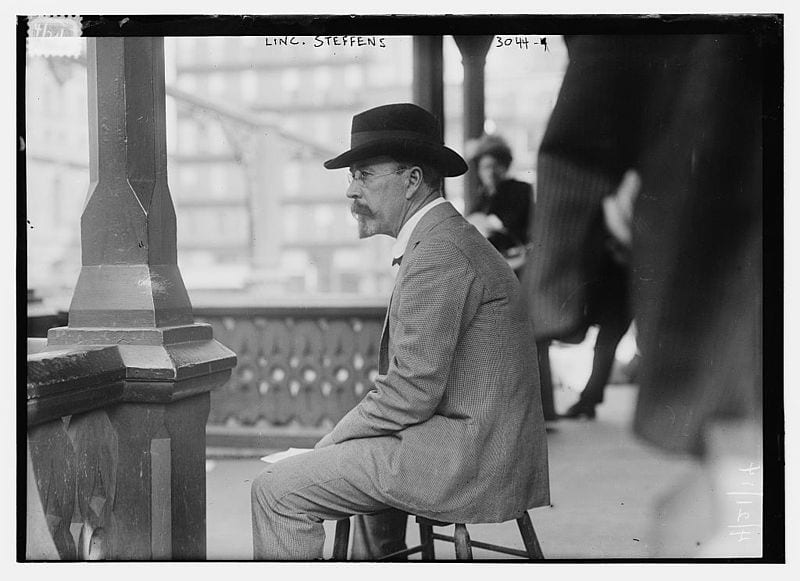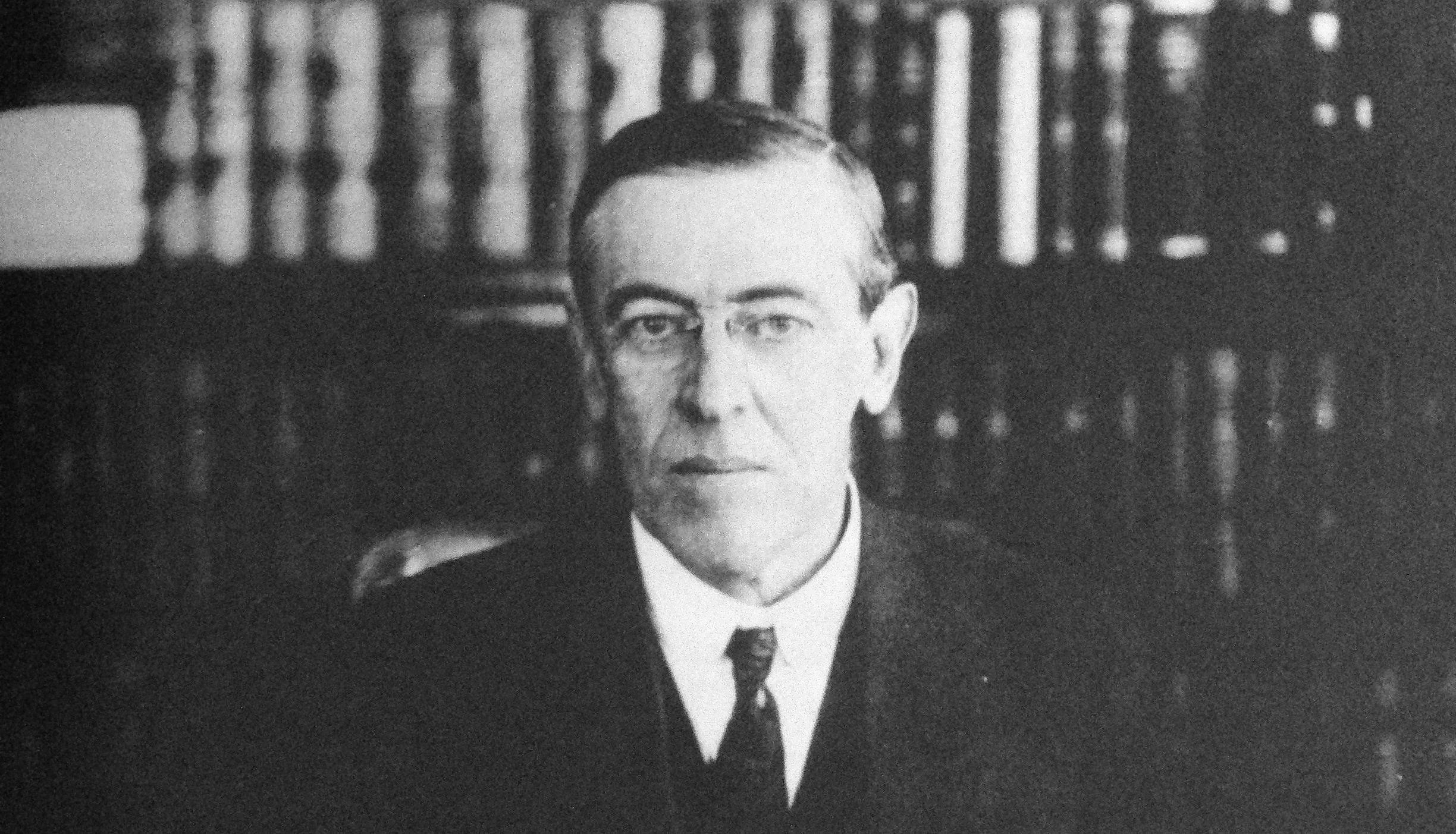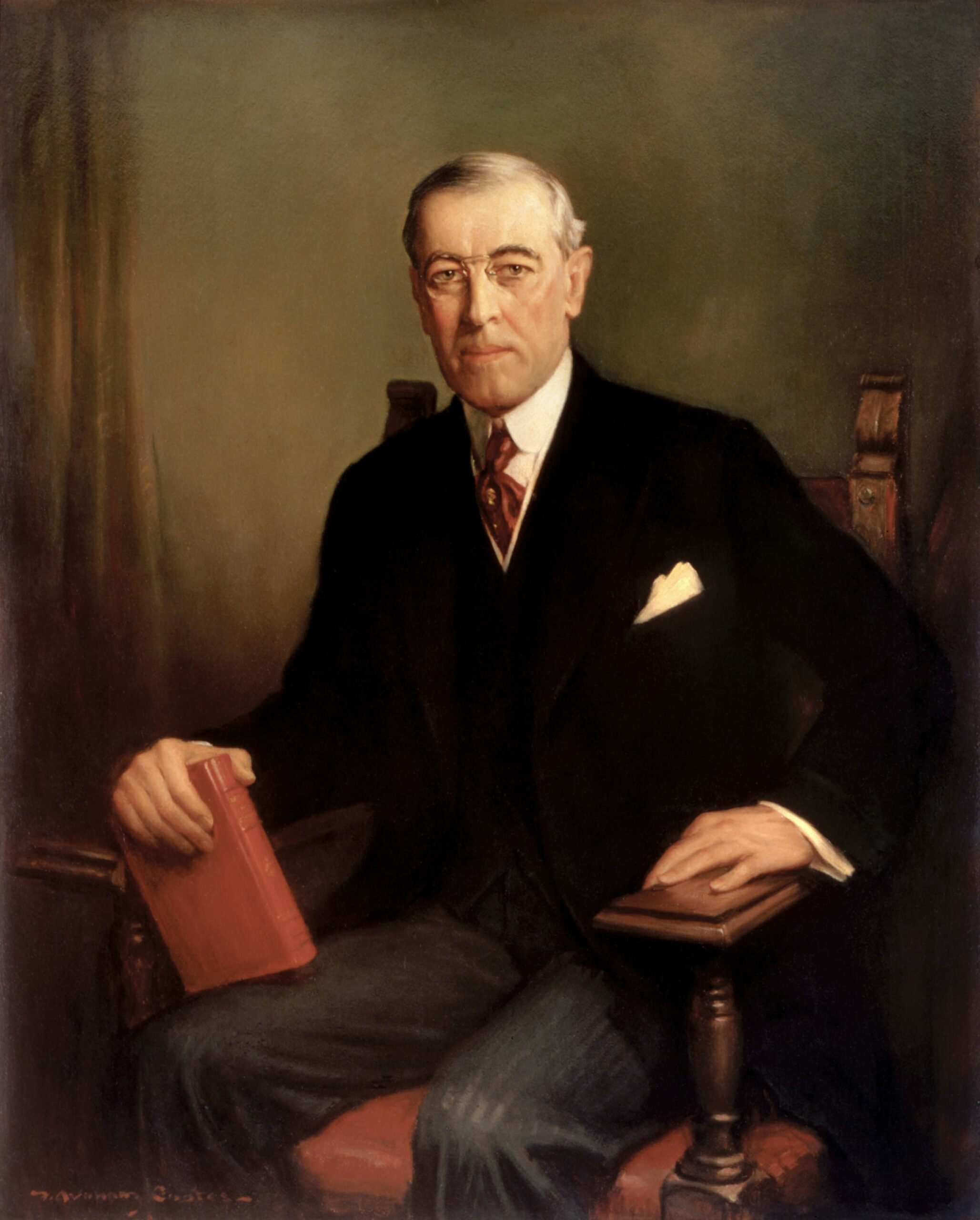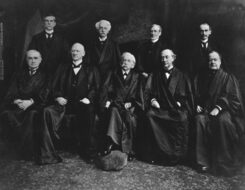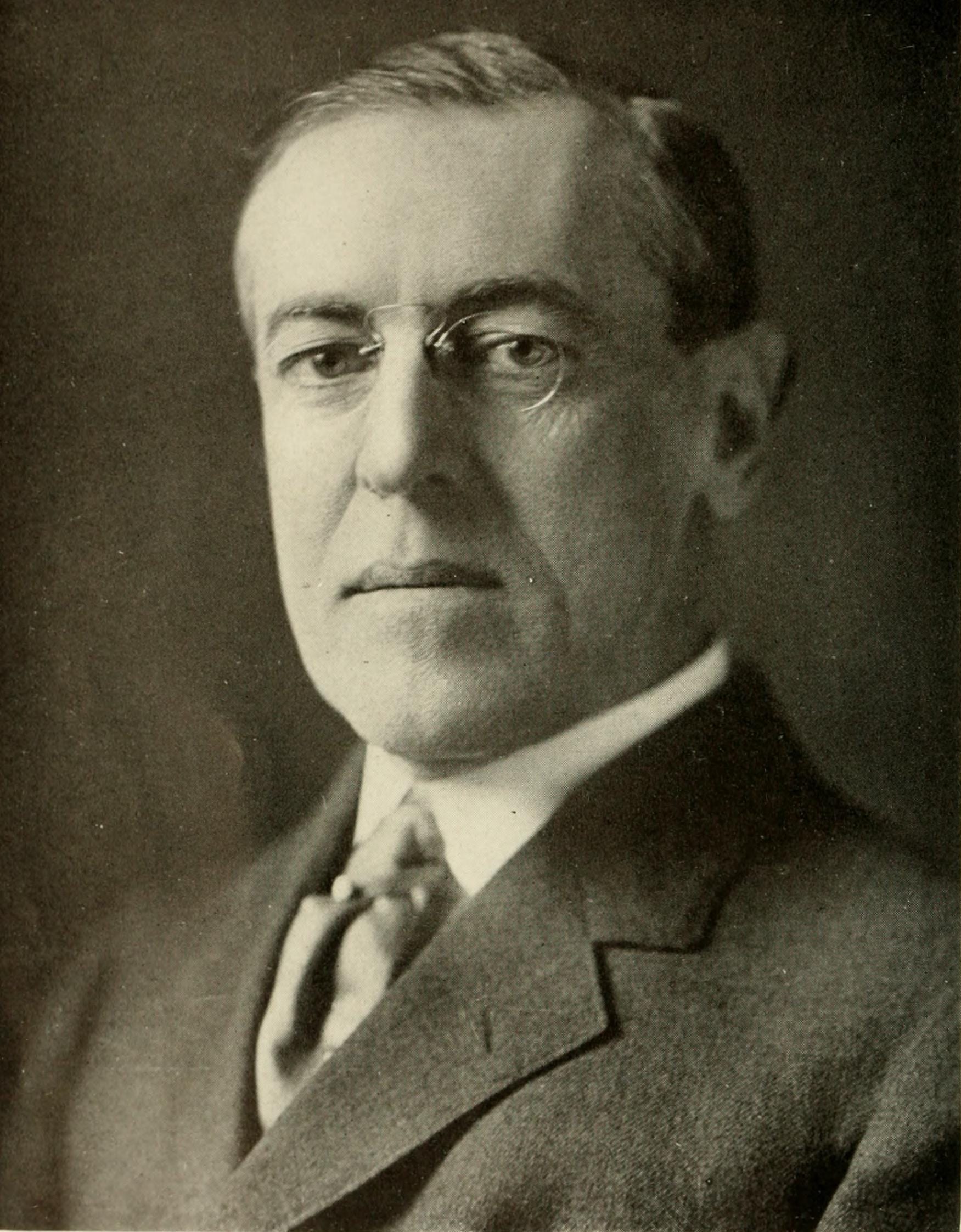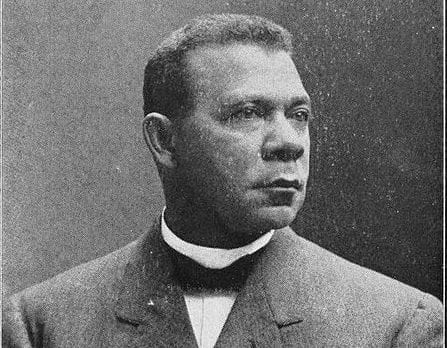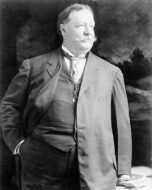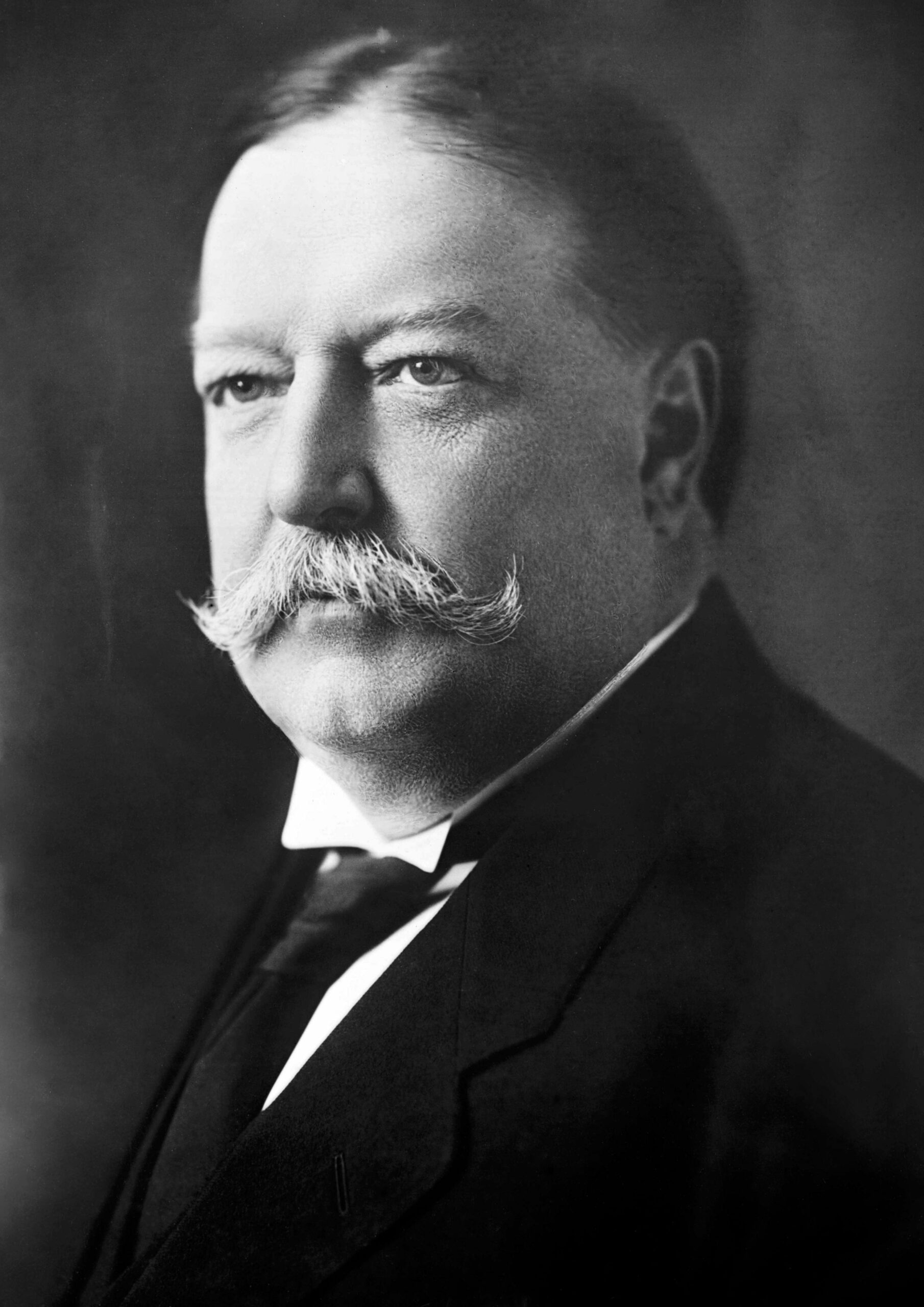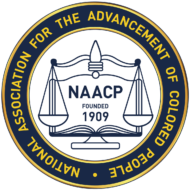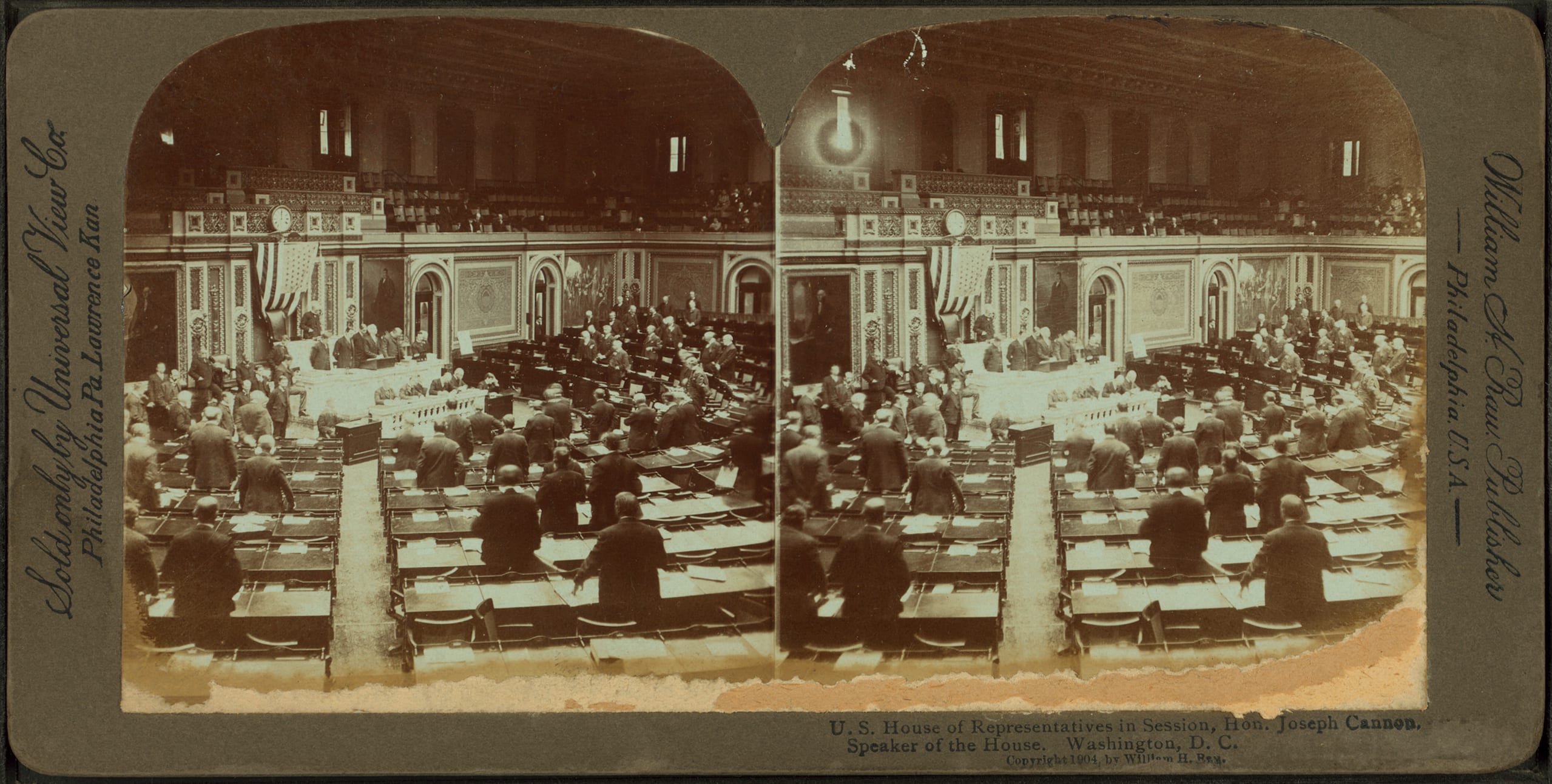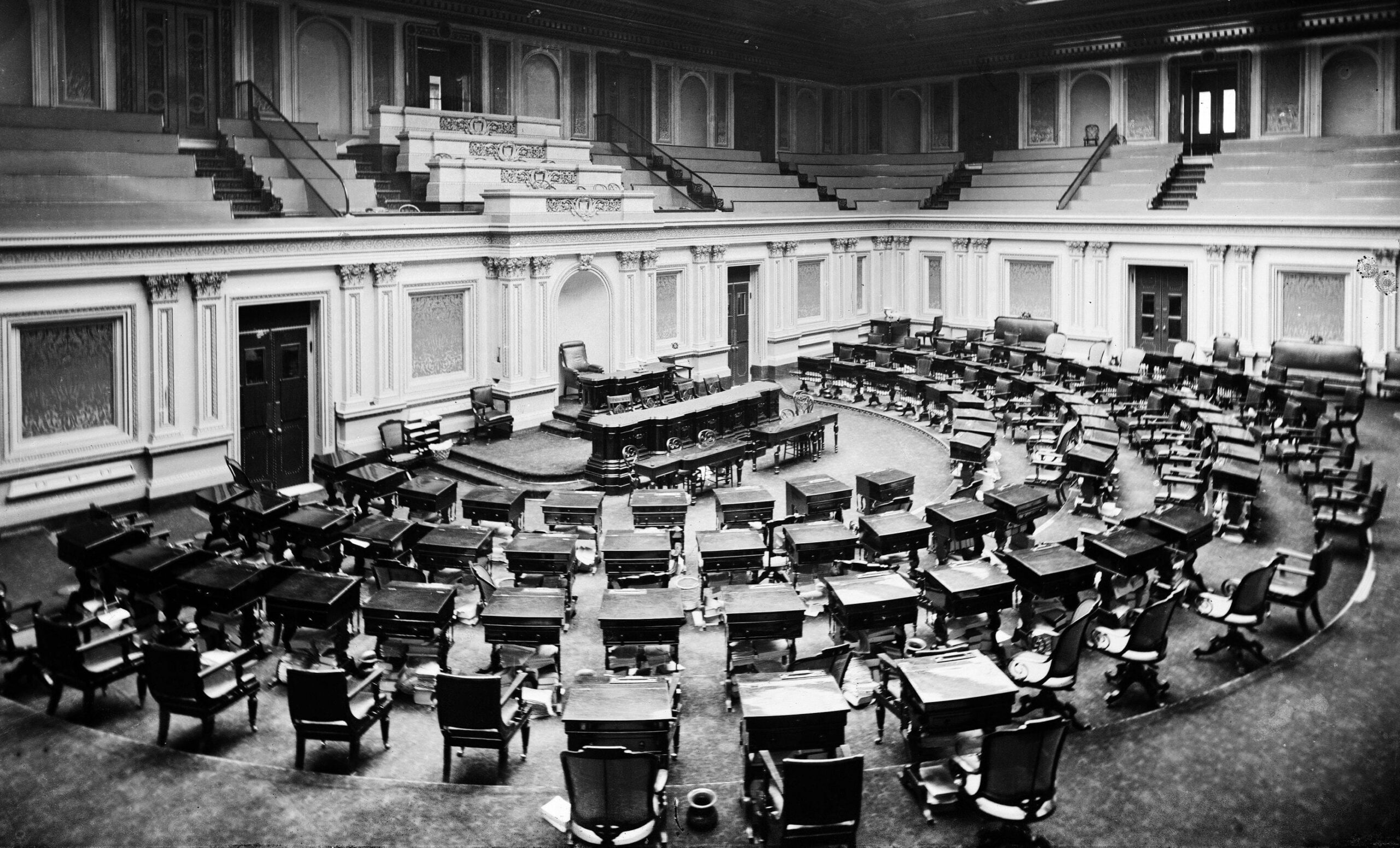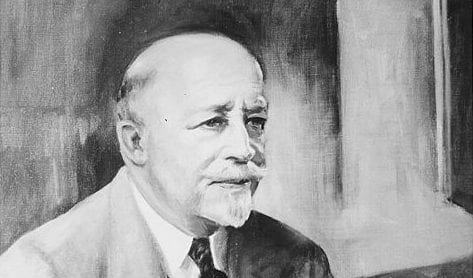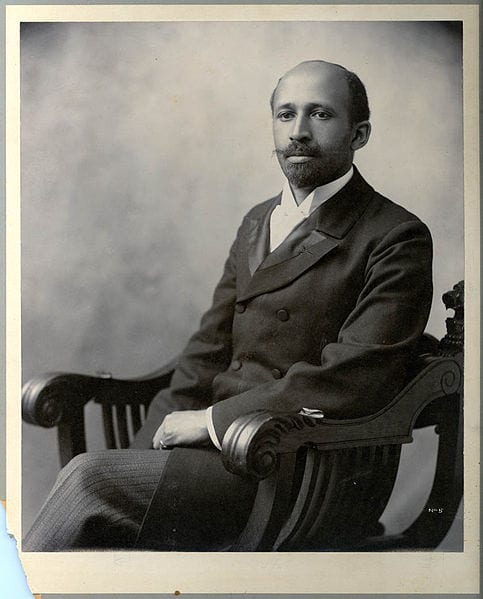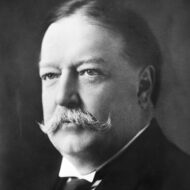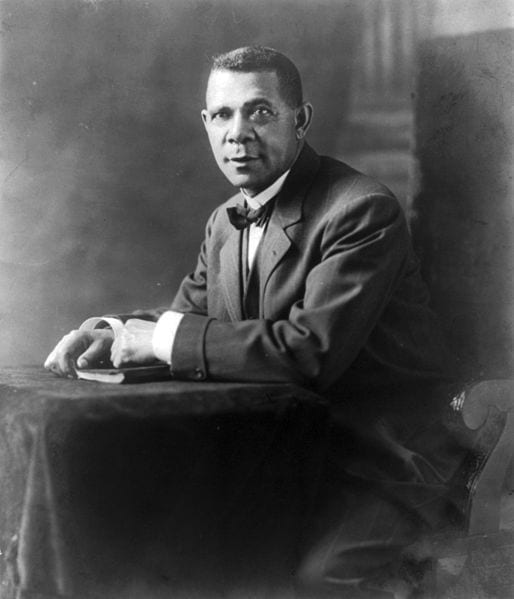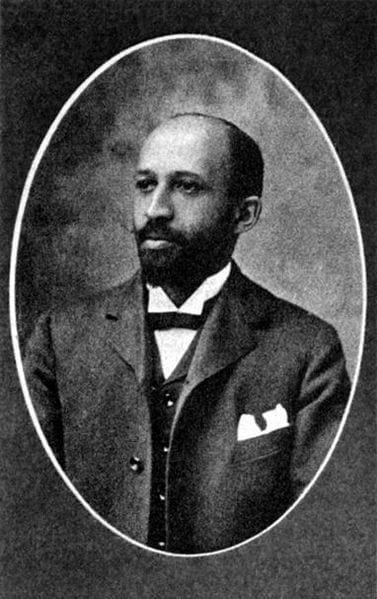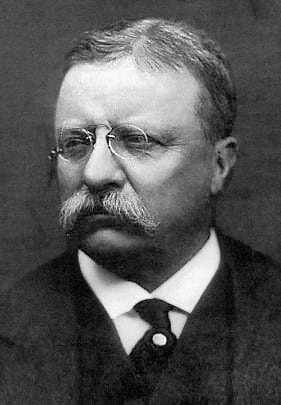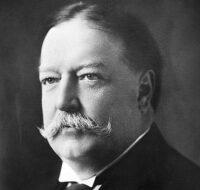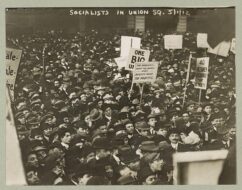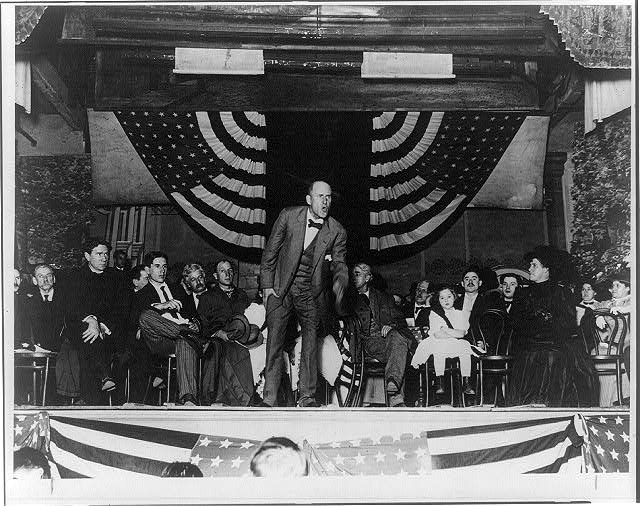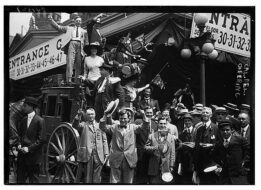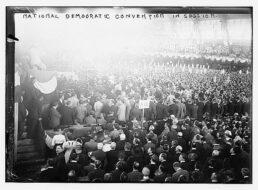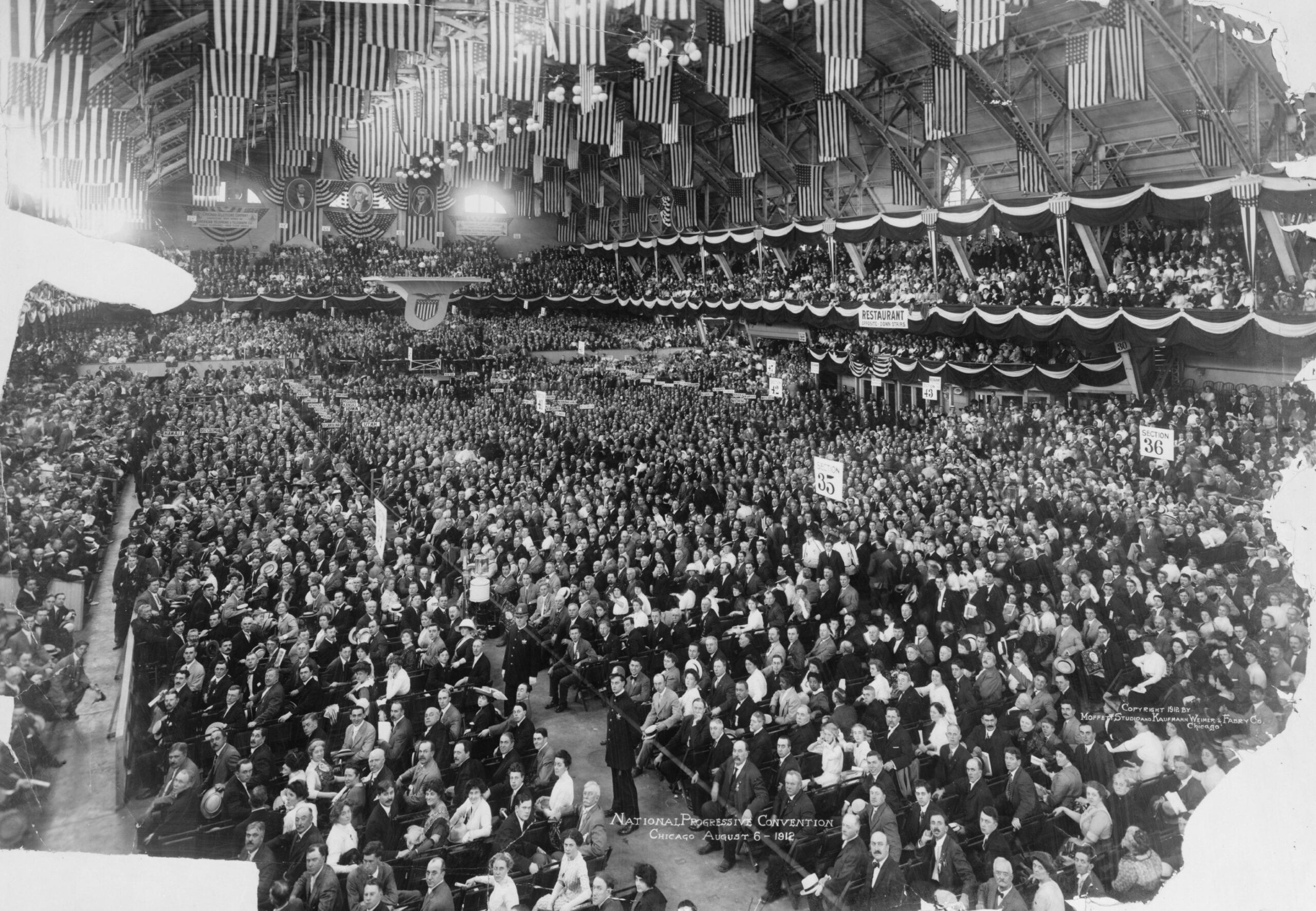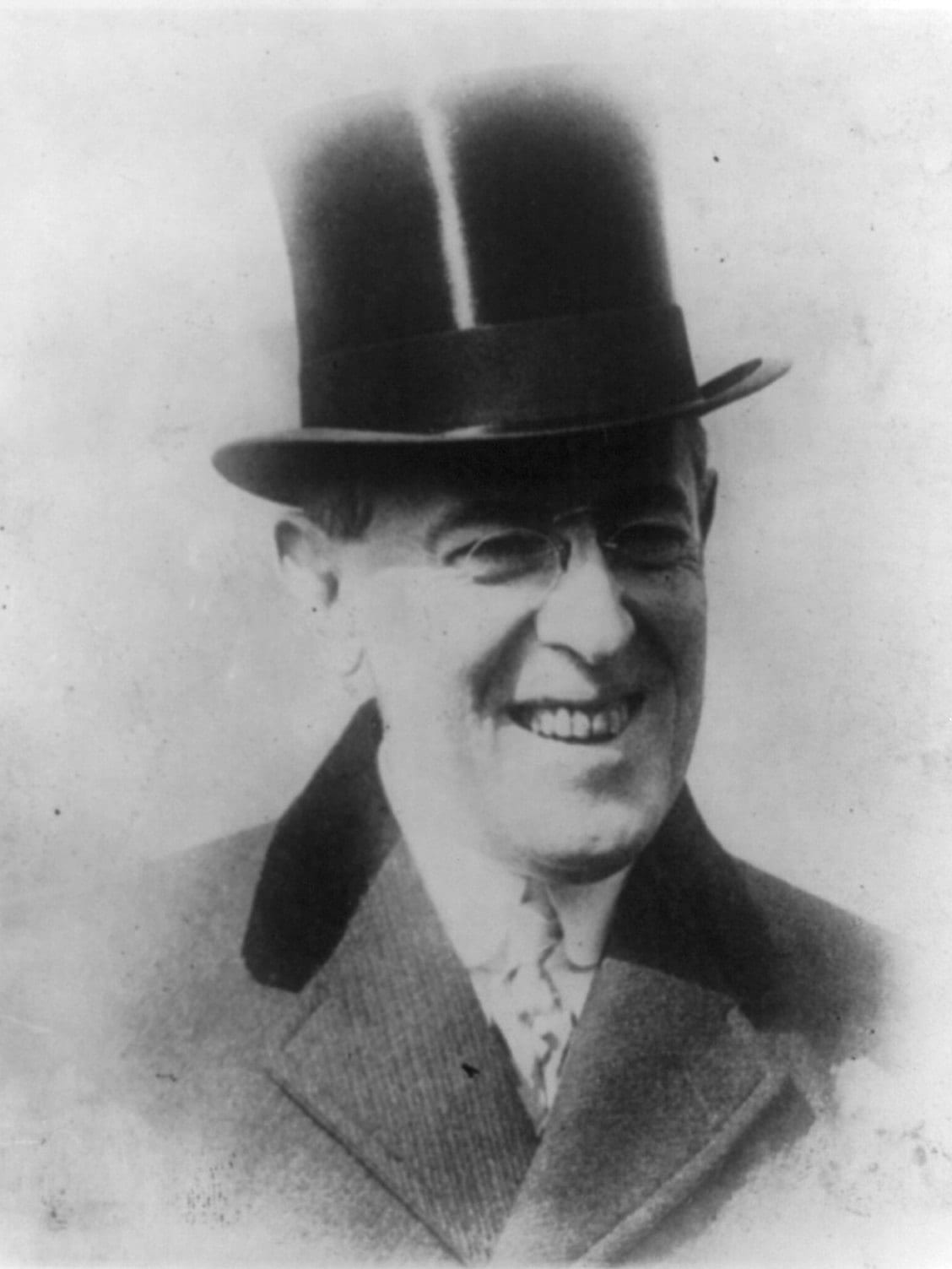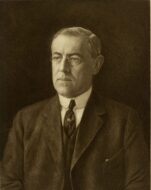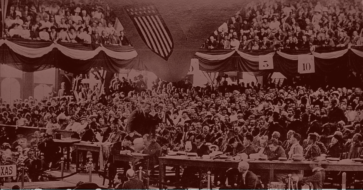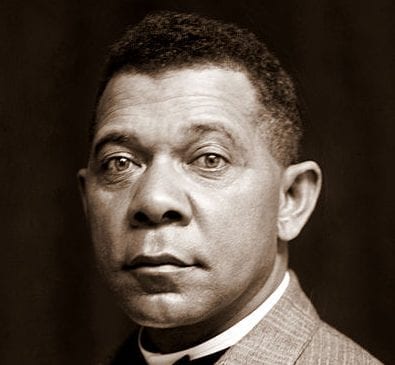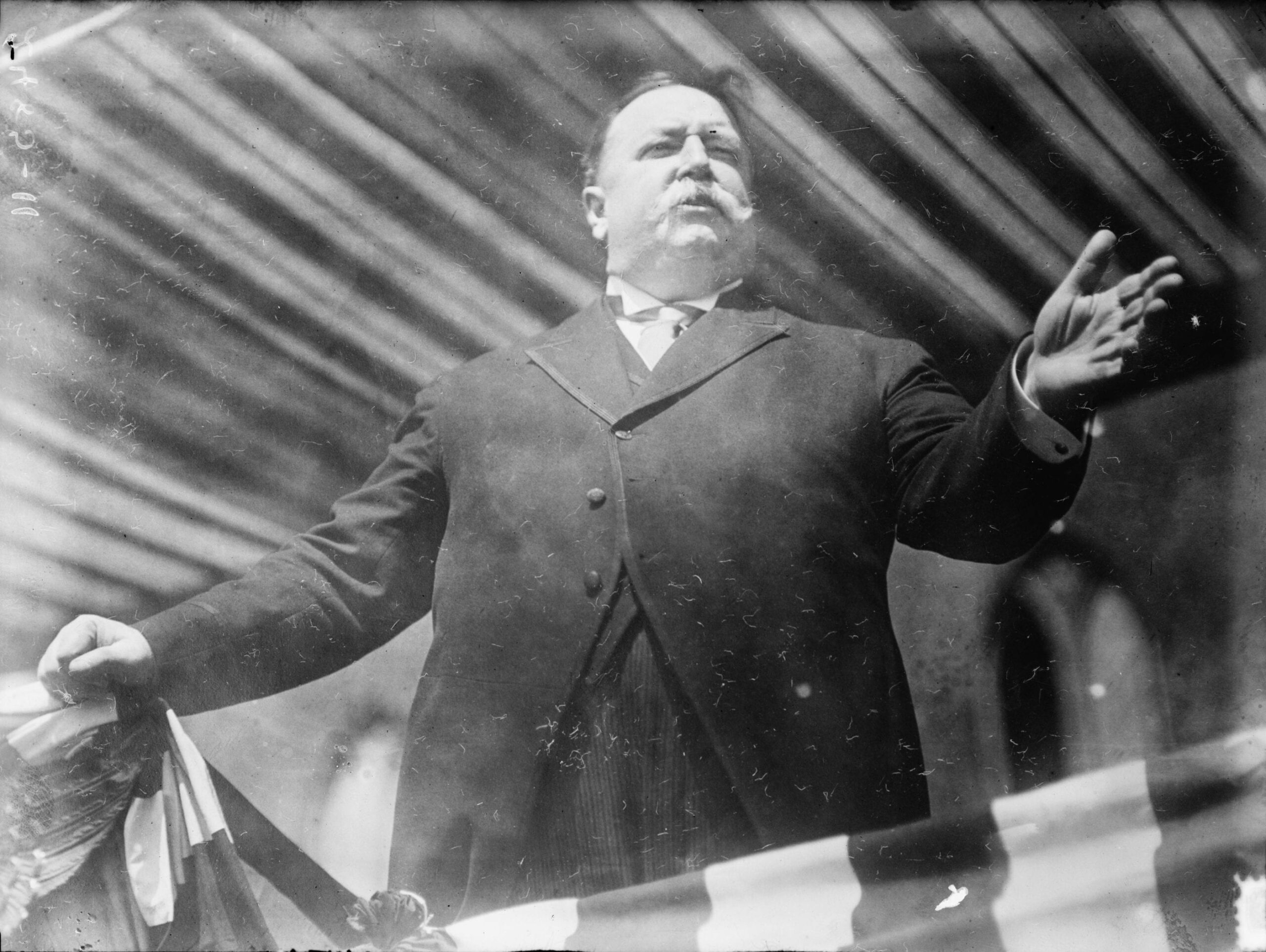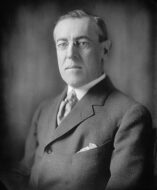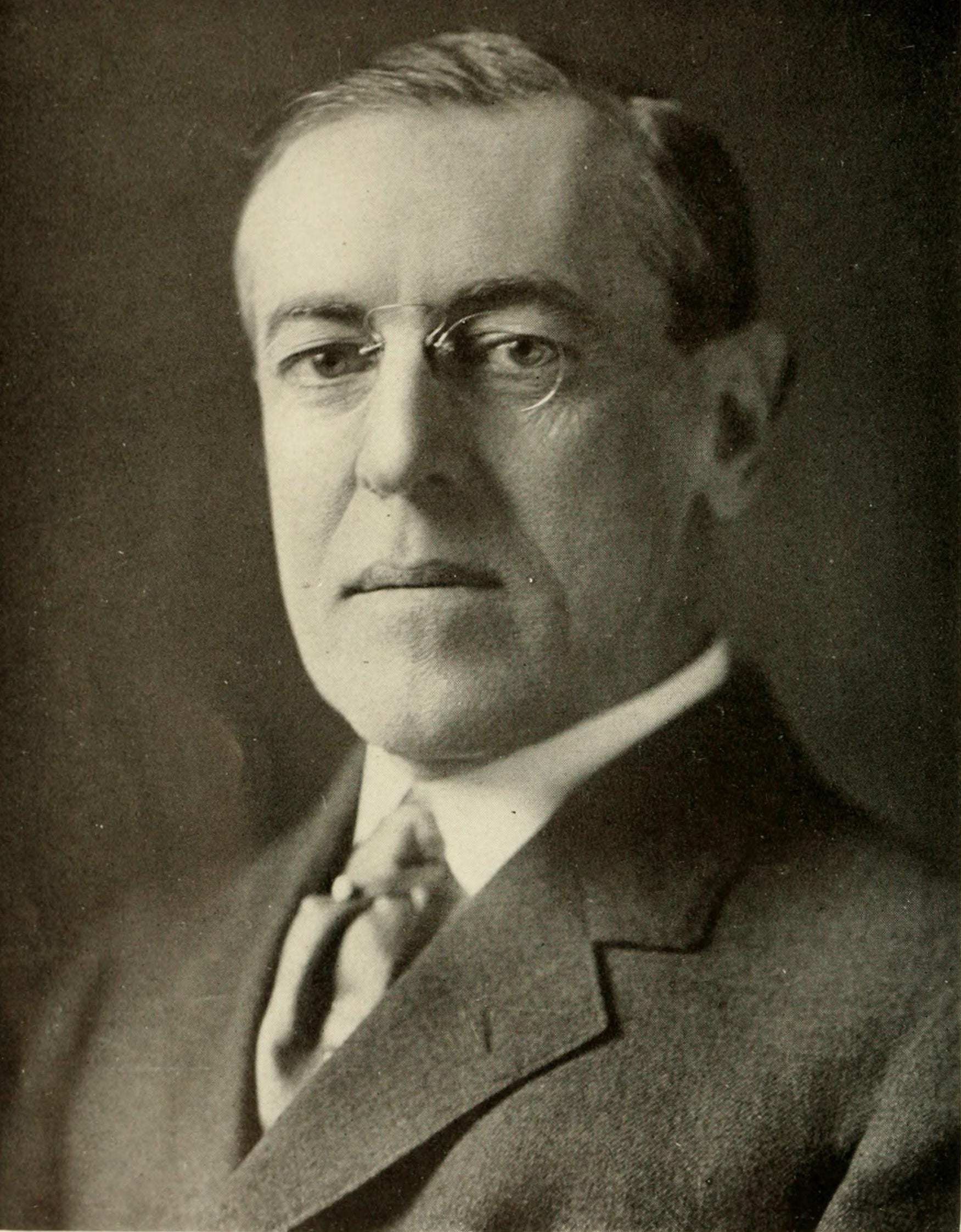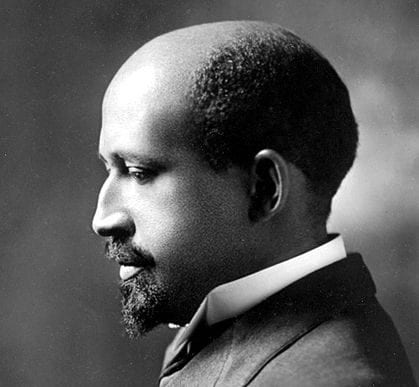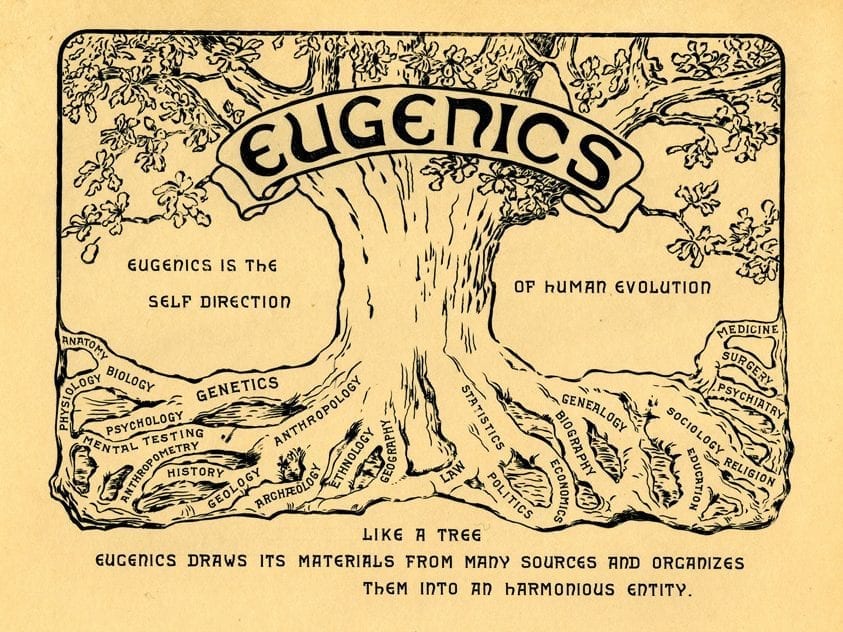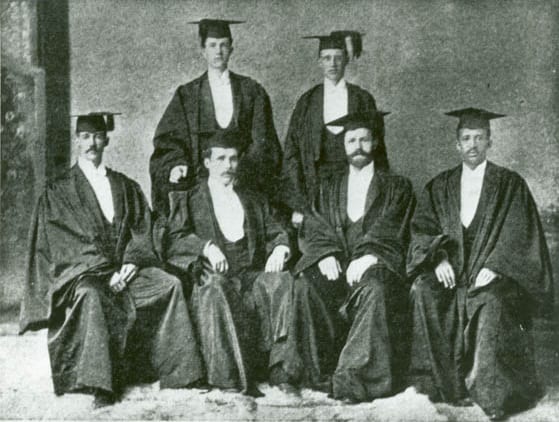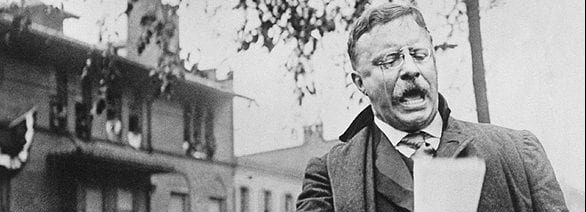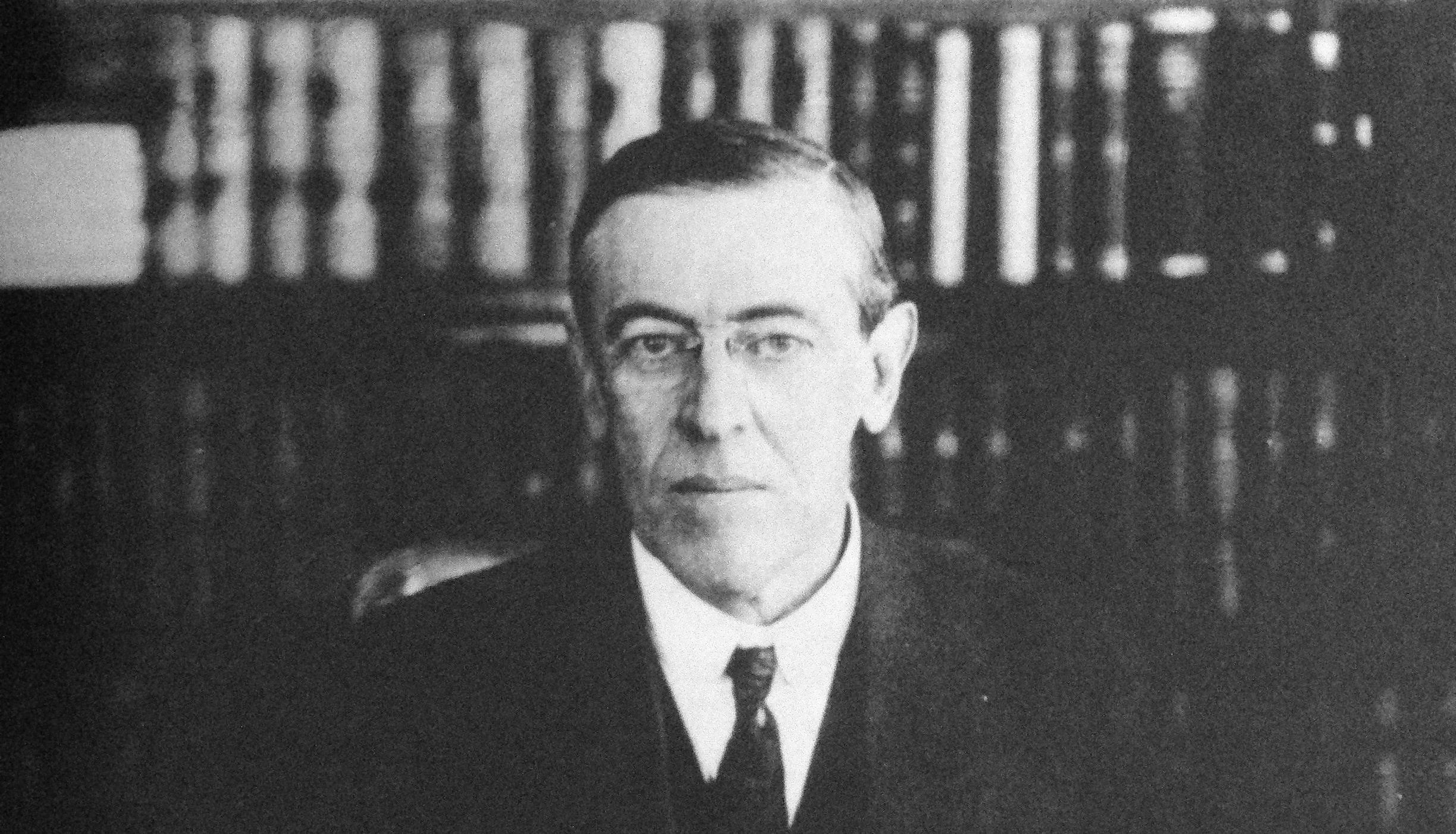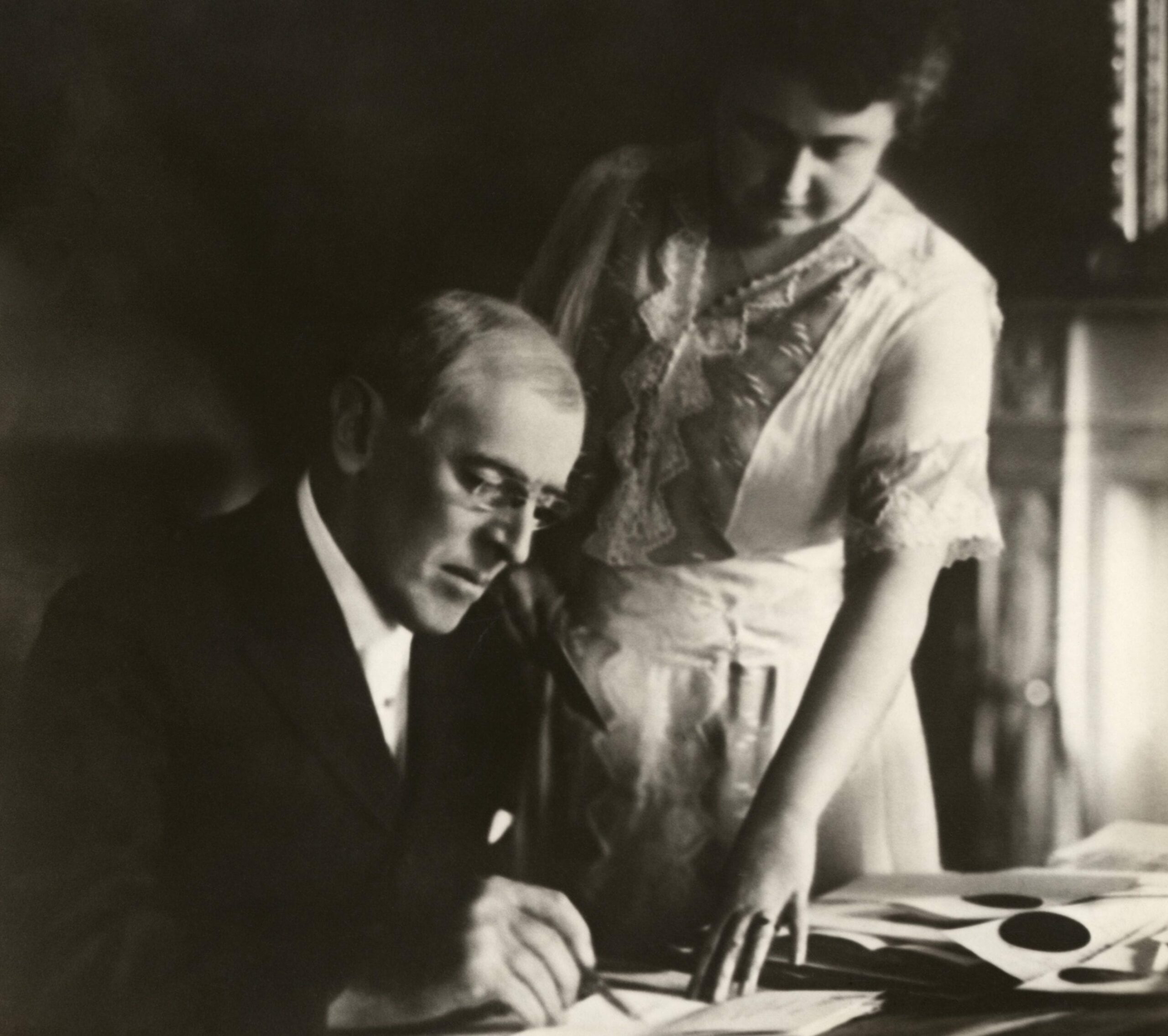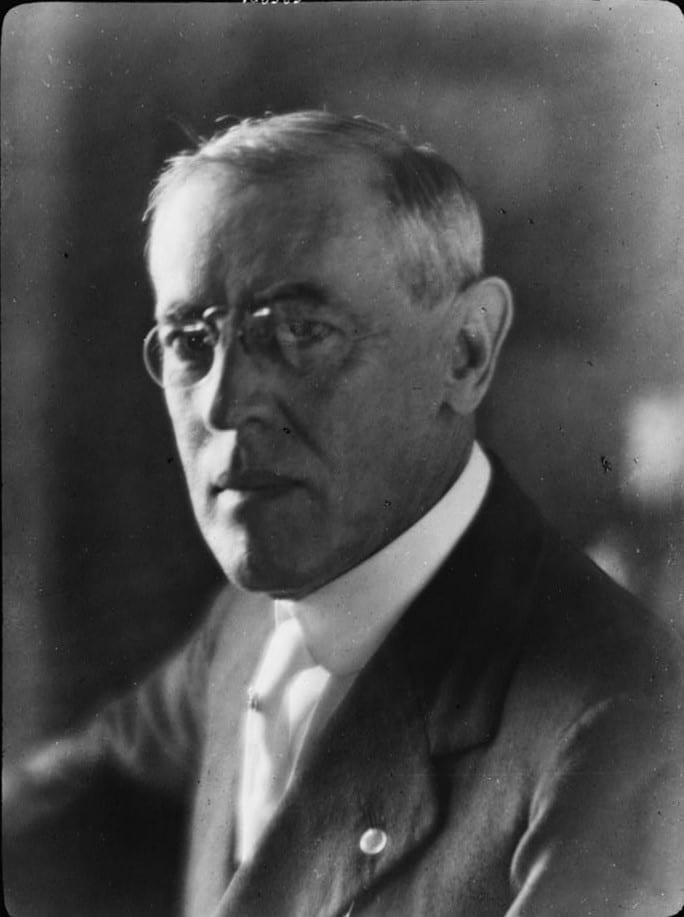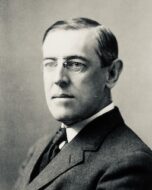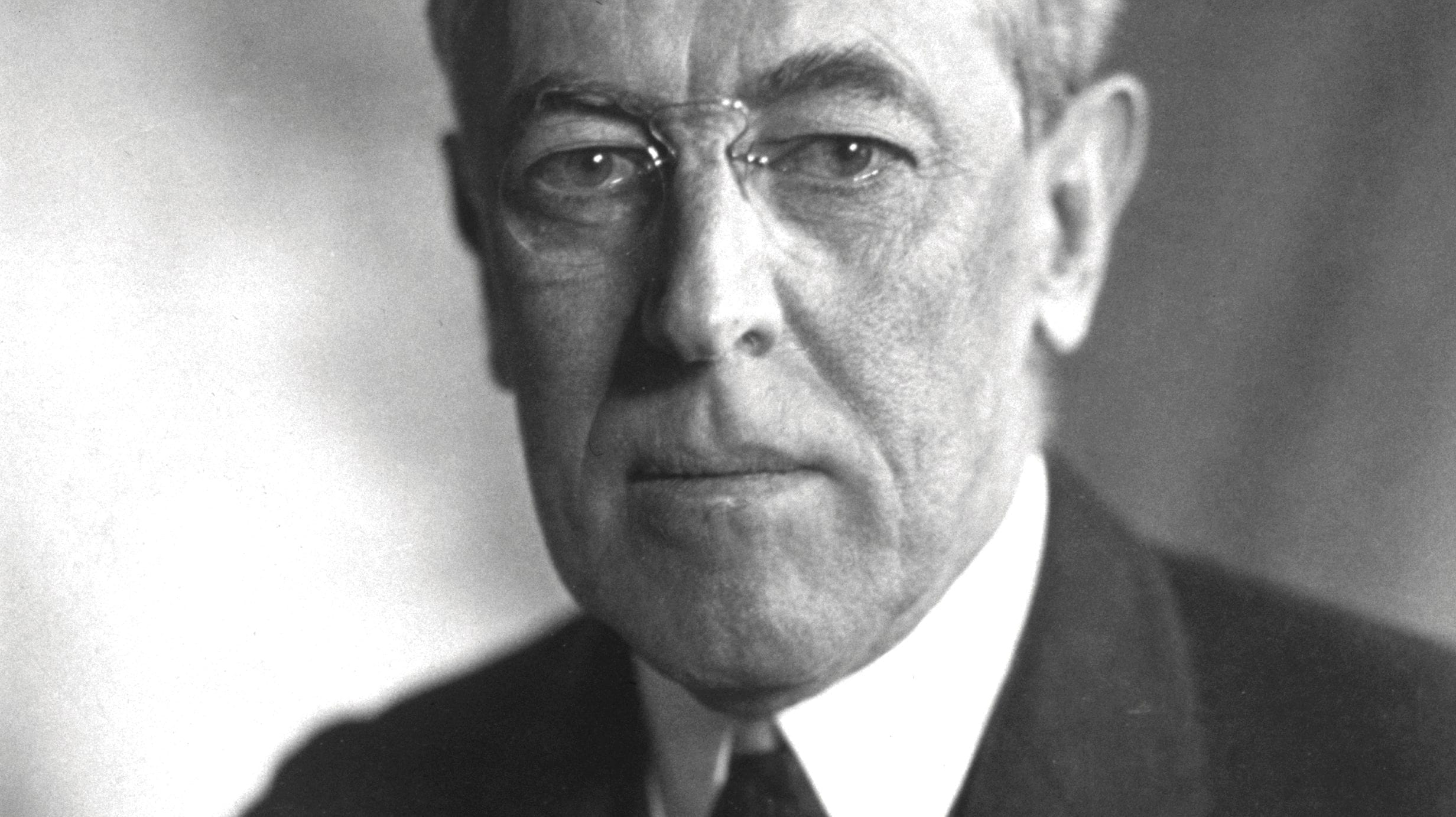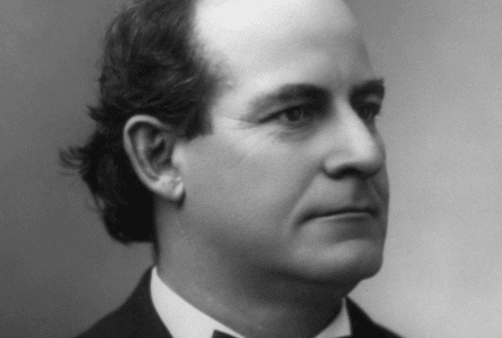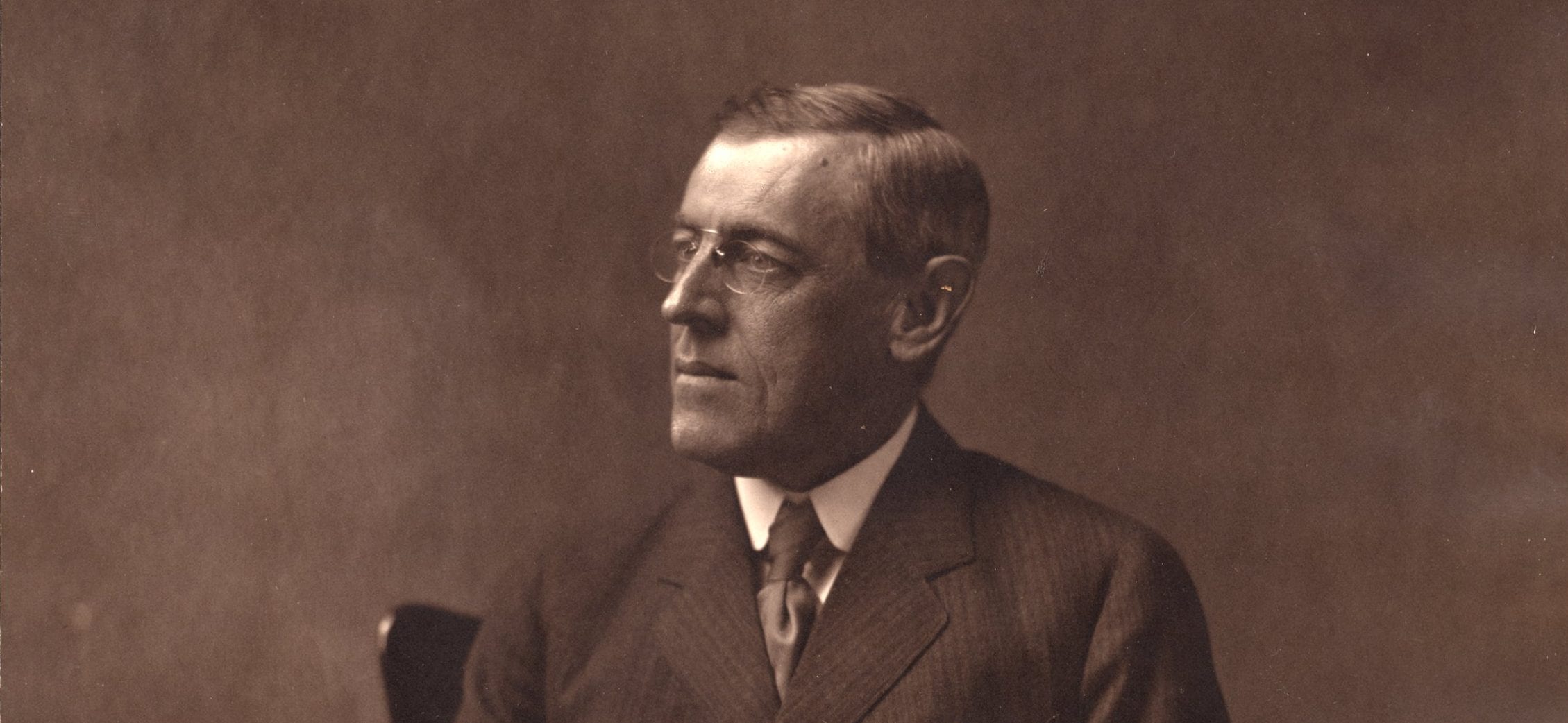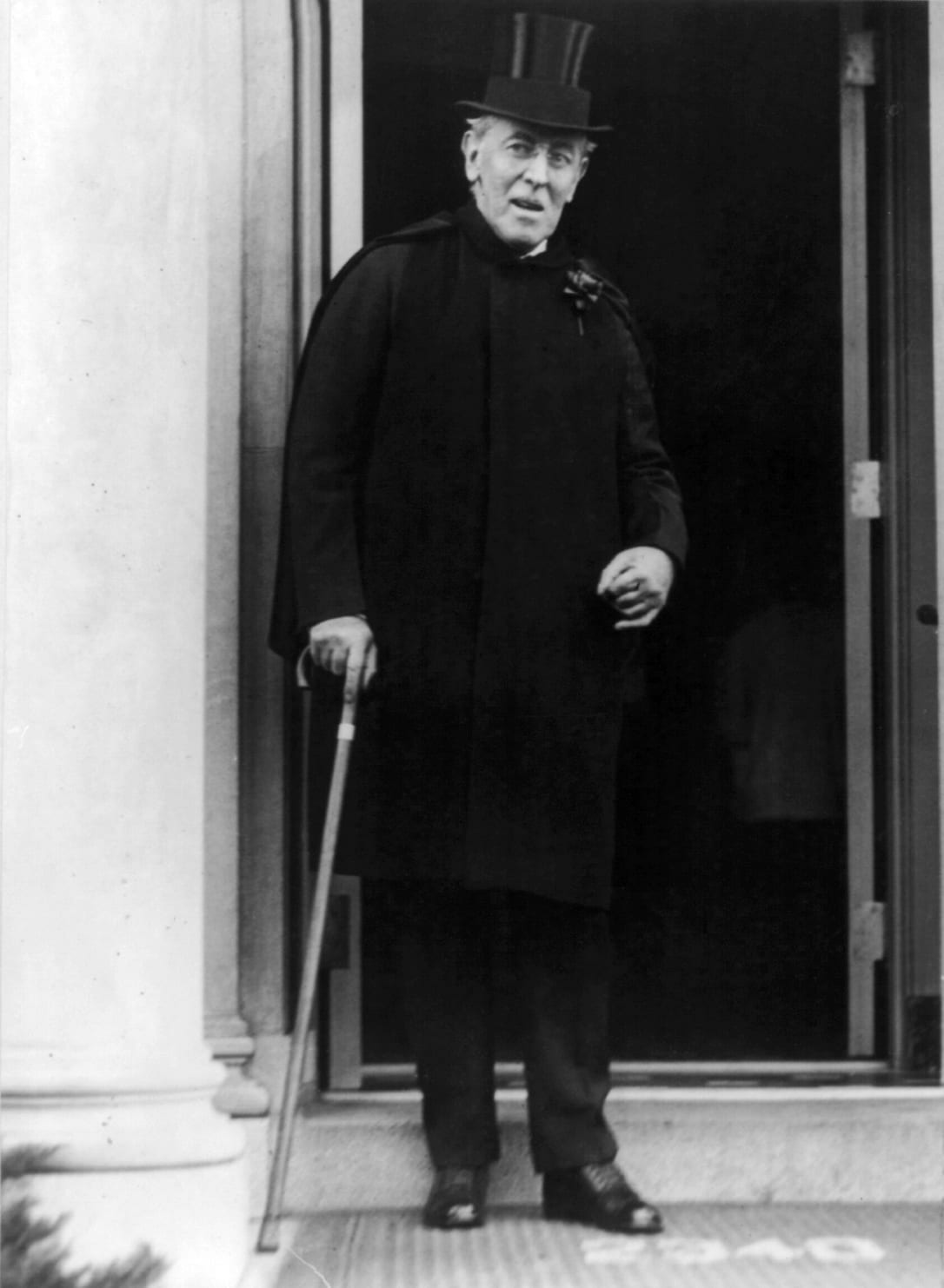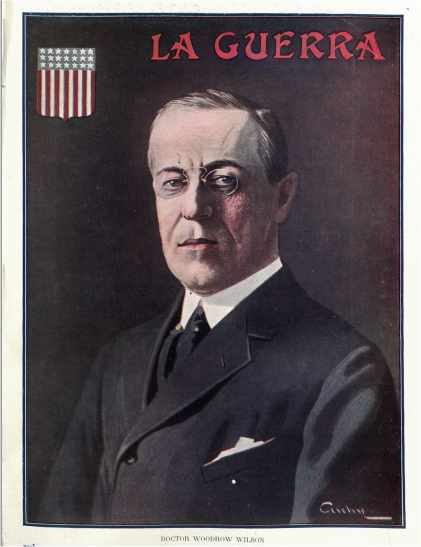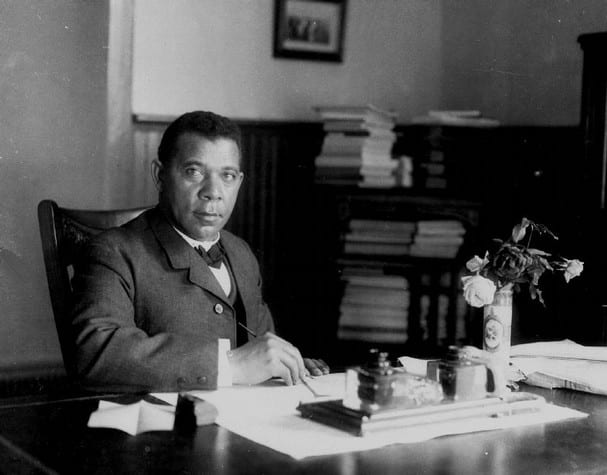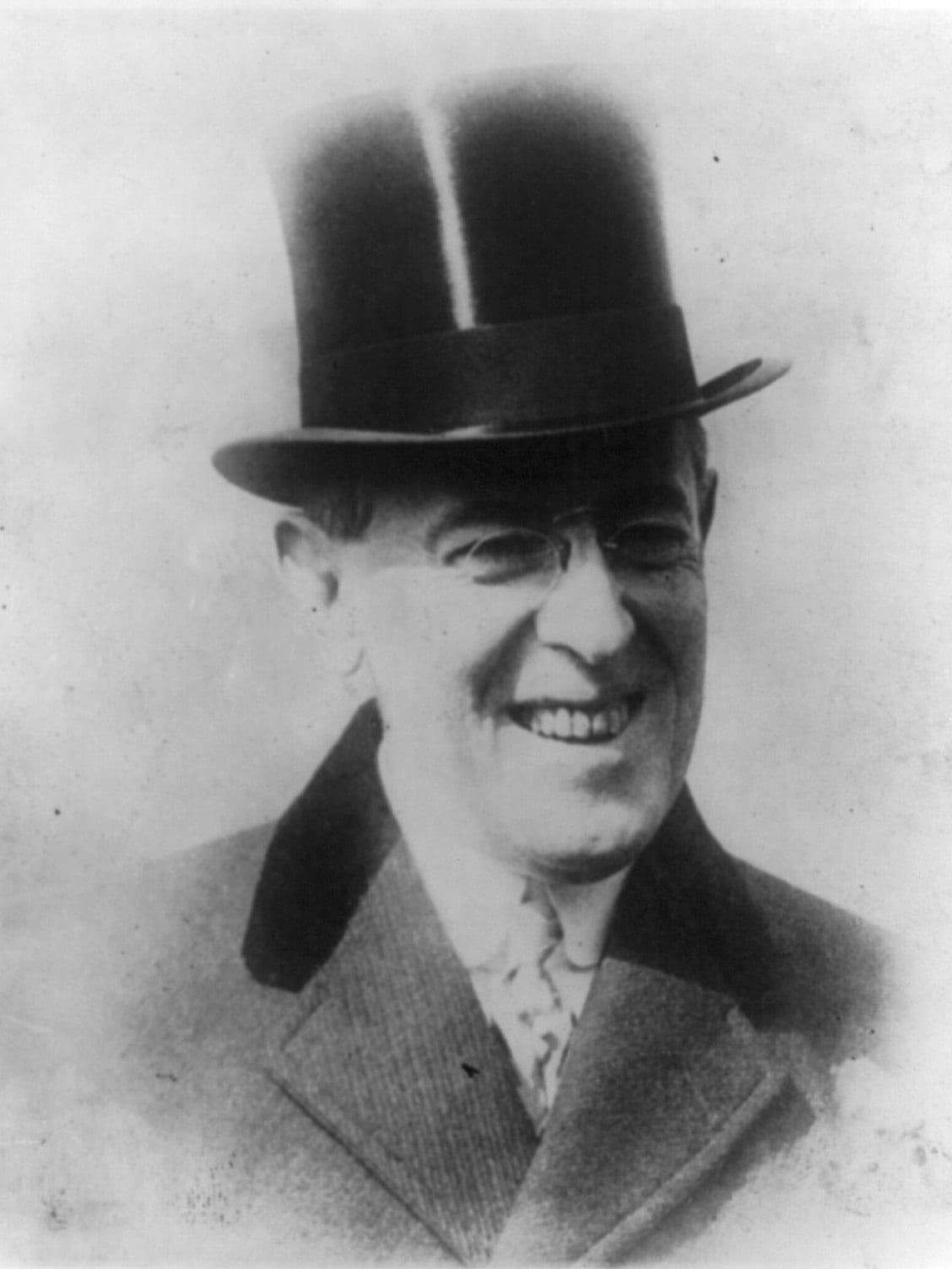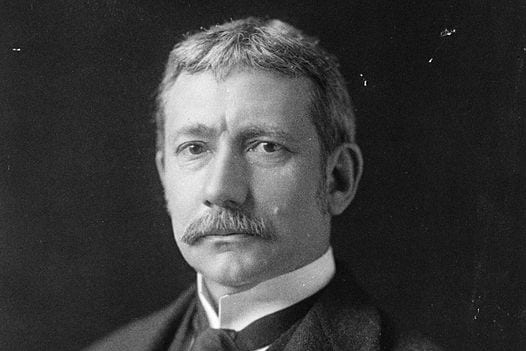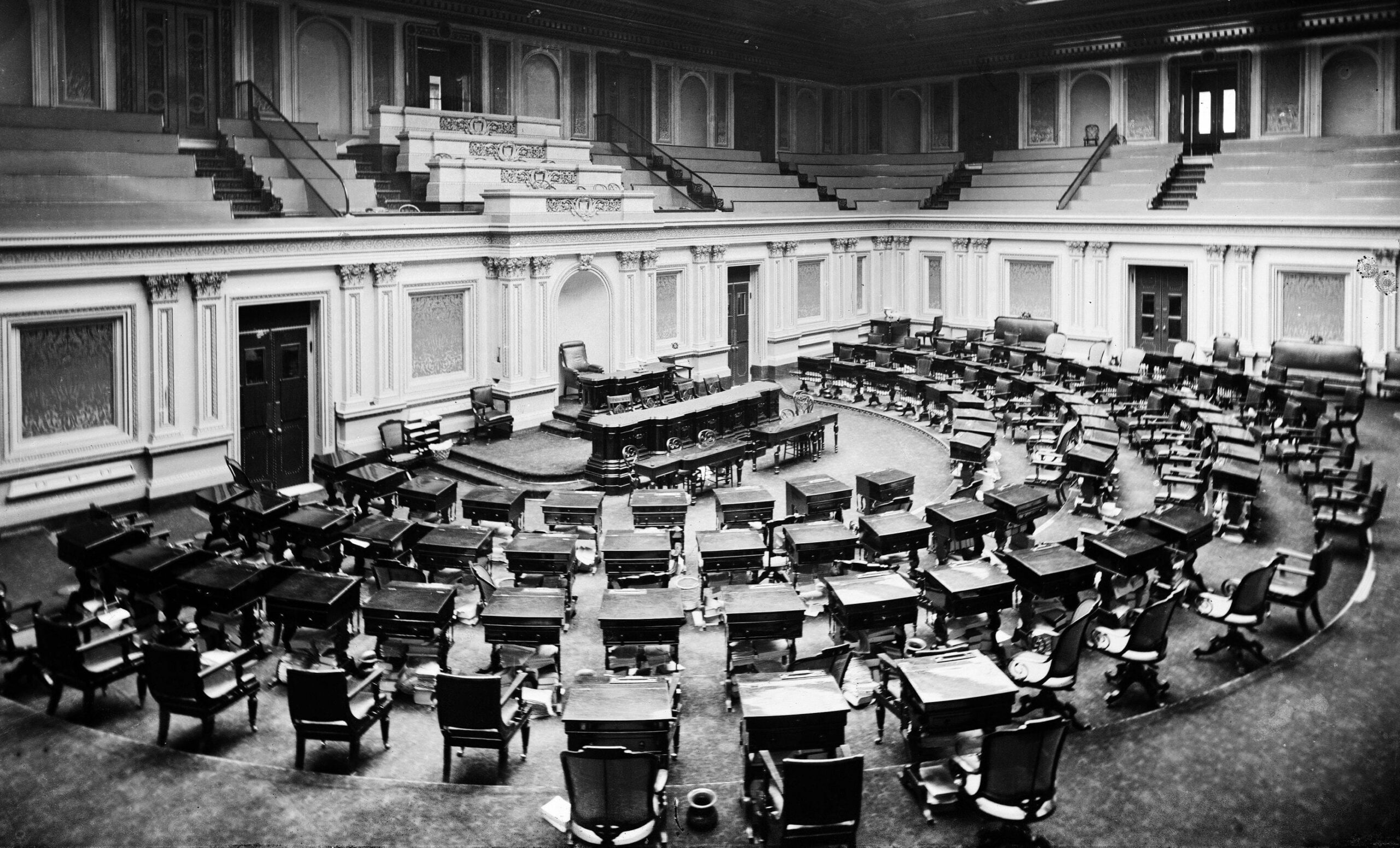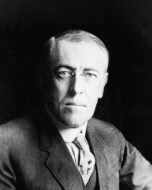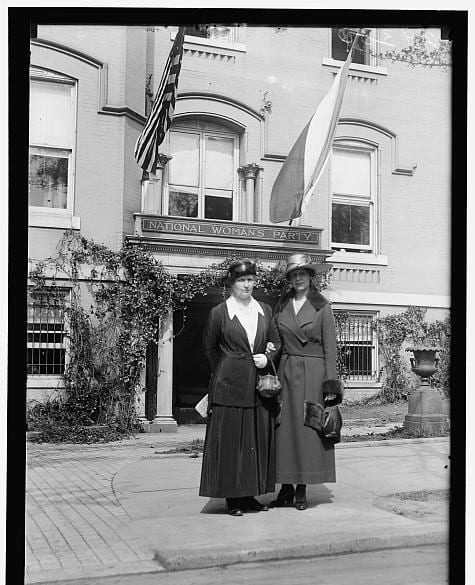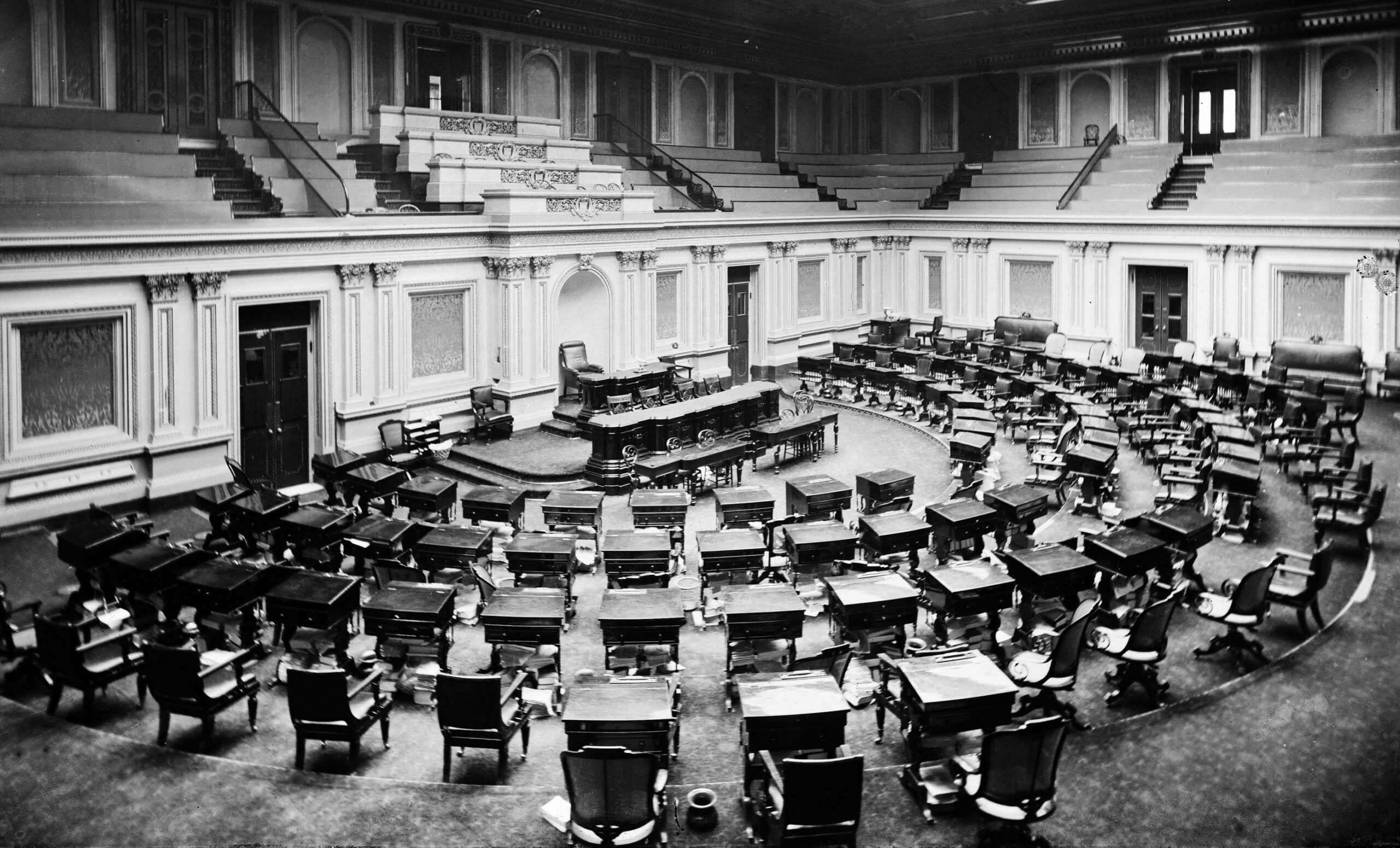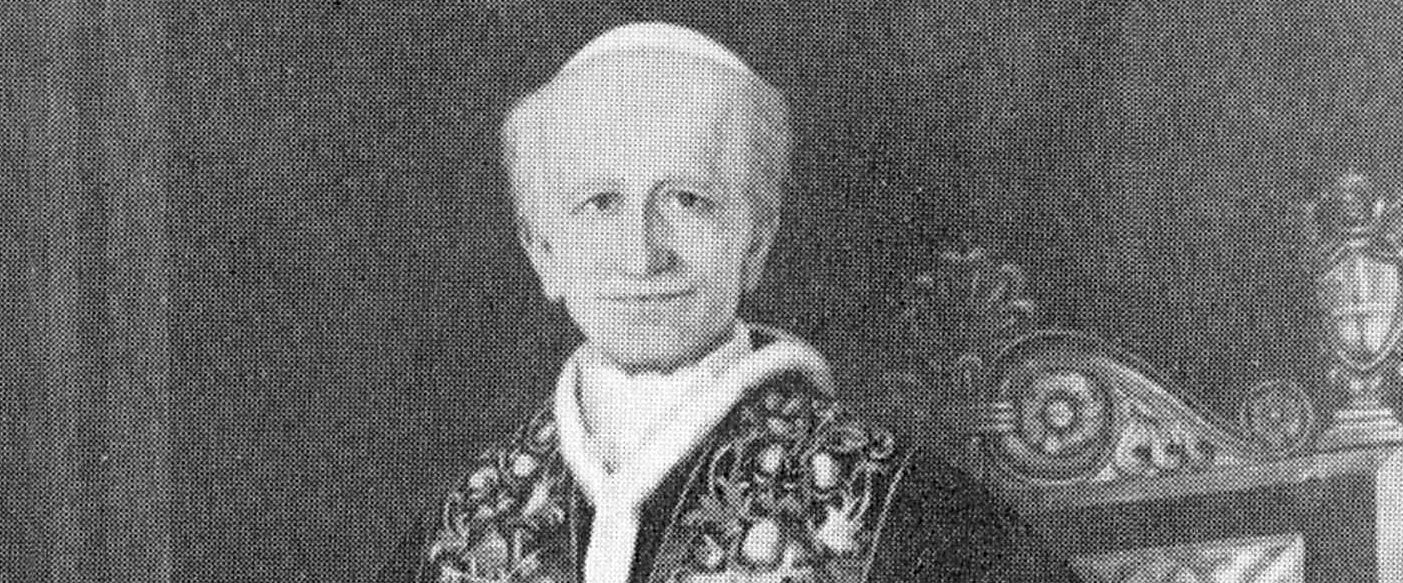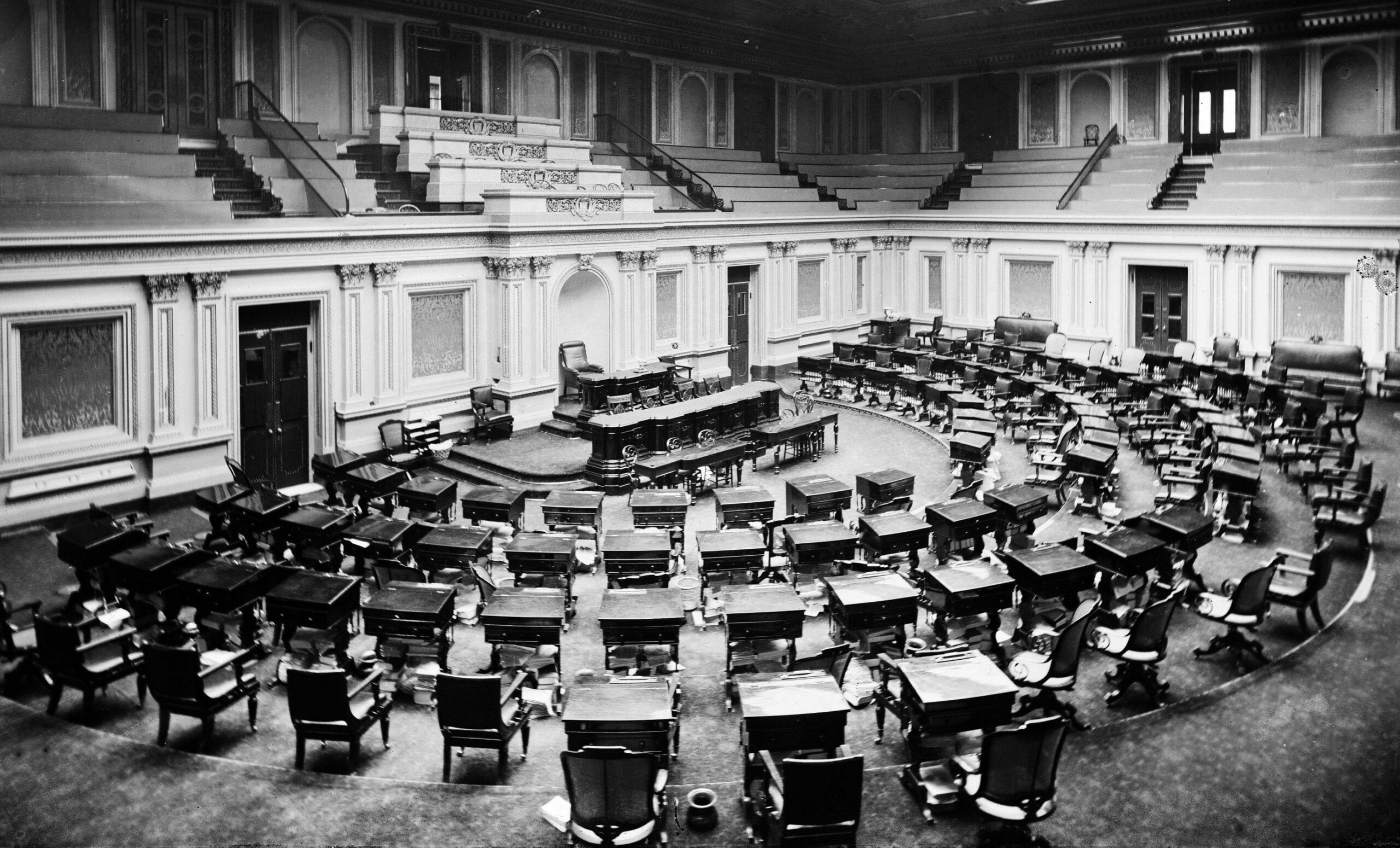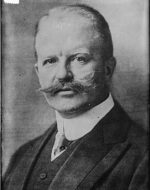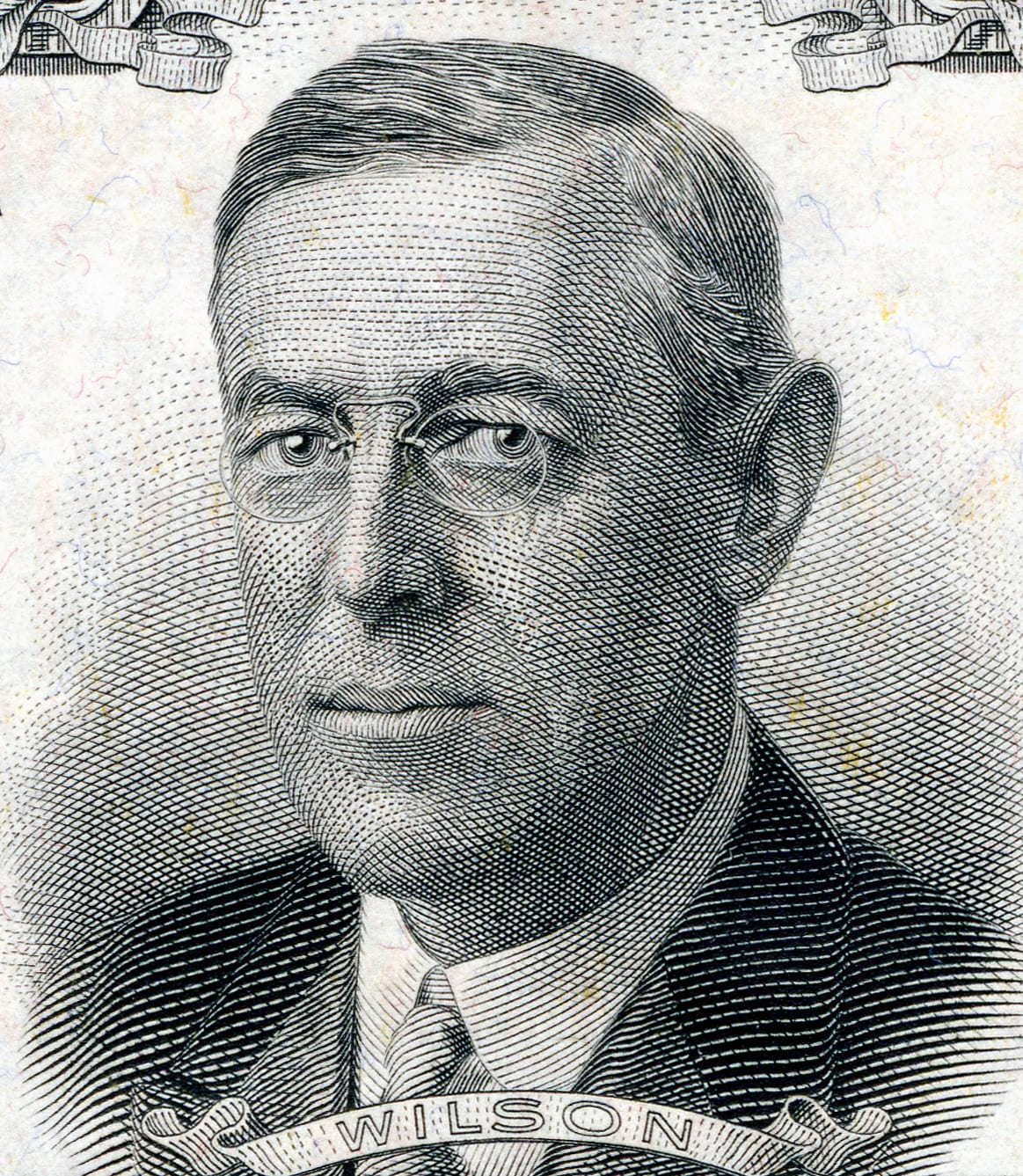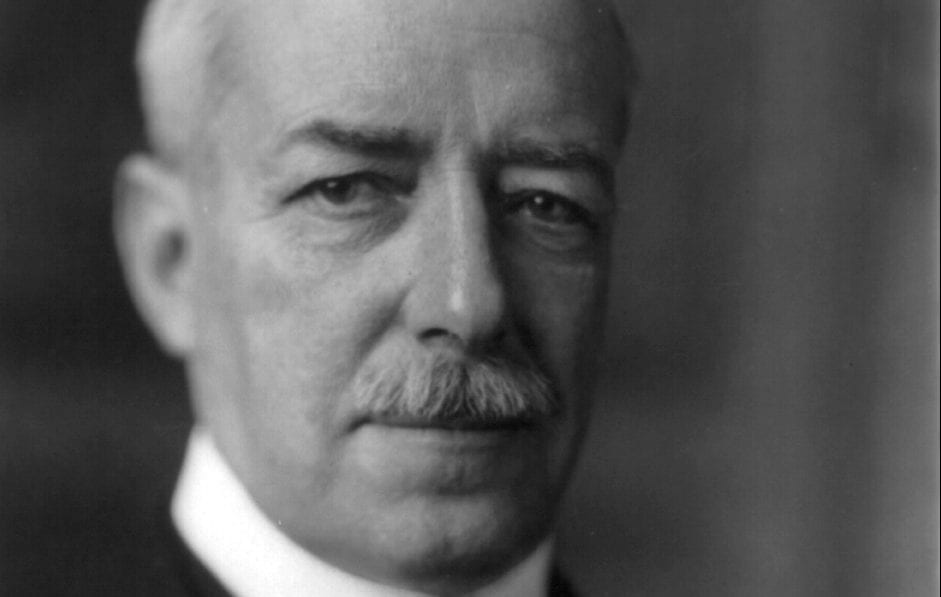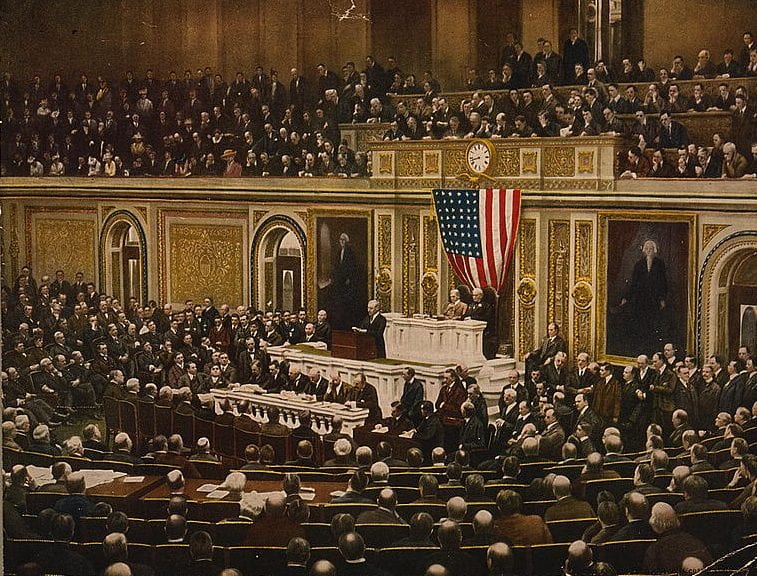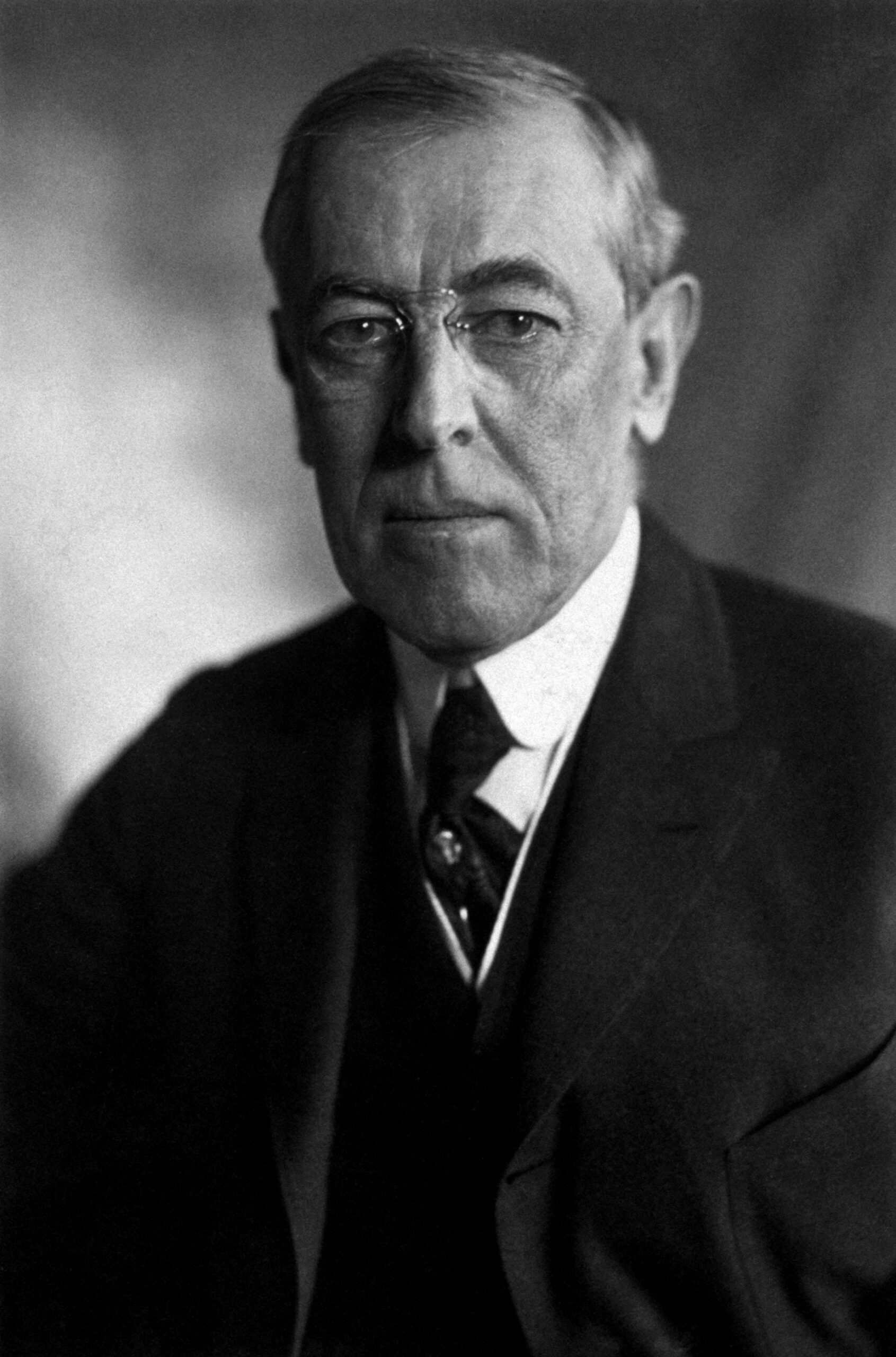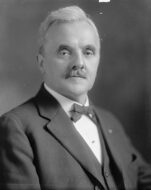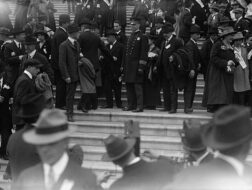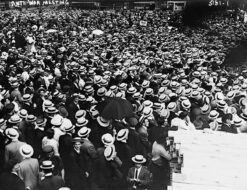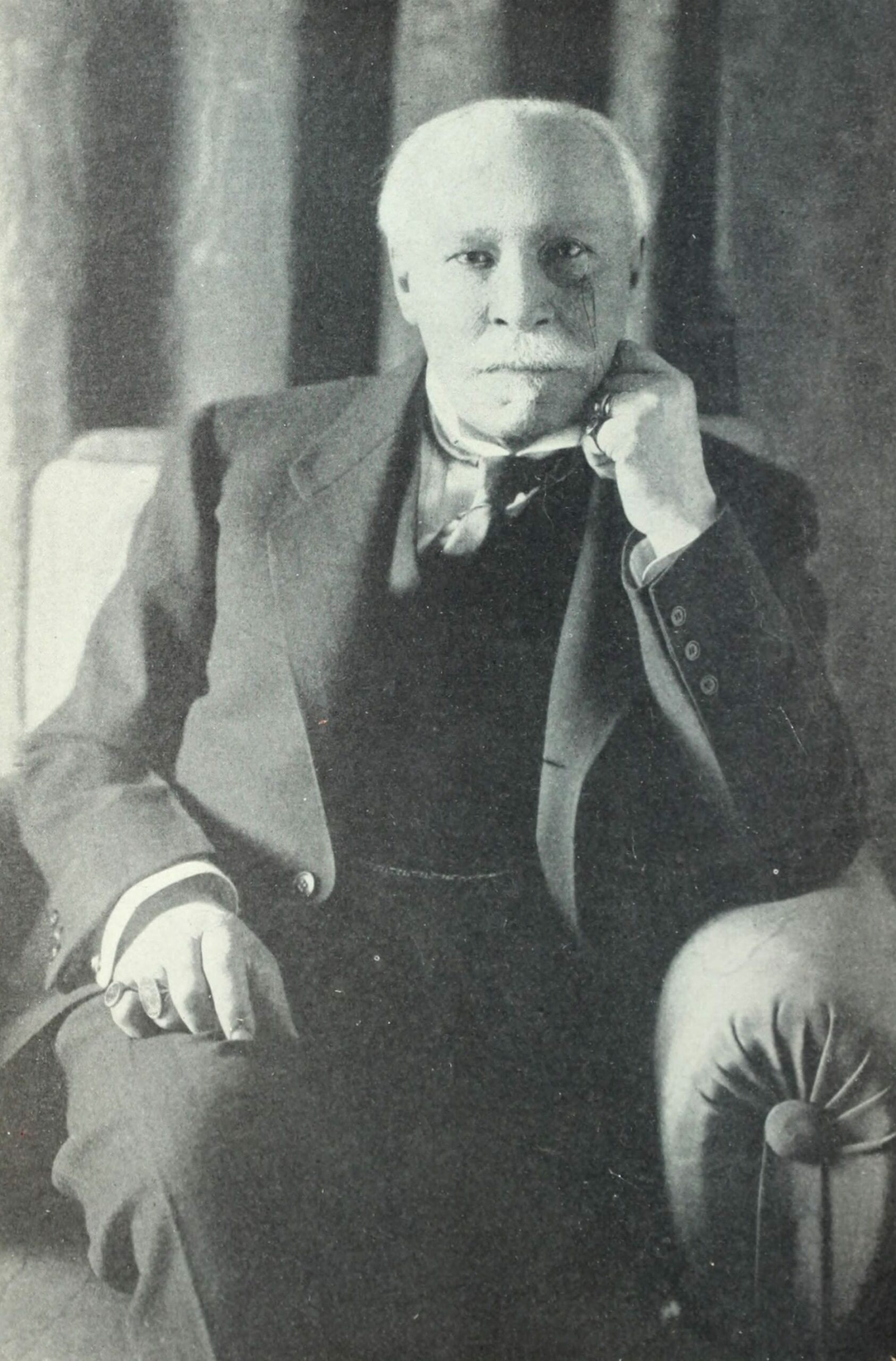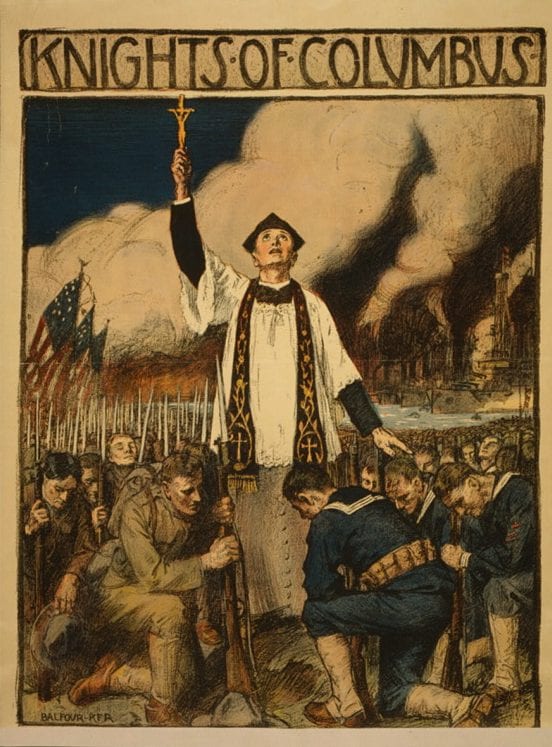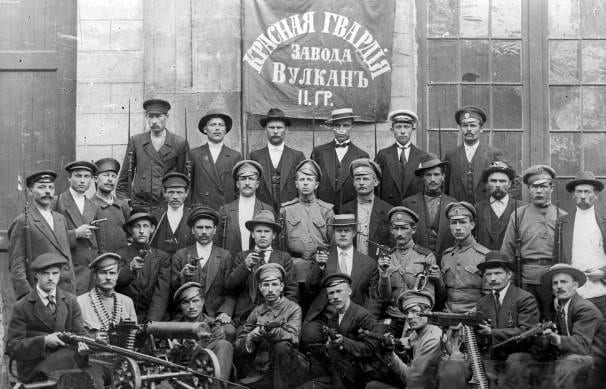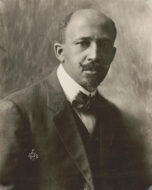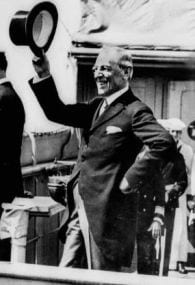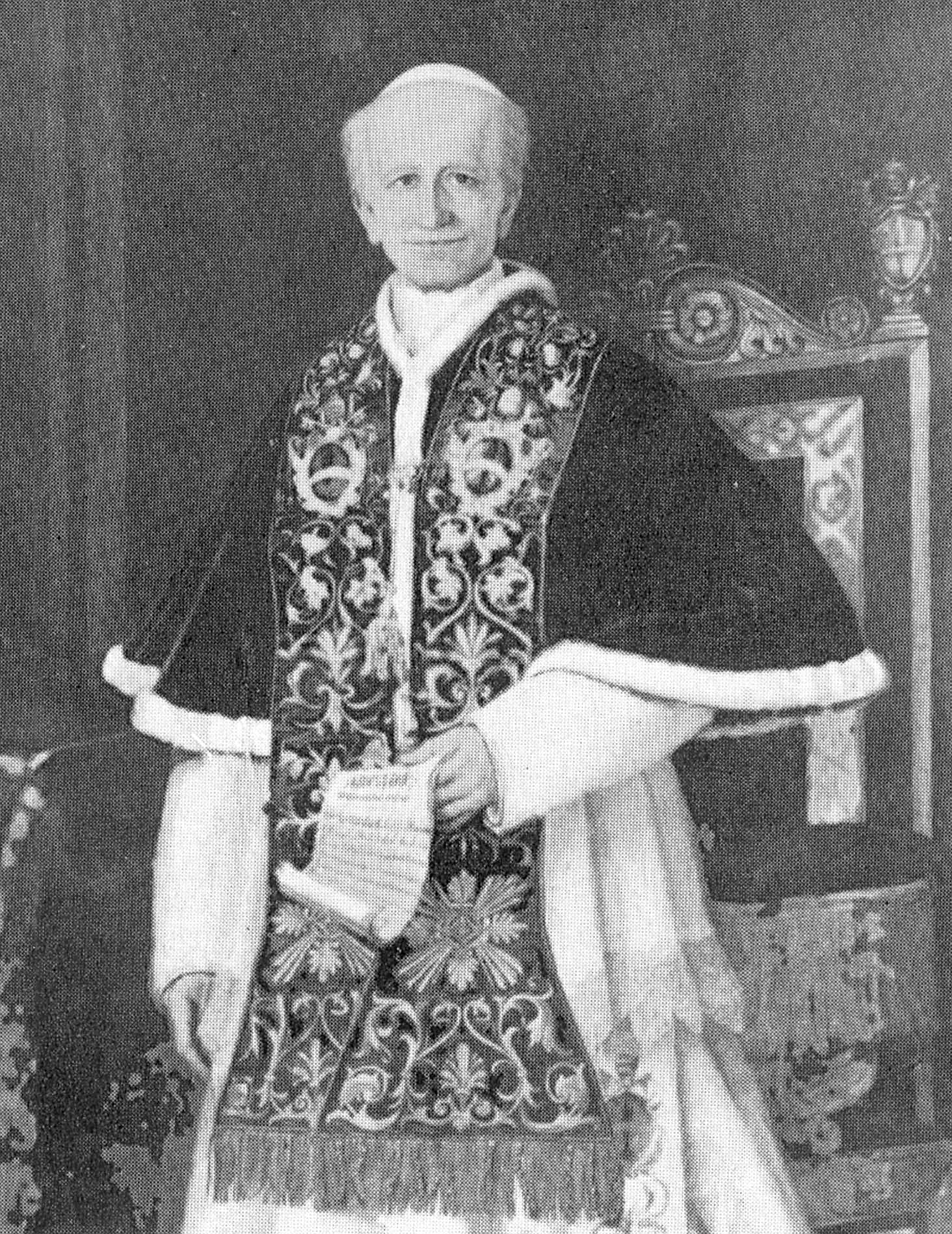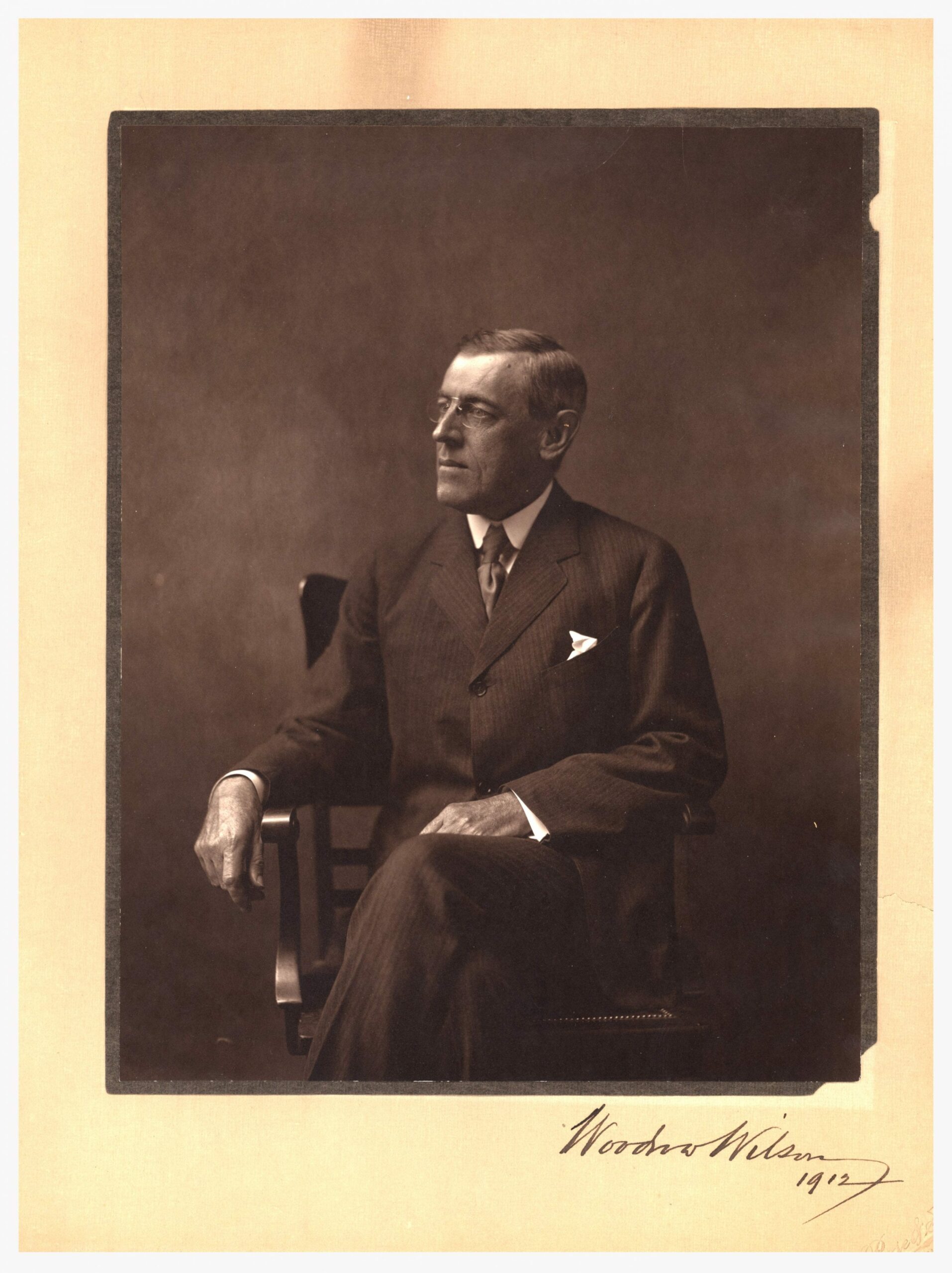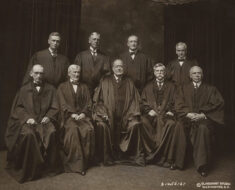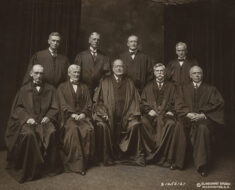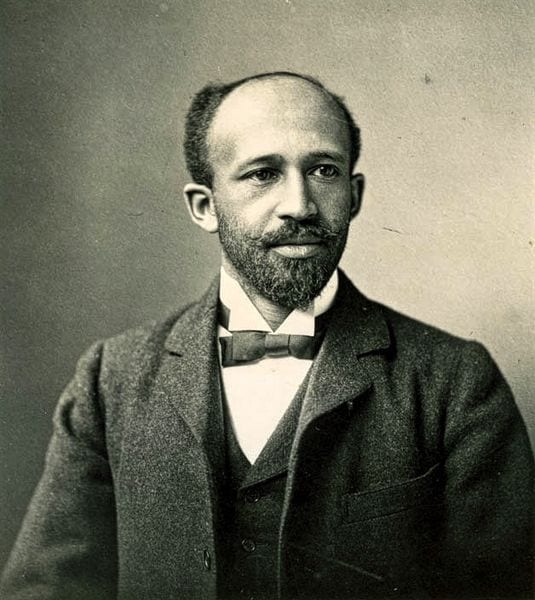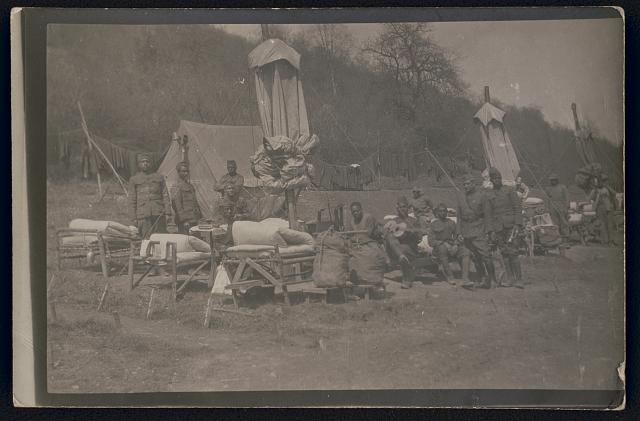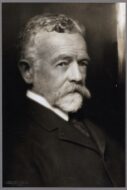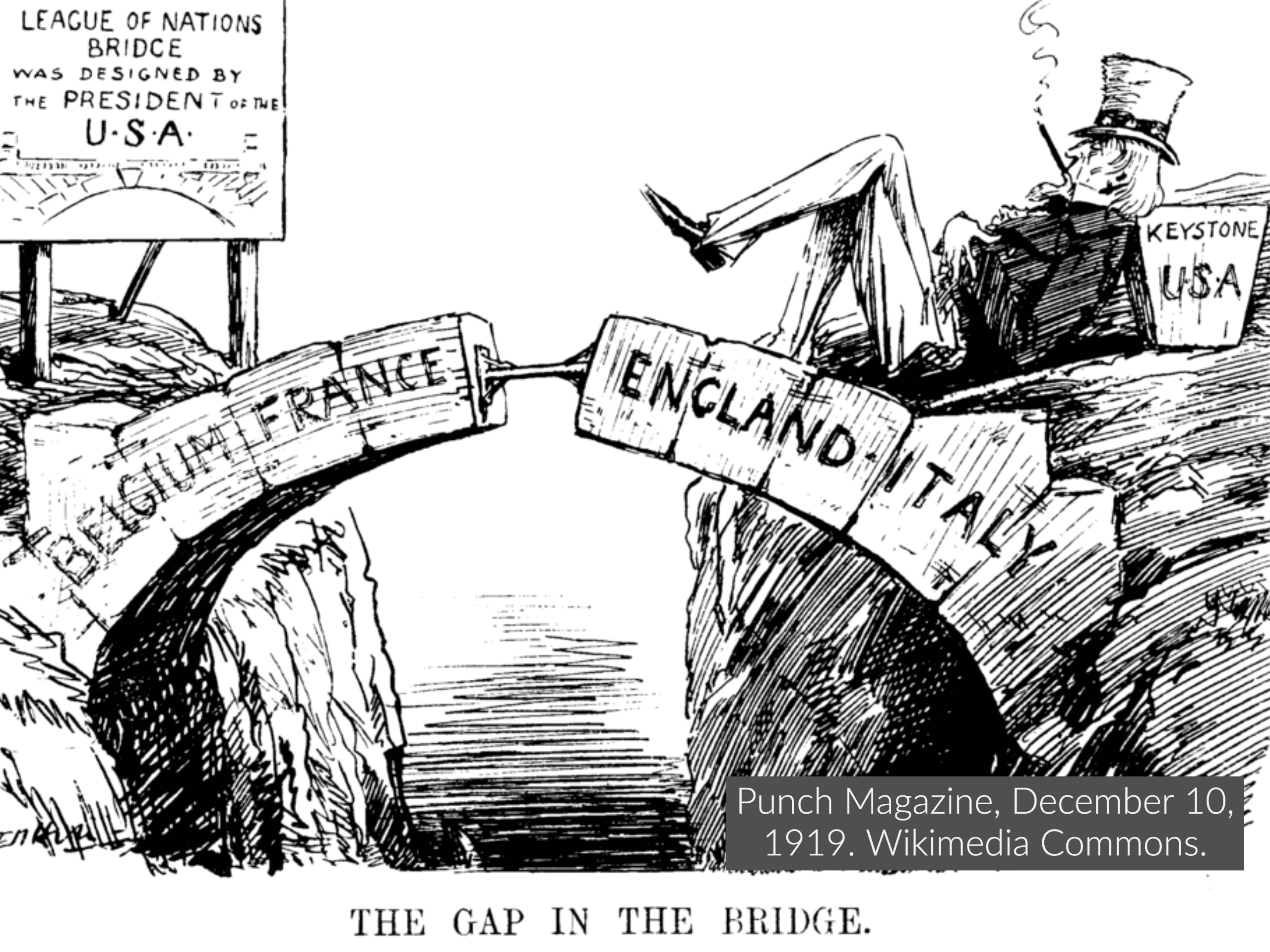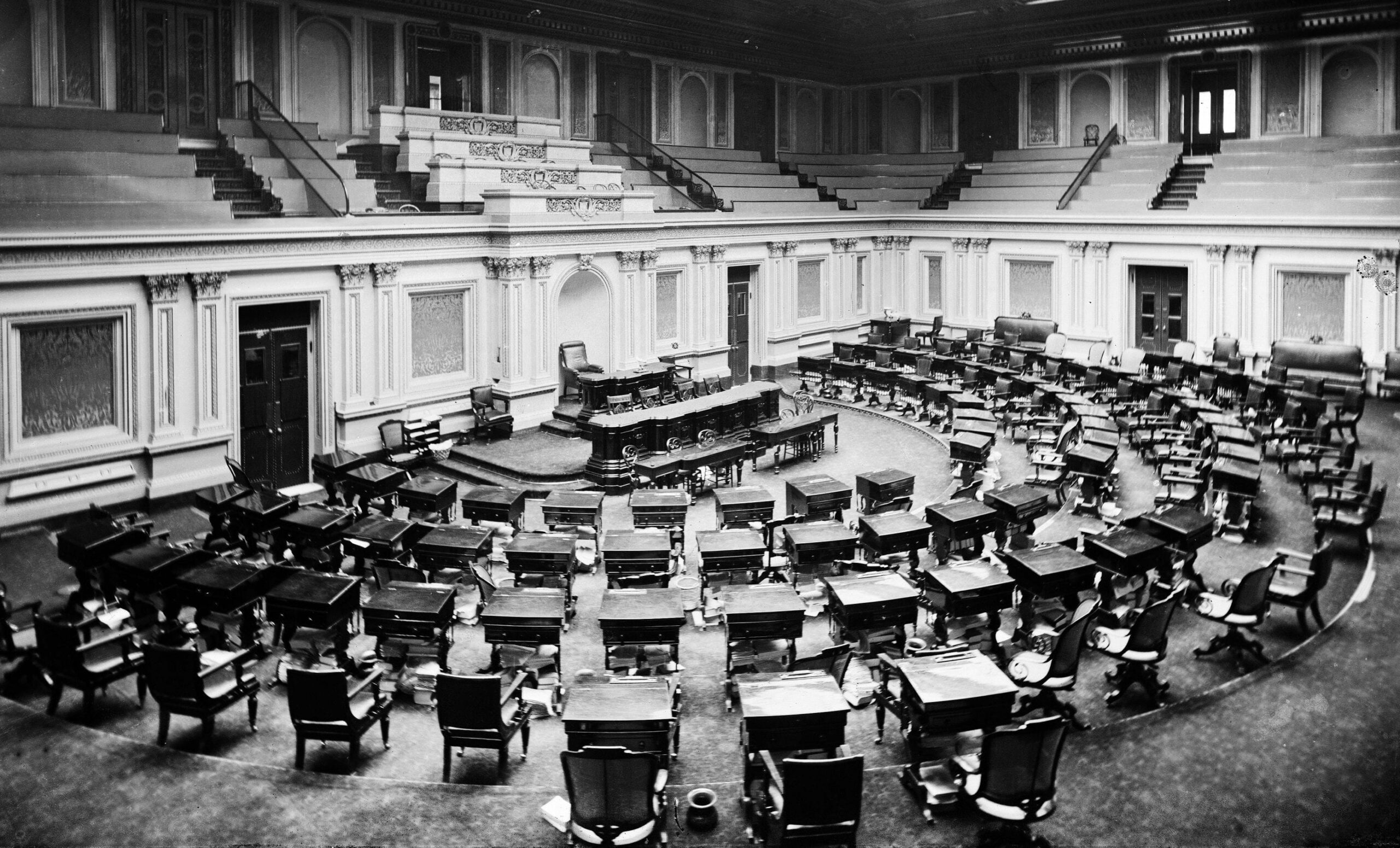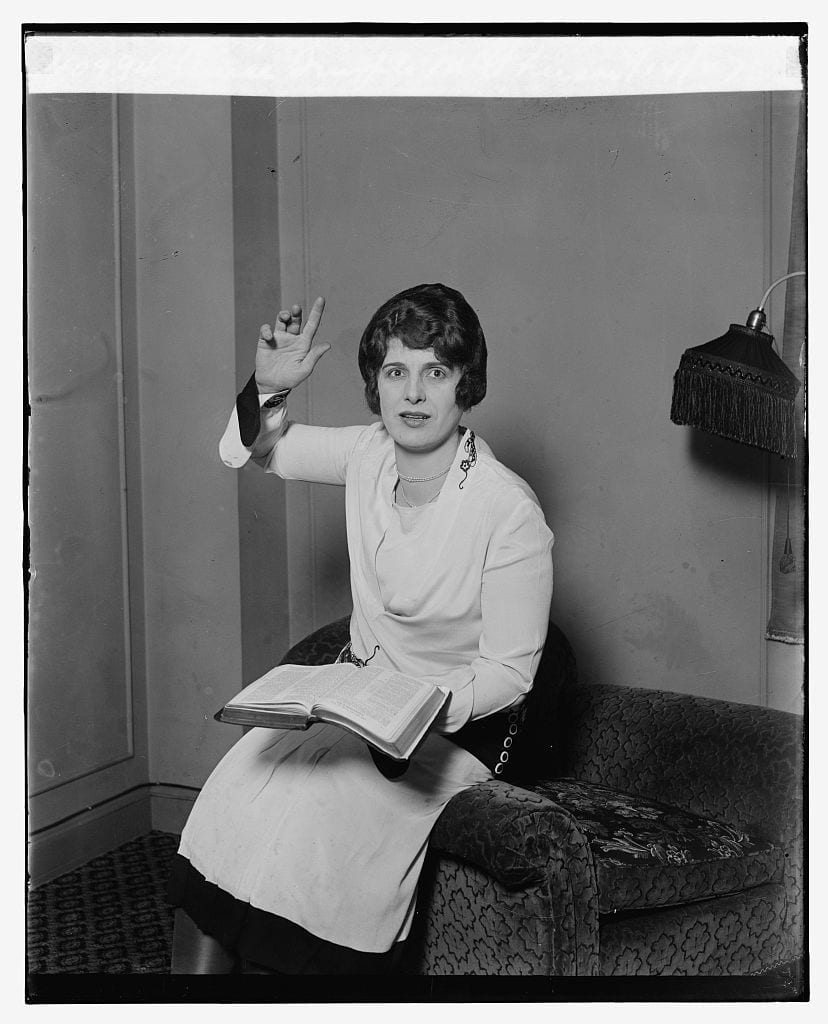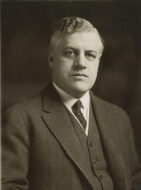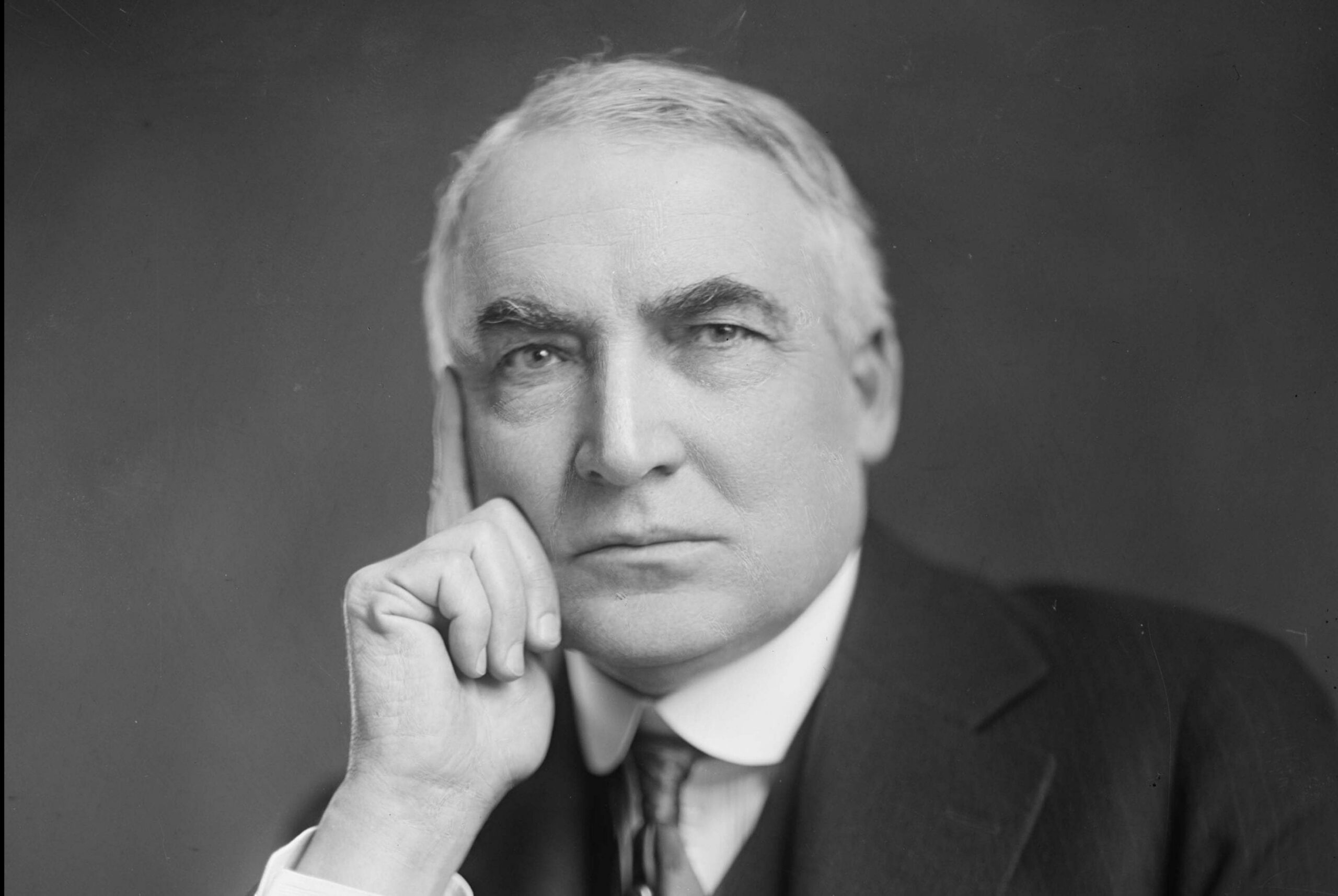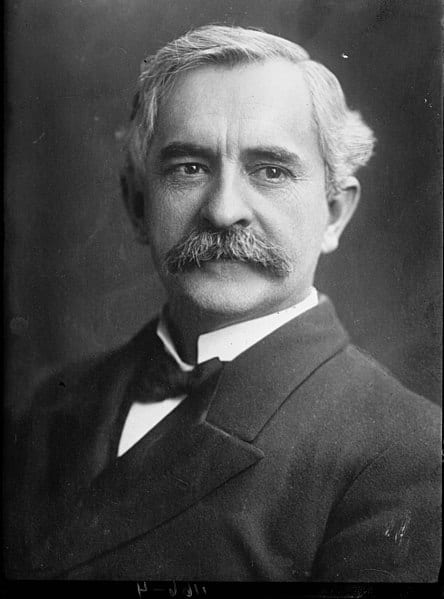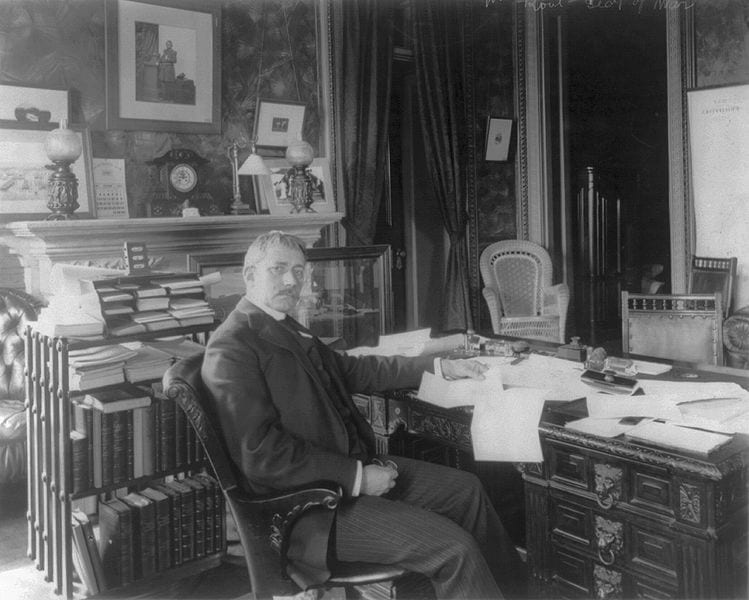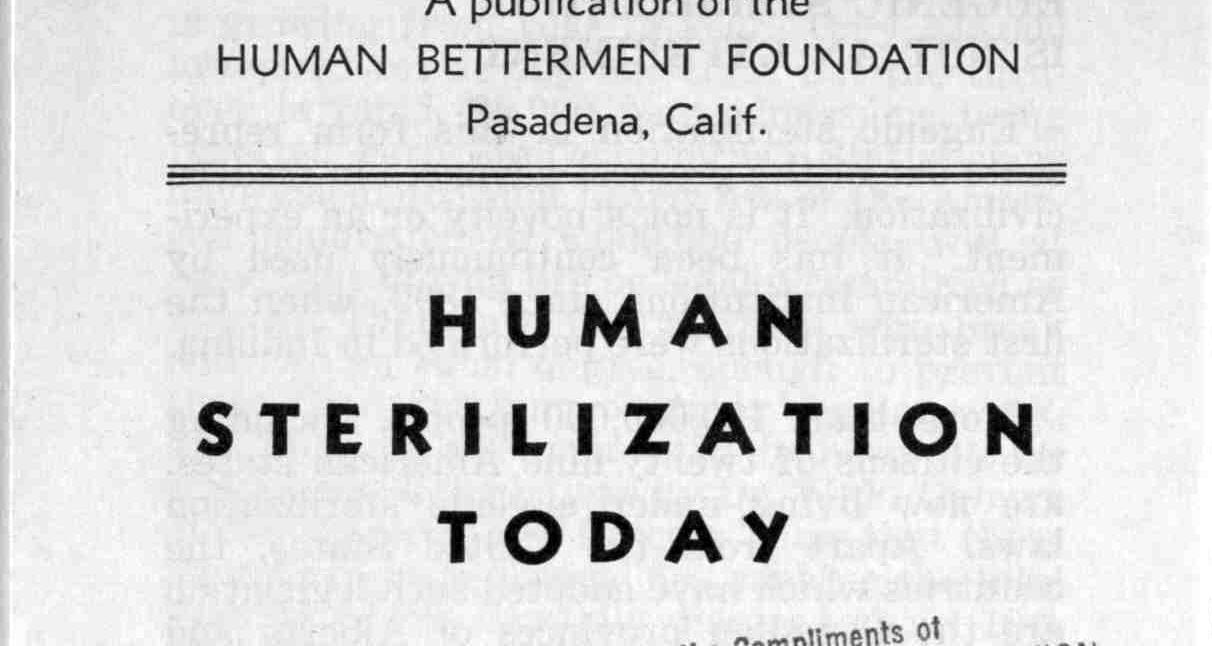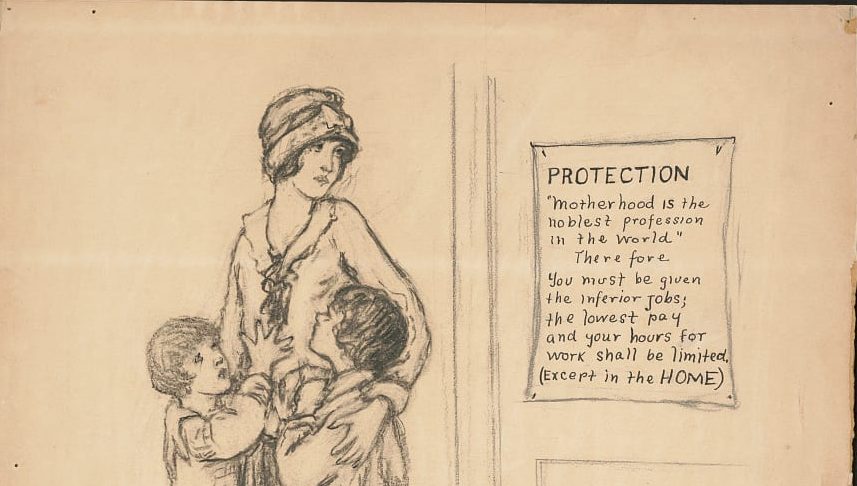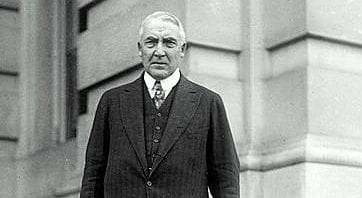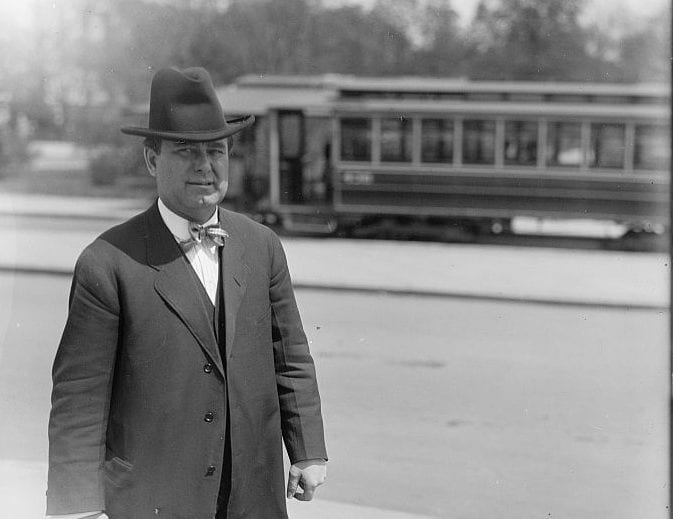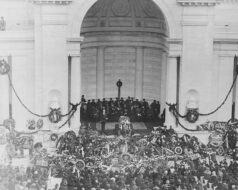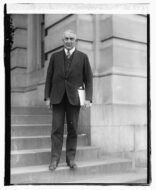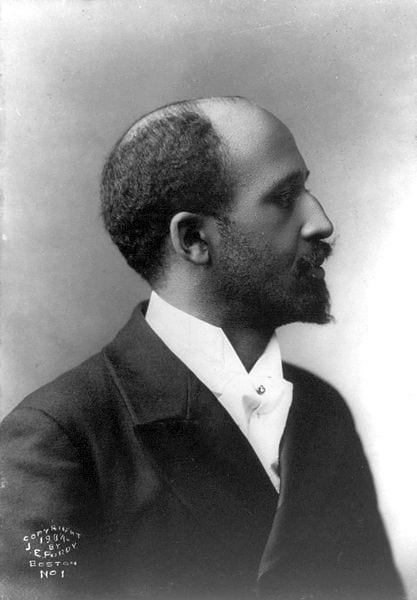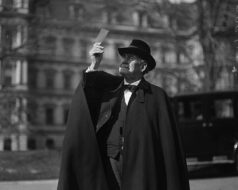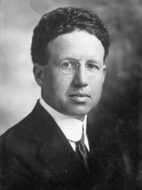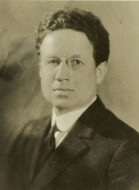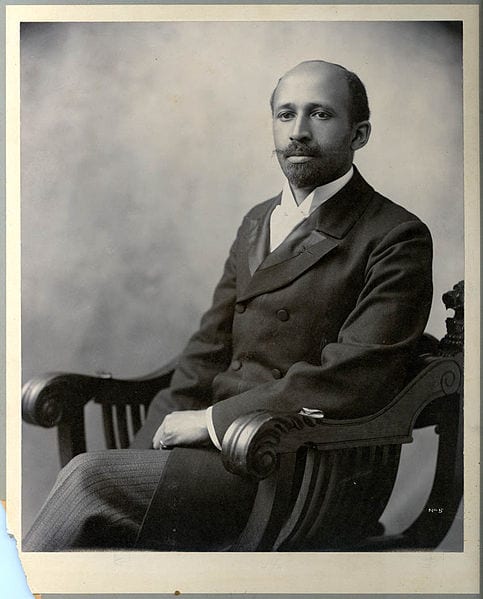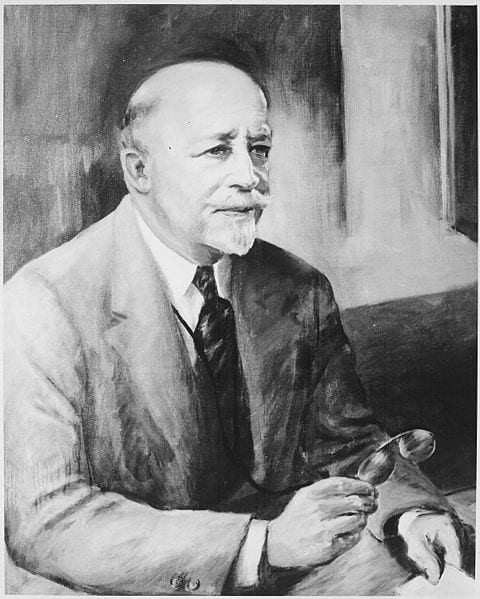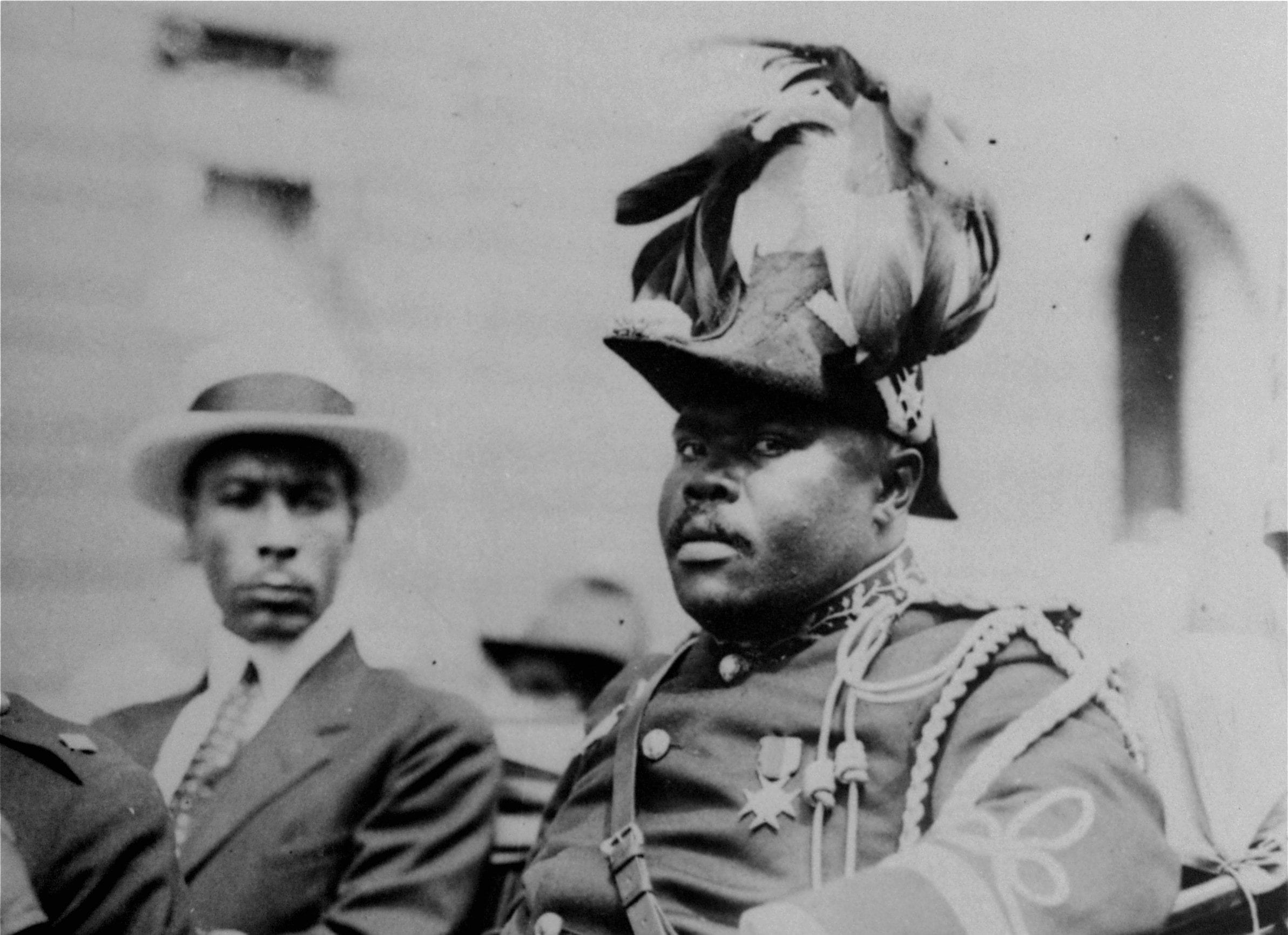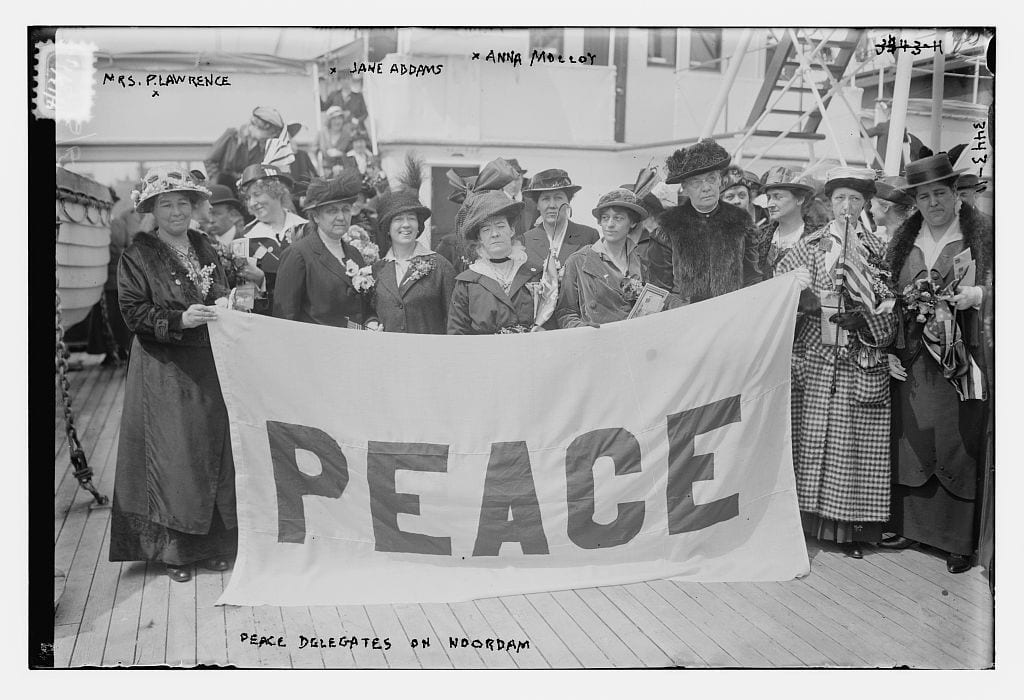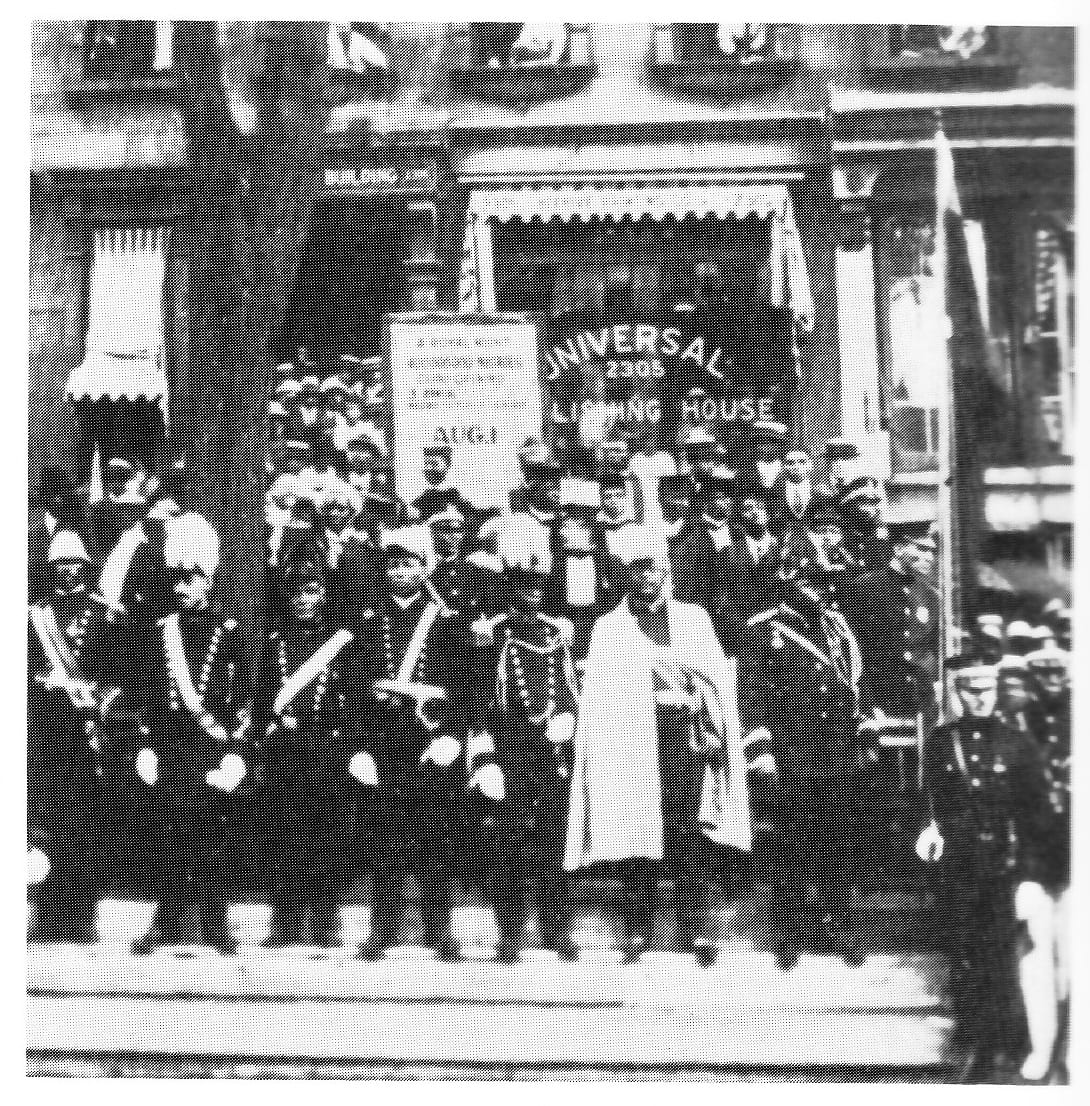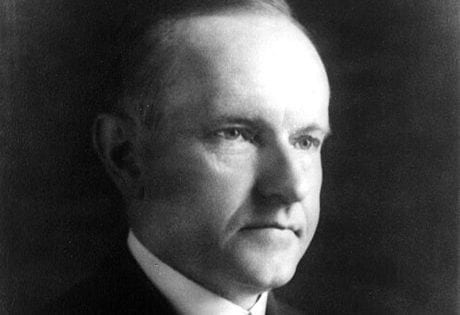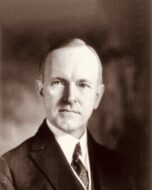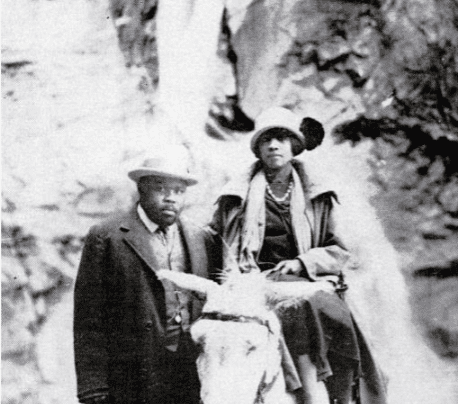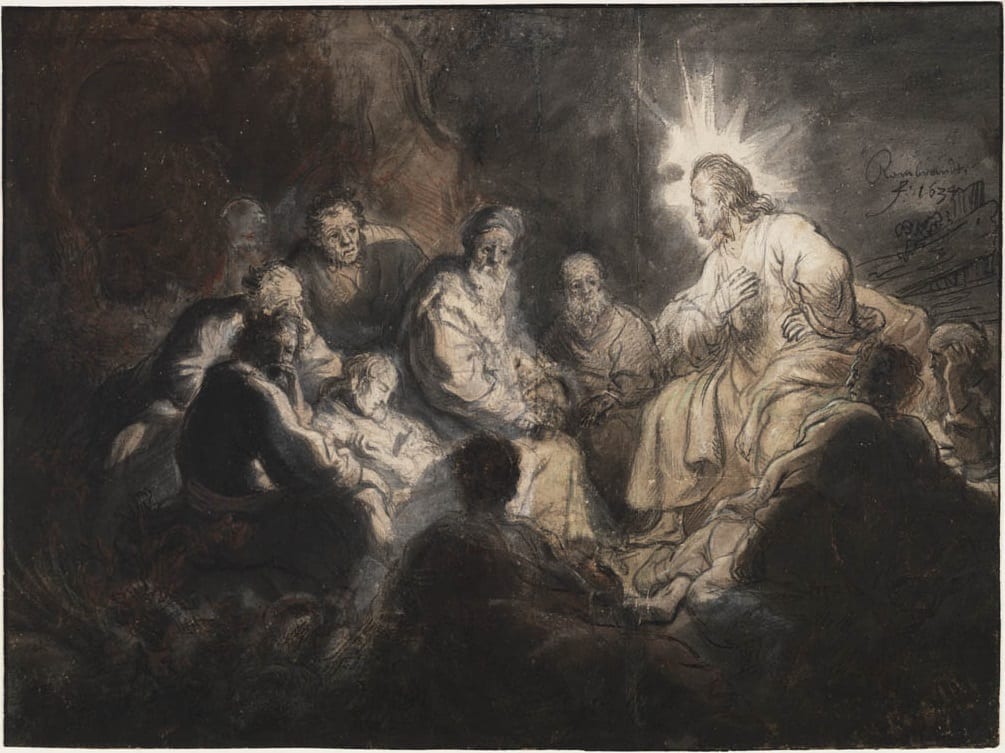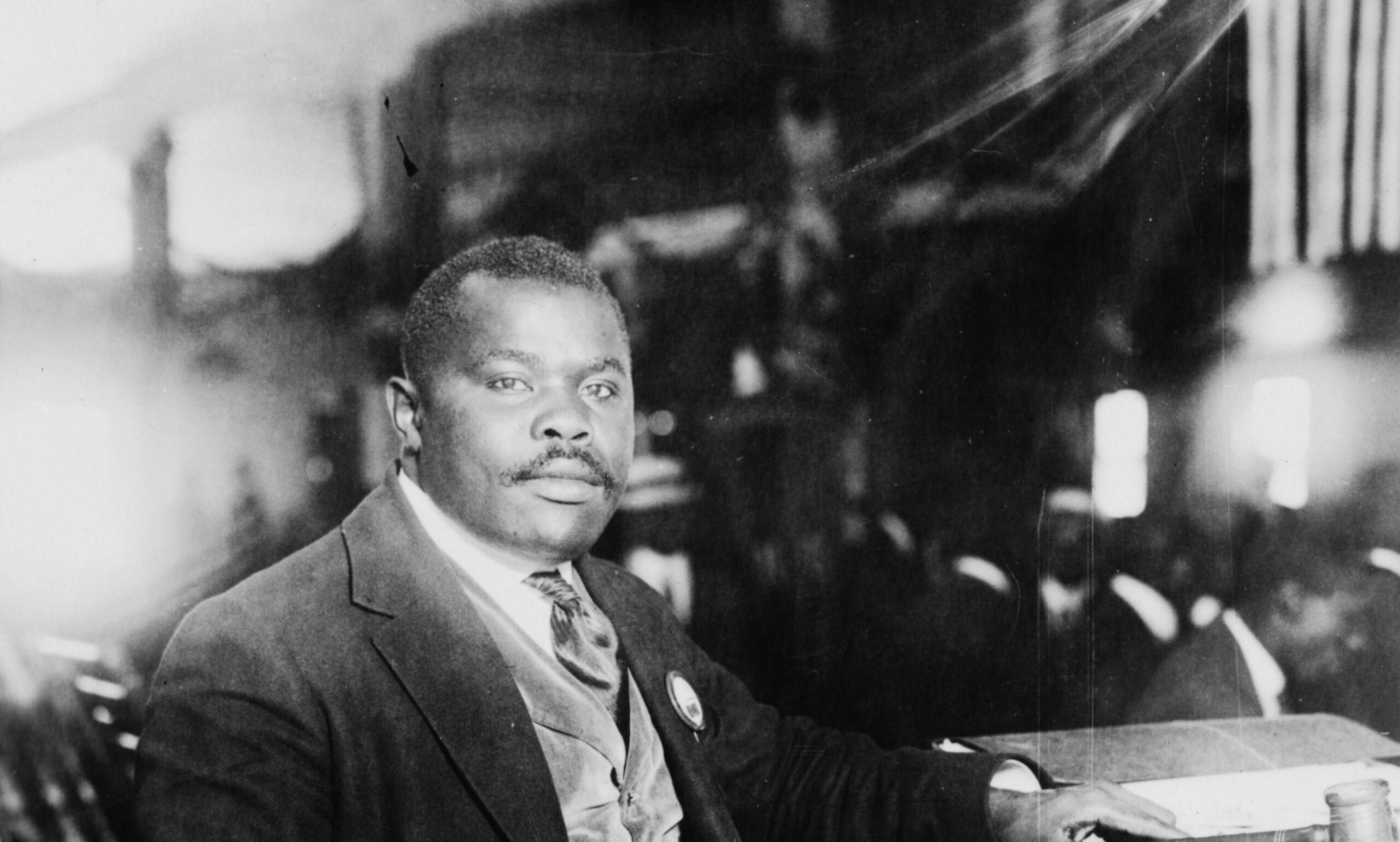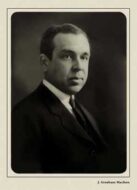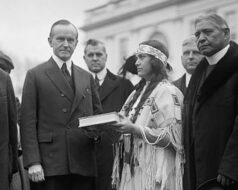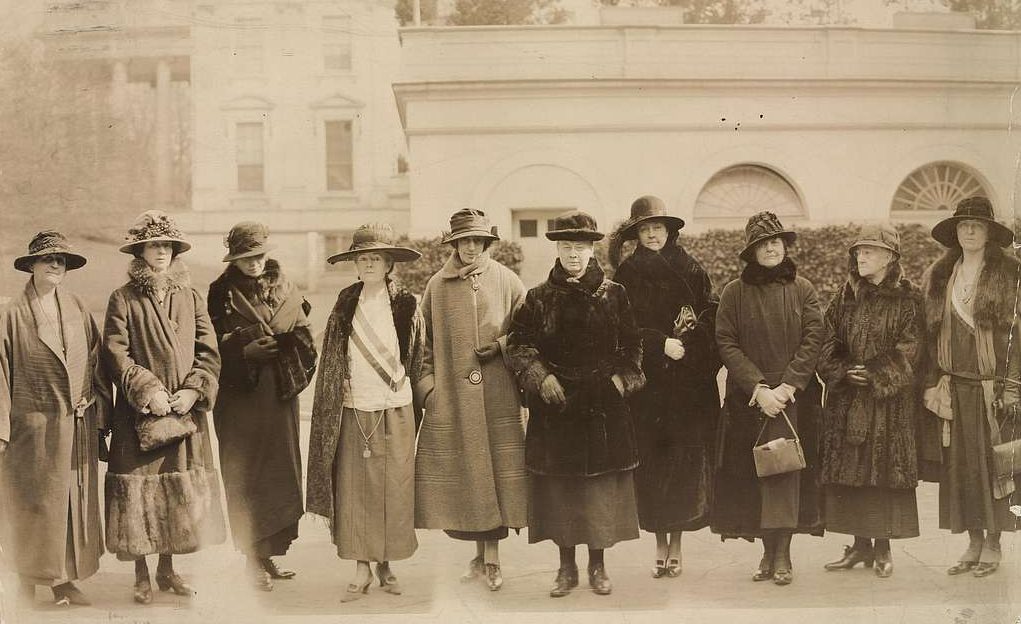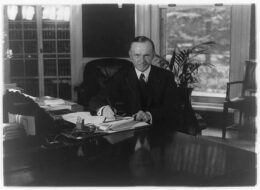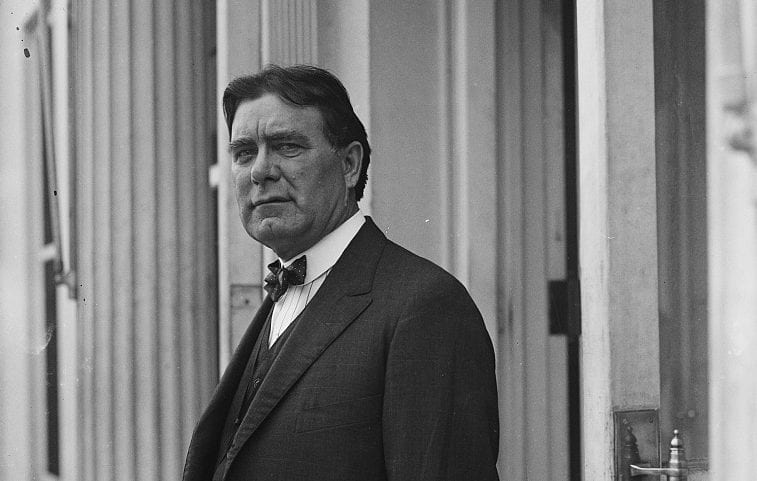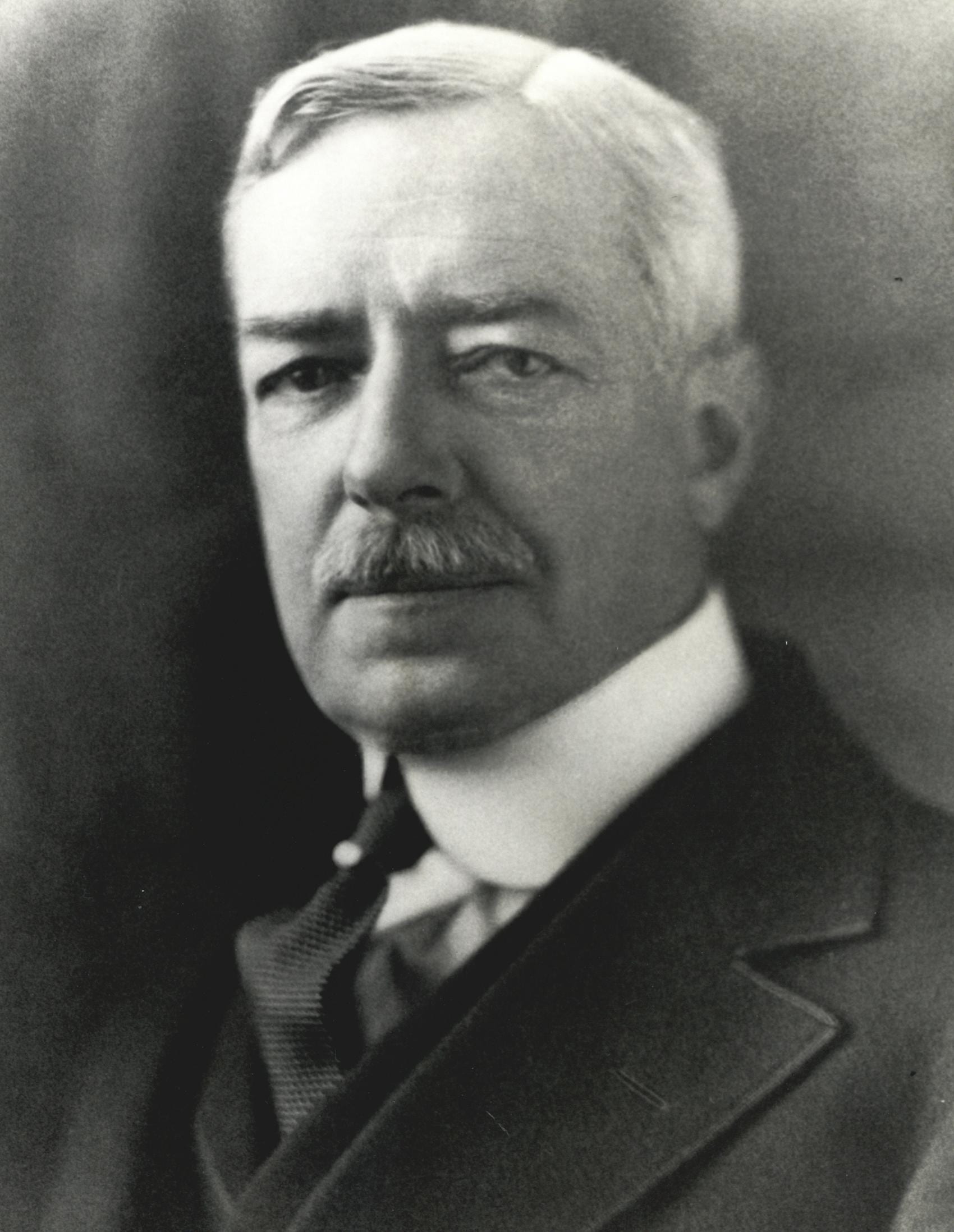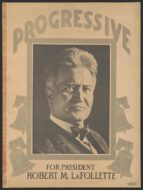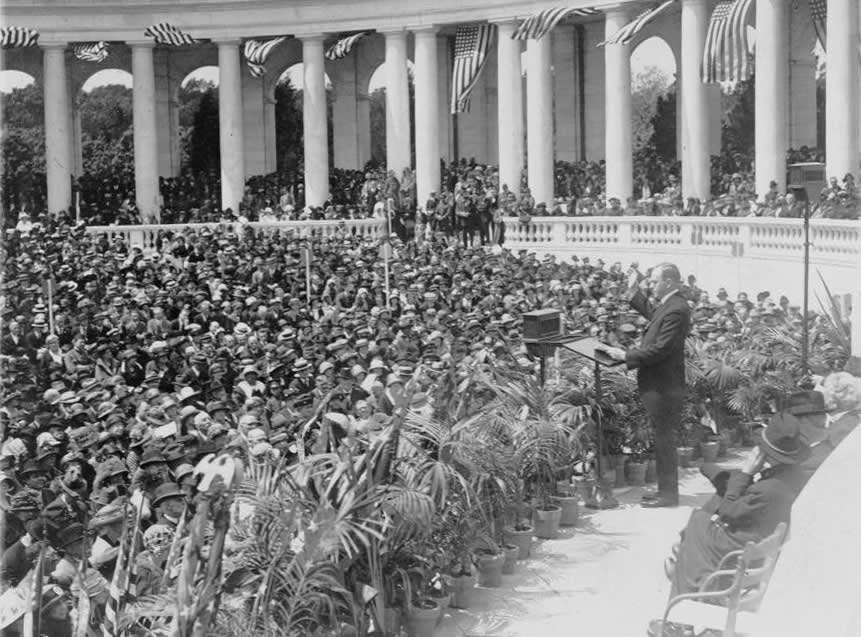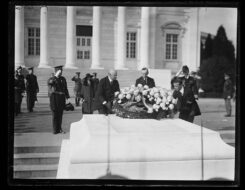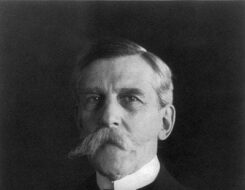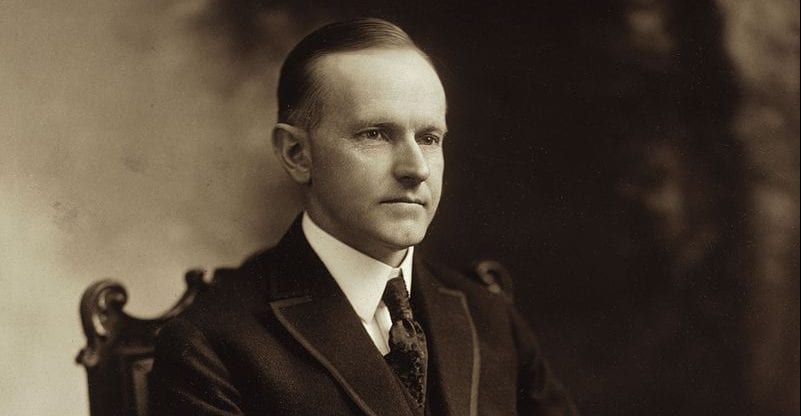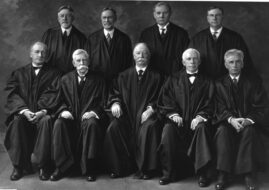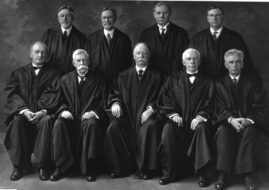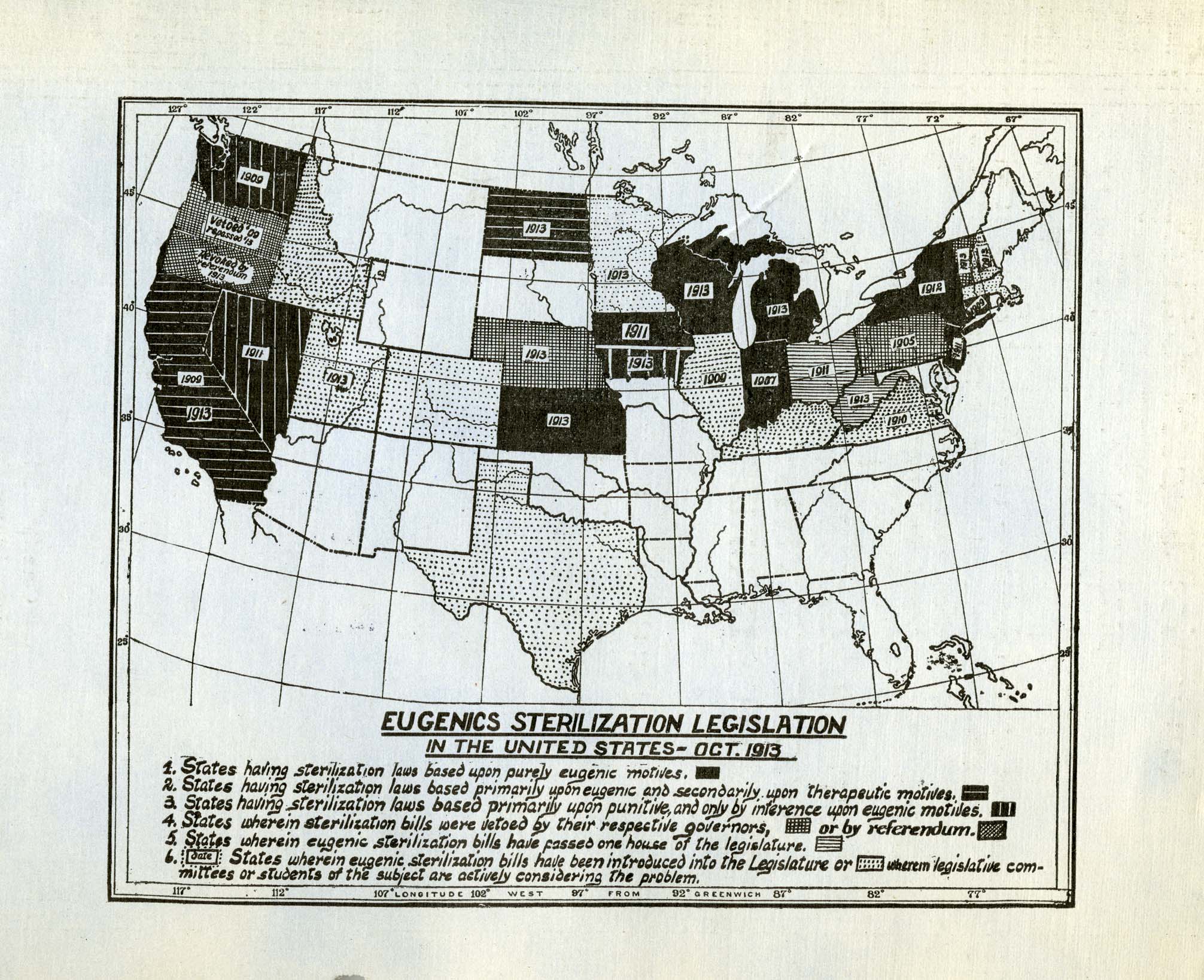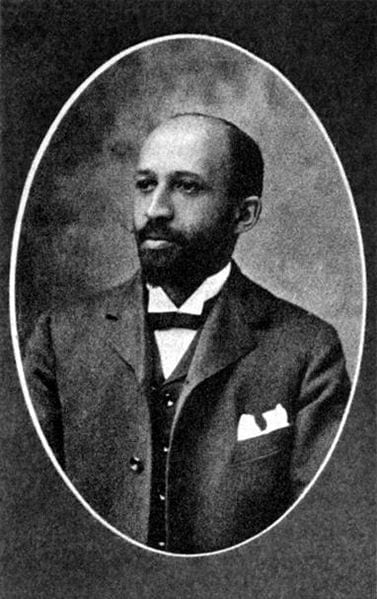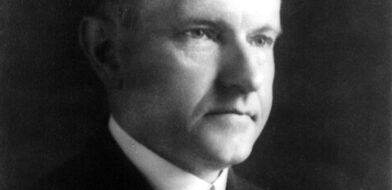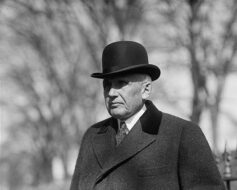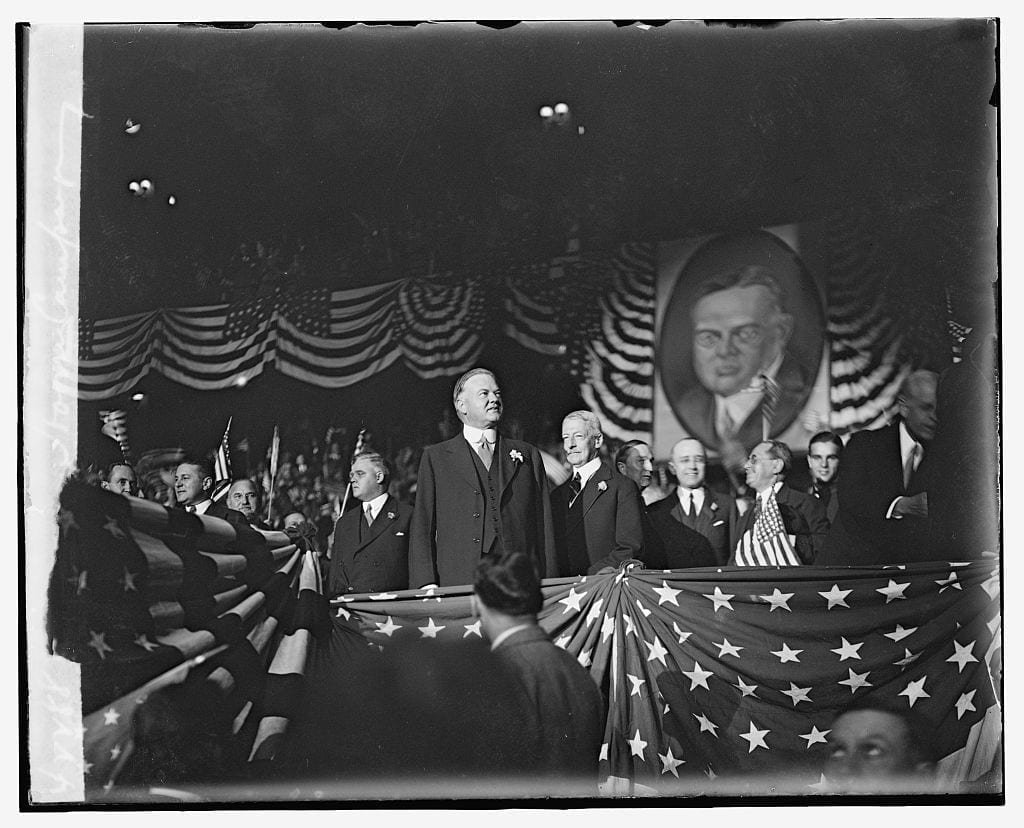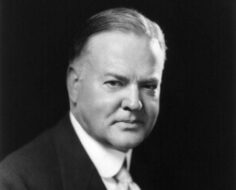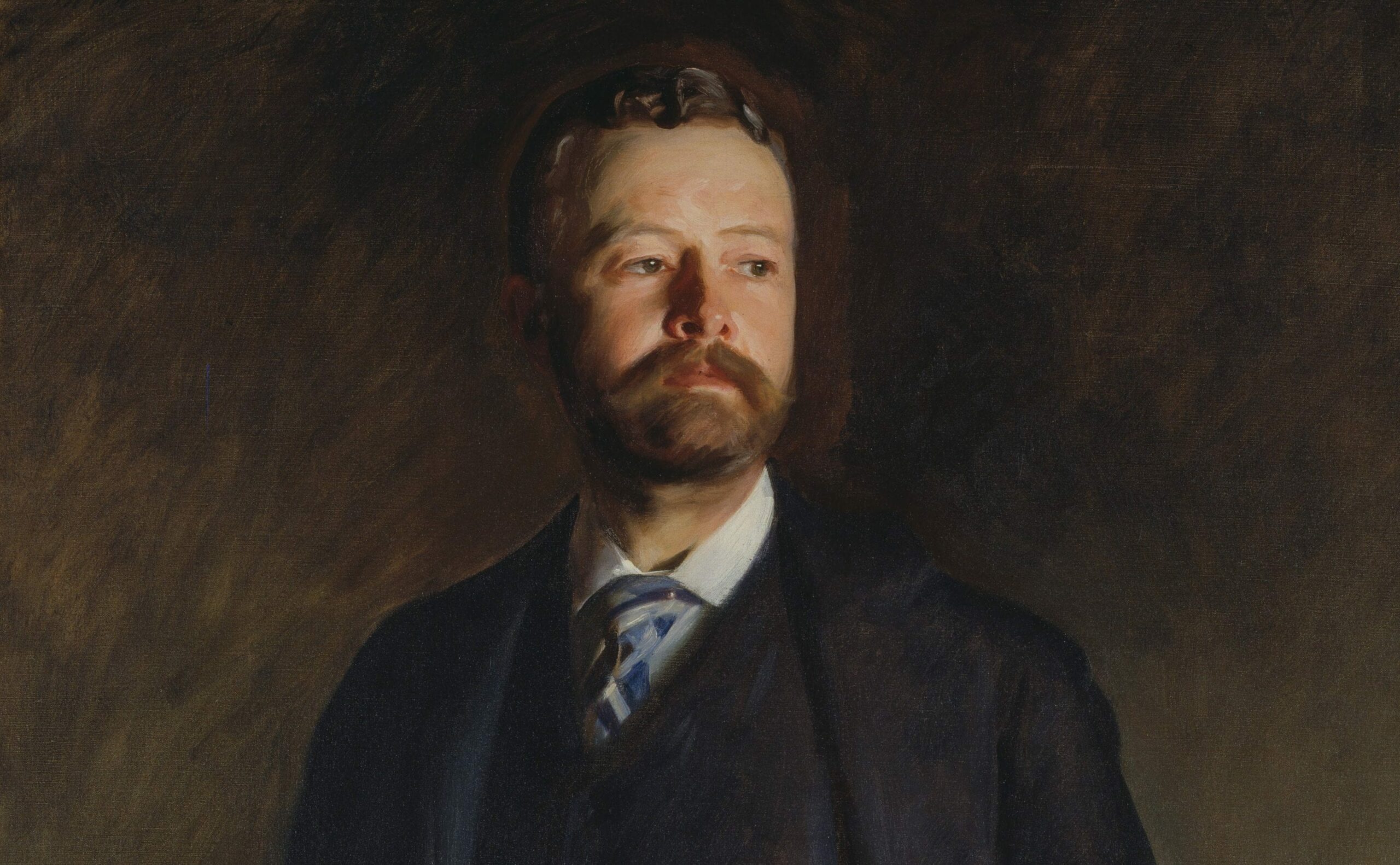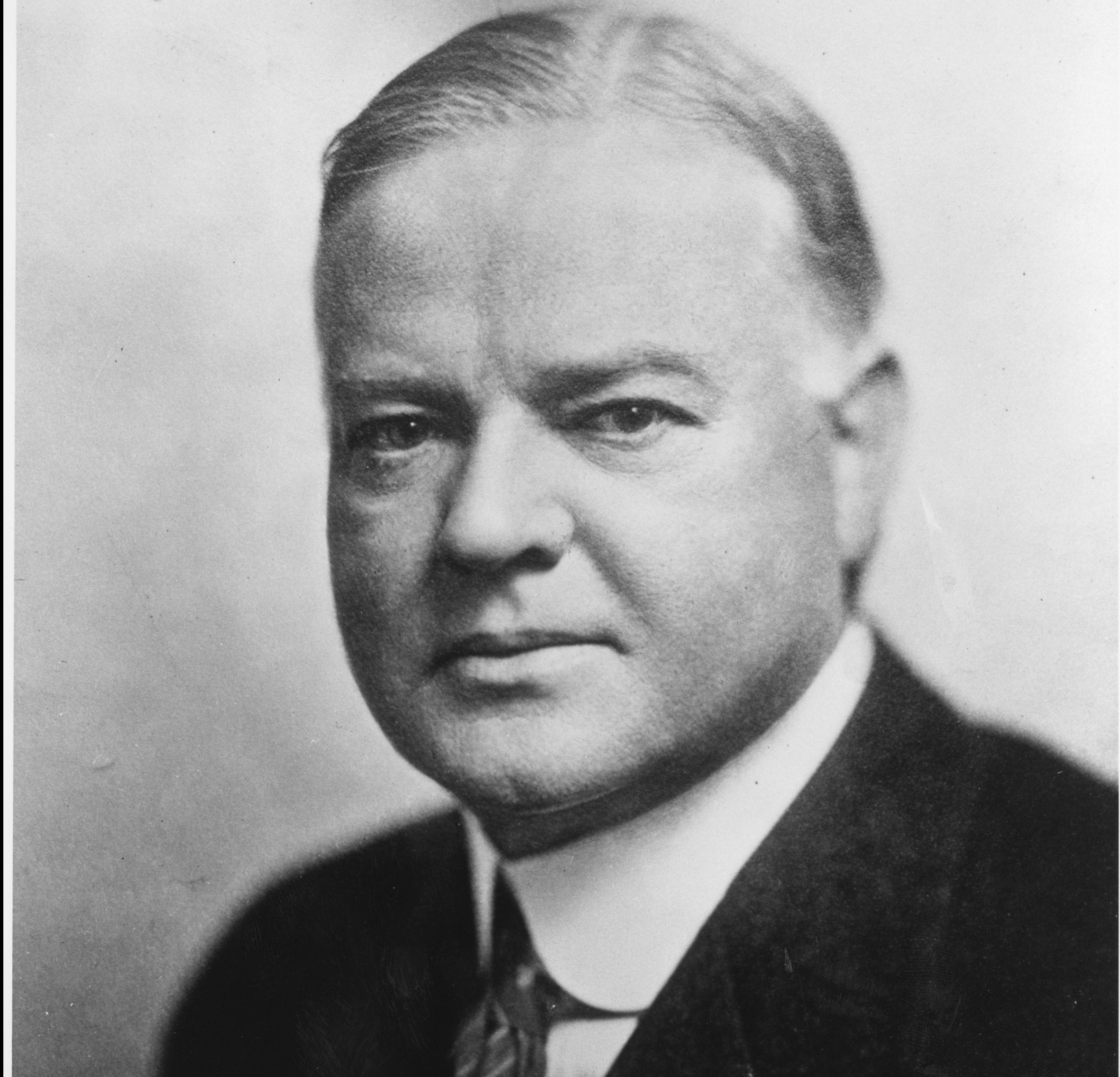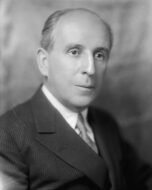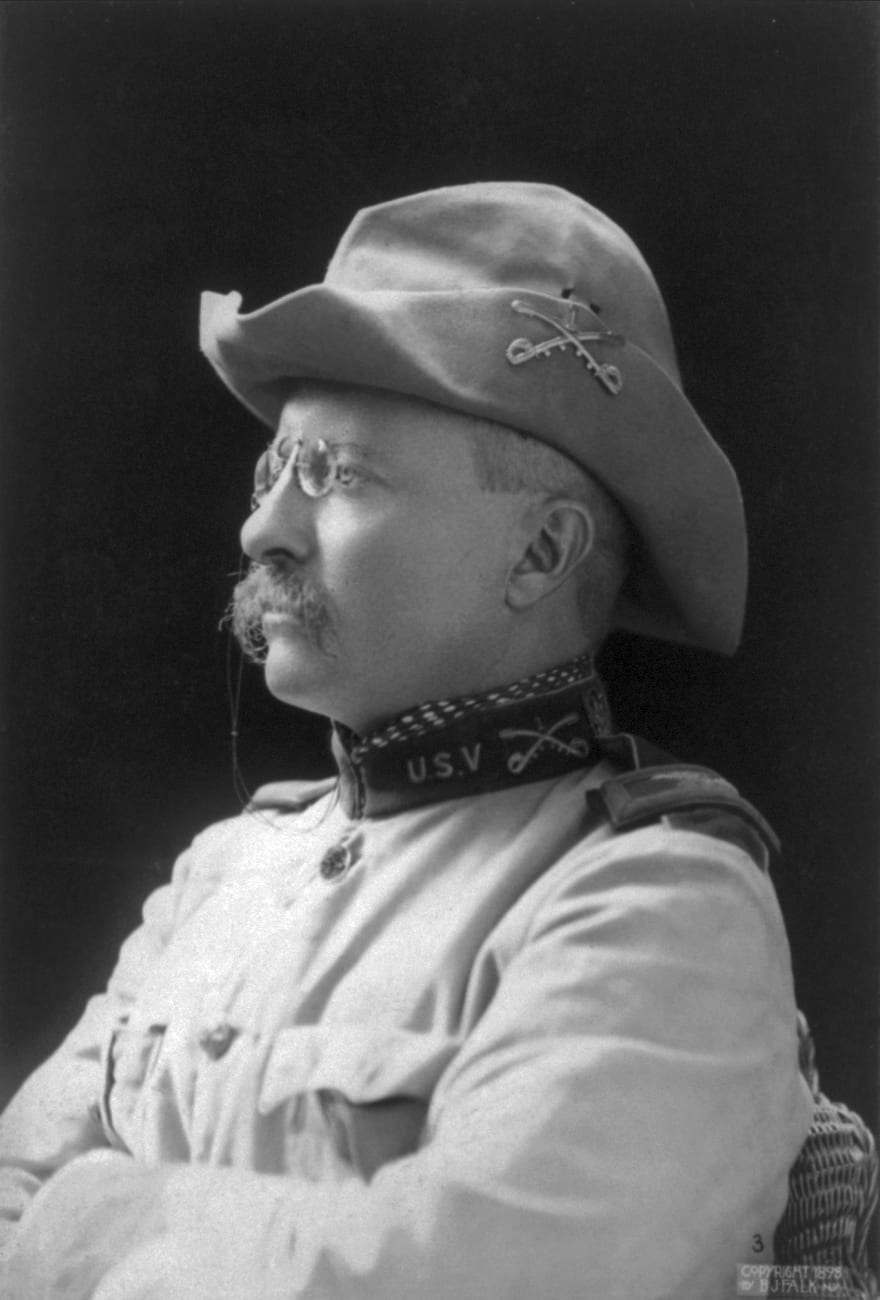

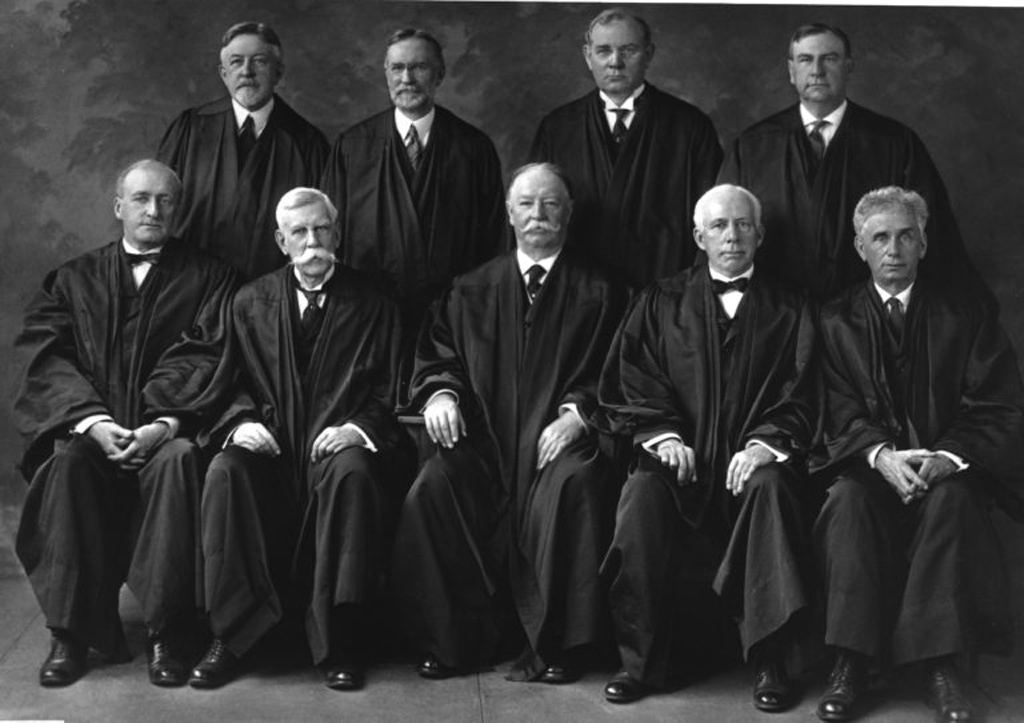
No related resources
Introduction
The Tenure of Office Act (State of the Union (1867)) lingered beyond the presidency of Andrew Johnson. It was modified in 1869 and then repealed in 1887. The issue had become entangled with control of patronage. In 1876, however, Congress passed a law requiring the Senate’s advice and consent for the removal of three classes of postmasters. President Woodrow Wilson violated this statute when he removed a Portland, Oregon postmaster, Fran Myers, before the end of his term. Myers sued in federal court to recover his lost salary, and the resulting Supreme Court opinion remains one of the fullest articulations of the position that the Constitution grants the removal power to the president.
In his full opinion of over seventy pages, Chief Justice William Howard Taft revisited the debates over the removal power in the first Congress to argue that the vote in fact endorsed Madison’s position that the Constitution itself gave the power to the president. Taft’s argument was joined by five other justices, and three justices dissented. Justice Oliver Wendell Holmes’s dissenting opinion is also included here. Holmes’s dissent focuses on the fact that the establishment and oversight of the post office (and thus, of the office of postmaster) is a responsibility of the legislative branch under Article I, Section 8. More broadly, because Congress can create and destroy the office, Holmes argues, Congress can determine who holds the power to remove.
Taft’s opinion represents the high-water mark for executive power on this question, as the Court would narrow the president’s power in less than ten years (Humphrey’s Executor v. U.S. (1935)).
Source: United States Reports. Volume 272, Cases Adjudged in the Supreme Court at October Term, 1926 (Washington, D.C.: Government Printing Office, 1927), 106,109–110,115–18, 177.
Mr. Chief Justice Taft delivered the opinion of the Court.
This case presents the question whether under the Constitution the President has the exclusive power of removing executive officers of the United States whom he has appointed by and with the advice and consent of the Senate. . . .
The question where the power of removal of executive officers appointed by the President by and with the advice and consent of the Senate was vested, was presented early in the first session of the First Congress. There is no express provision respecting removals in the Constitution except as Section 4 of Article II, above quoted, provides for removal from office by impeachment. The subject was not discussed in the Constitutional Convention. . . .
[Taft gives the history of a bill proposed by James Madison in the first Congress, establishing a Department of Foreign Affairs within the executive branch and allowing for its chief officer to be removable by the president.] The bill was discussed in the House at length and with great ability. The report of it in the Annals of Congress is extended. James Madison was then a leader in the House, as he had been in the Convention. His arguments in support of the President’s constitutional power of removal independently of Congressional provisions, and without the consent of the Senate, were masterly, and he carried the House.
It is convenient in the course of our discussion of this case to review the reasons advanced by Mr. Madison and his associates for their conclusion, supplementing them, so far as may be, by additional considerations which lead the Court to concur therein.
First. Mr. Madison insisted that Article II by vesting the executive power in the President was intended to grant to him the power of appointment and removal of executive officers except as thereafter expressly provided for in that Article. He pointed out that one of the chief purposes of the Convention was to separate the legislative from the executive functions. He said:
If there is a principle in our Constitution, indeed in any free Constitution, more sacred than another, it is that which separates the Legislative, Executive, and Judicial powers. If there is any point in which the separation of the Legislative and Executive powers ought to be maintained with great caution, it is that which relates to officers and offices. (1 Annals of Congress, 581.)
Their union under the Confederation had not worked well, as the members of the convention knew. Montesquieu’s view that the maintenance of independence as between the legislative, the executive, and the judicial branches was a security for the people had their full approval. (Madison in the Convention, 2 Farrand, Records of the Federal Convention, 56; Kendall v. United States, 12 Peters 524, 610.) Accordingly, the Constitution was so framed as to vest in the Congress all legislative powers therein granted, to vest in the President the executive power, and to vest in one Supreme Court and such inferior courts as Congress may establish, the judicial power. From this division on principle, the reasonable construction of the Constitution should be expounded to blend them no more than it affirmatively requires. (Madison, 1 Annals of Congress, 497.) This rule of construction has been confirmed by this Court in Meriwether v. Garrett, 102 U.S. 472, 515; Kilbourn v. Thompson, 103 U.S. 168, 190; Mugler v. Kansas, 123 U.S. 623, 662.
The debates in the Constitutional Convention indicated an intention to create a strong executive, and after a controversial discussion the executive power of the government was vested in one person and many of his important functions were specified so as to avoid the humiliating weakness of the Congress during the Revolution and under the Articles of Confederation. (1 Farrand, 66-97.)
Mr. Madison and his associates in the discussion in the House dwelt at length upon the necessity there was for construing Article II to give the President the sole power of removal in his responsibility for the conduct of the executive branch, and enforced this by emphasizing his duty expressly declared in the third section of the Article to “take care that the laws be faithfully executed.” (Madison, 1 Annals of Congress, 496, 497.)
The vesting of the executive power in the President was essentially a grant of the power to execute laws. But the President alone and unaided could not execute the laws. He must execute them by the assistance of subordinates. This view has since been repeatedly affirmed by this Court. (Wilcox v. Jackson 13 Peters 498, 513; United States v. Eliason, 16 Peters 291, 302; Williams v. United States, 1 How 290, 297; Cunningham v. Neagle, 135 U.S. 1, 63; Russell Co. v. United States, 261 U.S. 514, 523.) As he is charged specifically to take care that they be faithfully executed, the reasonable implication, even in the absence of express words, was that as part of his executive power he should select those who were to act for him under his direction in the execution of the laws. The further implication must be, in the absence of any express limitation respecting removals, that as his selection of administrative officers is essential to the execution of the laws by him, so must be his power of removing those for whom he cannot continue to be responsible. (Fisher Ames, 1 Annals of Congress, 474.) It was urged that the natural meaning of the term “executive power” granted the President included the appointment and removal of subordinate authorities. If such appointments and removals were not an exercise of the executive power, what were they? They certainly were not the exercise of legislative or judicial power in government as usually understood.
It is quite true that, in state and colonial governments at the time of the Constitutional Convention, power to make appointments and removals had sometimes been lodged in the legislatures of the courts, but such a disposition of it was really vesting part of the executive power in another branch of government. In the British system, the Crown, which was the executive, had the power of appointment and removal of executive officers, and it was natural, therefore, for those who framed our Constitution to regard the words “executive power” as including both. (Ex Parte Grossman, 267 U.S. 87, 110.) Unlike the power of conquest of the British Crown, considered and rejected as a precedent for us in Fleming v. Page (9 How. 603, 618), the association of removal with appointments of executive officers is not incompatible with our republican form of government.
The requirements of the second section of Article II that the Senate should advise and consent to the Presidential appointments, was to be strictly construed. The words of section 2, following the general grant of executive power under section 1, were either an enumeration and emphasis of specific functions of the executive, not all inclusive, or were limitations upon the general grant of the executive power, and as such, being limitations, should not be enlarged beyond the words used. (Madison, 1 Annals, 462, 463, 464.) The executive power was given in general terms, strengthened by specific terms where emphasis was regarded as appropriate, and was limited by direct expressions where limitation was needed, and the fact that no express limit was placed on the power of removal by the executive was convincing indication that none was intended. This is the same construction of Article II as that of Alexander Hamilton.[1] . . .
Mr. Justice Homes, dissenting.
My brothers McReynolds and Brandeis have discussed the question before us with exhaustive research and I say a few words merely to emphasize my agreement with their conclusion.
The arguments drawn from the executive power of the President, and from his duty to appoint officers of the United States (when Congress does not vest the appointment elsewhere), to take care that the laws be faithfully executed, and to commission all officers of the United States, seem to me spider’s webs inadequate to control the dominant facts.
We have to deal with an office that owes its existence to Congress and that Congress may abolish tomorrow. Its duration and the pay attached to it while it lasts depend on Congress alone. Congress alone confers on the President the power to appoint to it and at any time may transfer the power to other hands. With such power over its own creation, I have no more trouble in believing that Congress has power to prescribe a term of life for it free from any interference than I have in accepting the undoubted power of Congress to decree its end. I have equally little trouble in accepting its power to prolong the term of an incumbent until Congress or the Senate shall have assented to his removal. The duty of the President to see that the laws be executed is a duty that does not go beyond the laws or require him to achieve more than Congress sees fit to leave within his power.
- 1. See Hamilton’s argument as Pacificus (Document 4) regarding the Vesting Clause of Article II.
Buck v. Bell
May 02, 1927
Conversation-based seminars for collegial PD, one-day and multi-day seminars, graduate credit seminars (MA degree), online and in-person.
